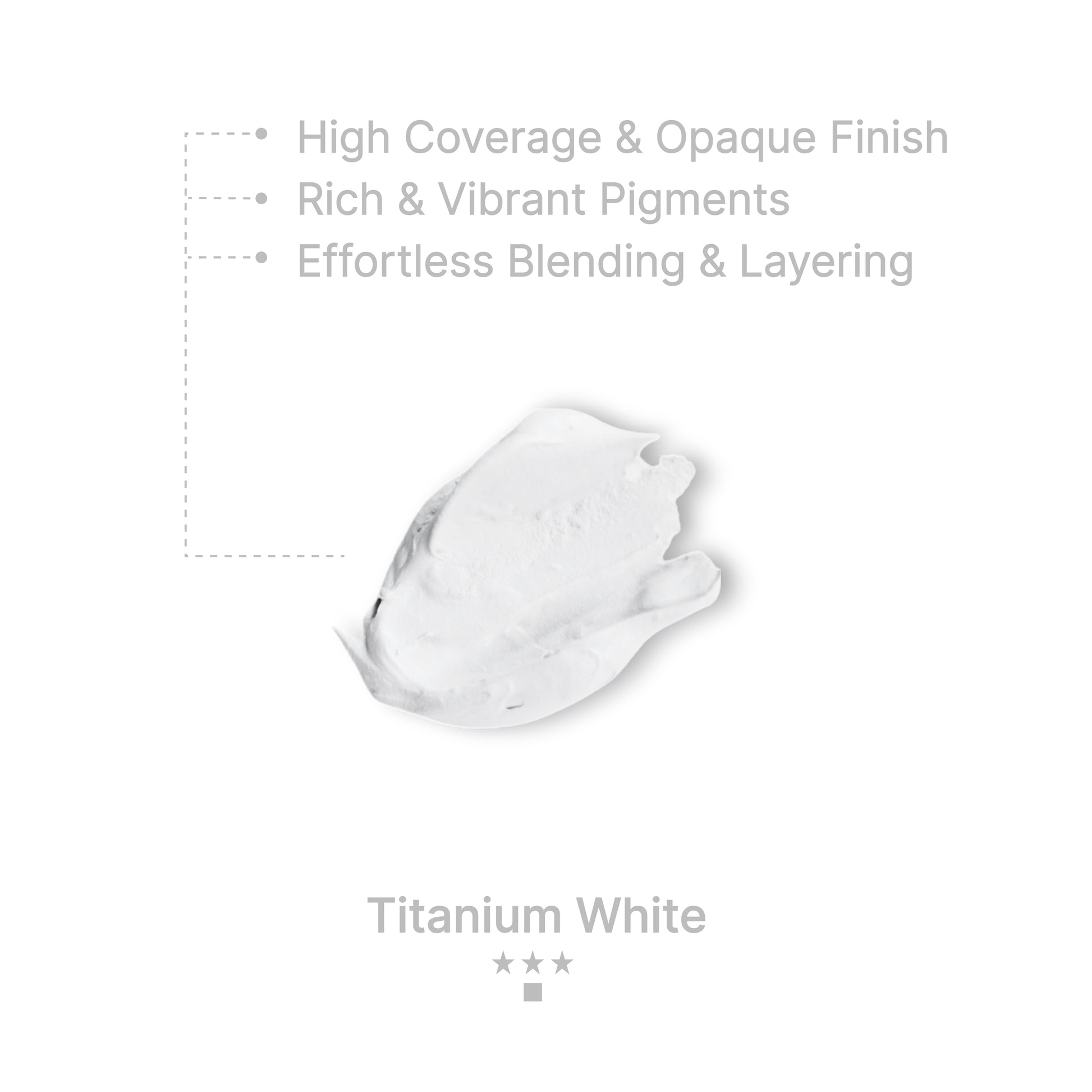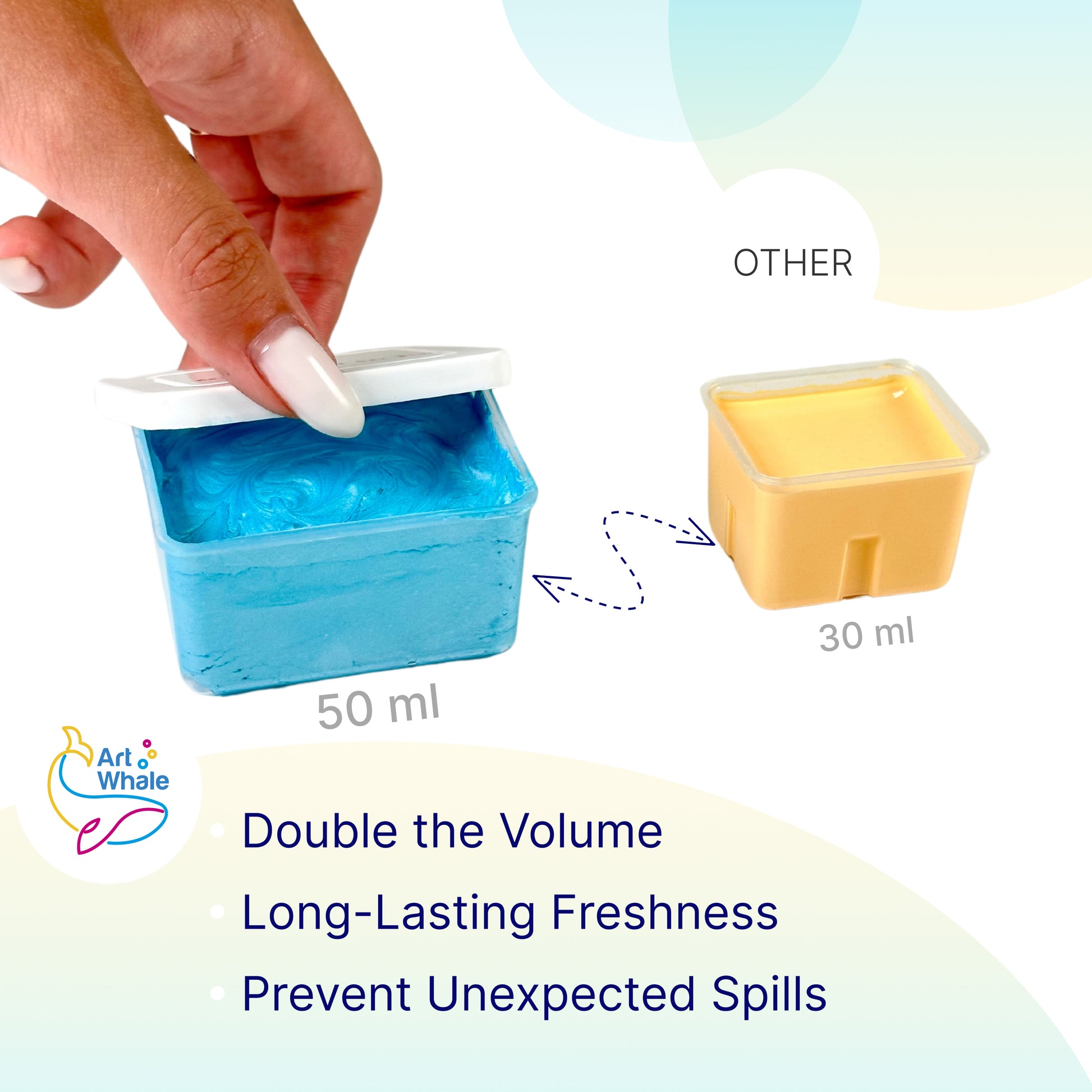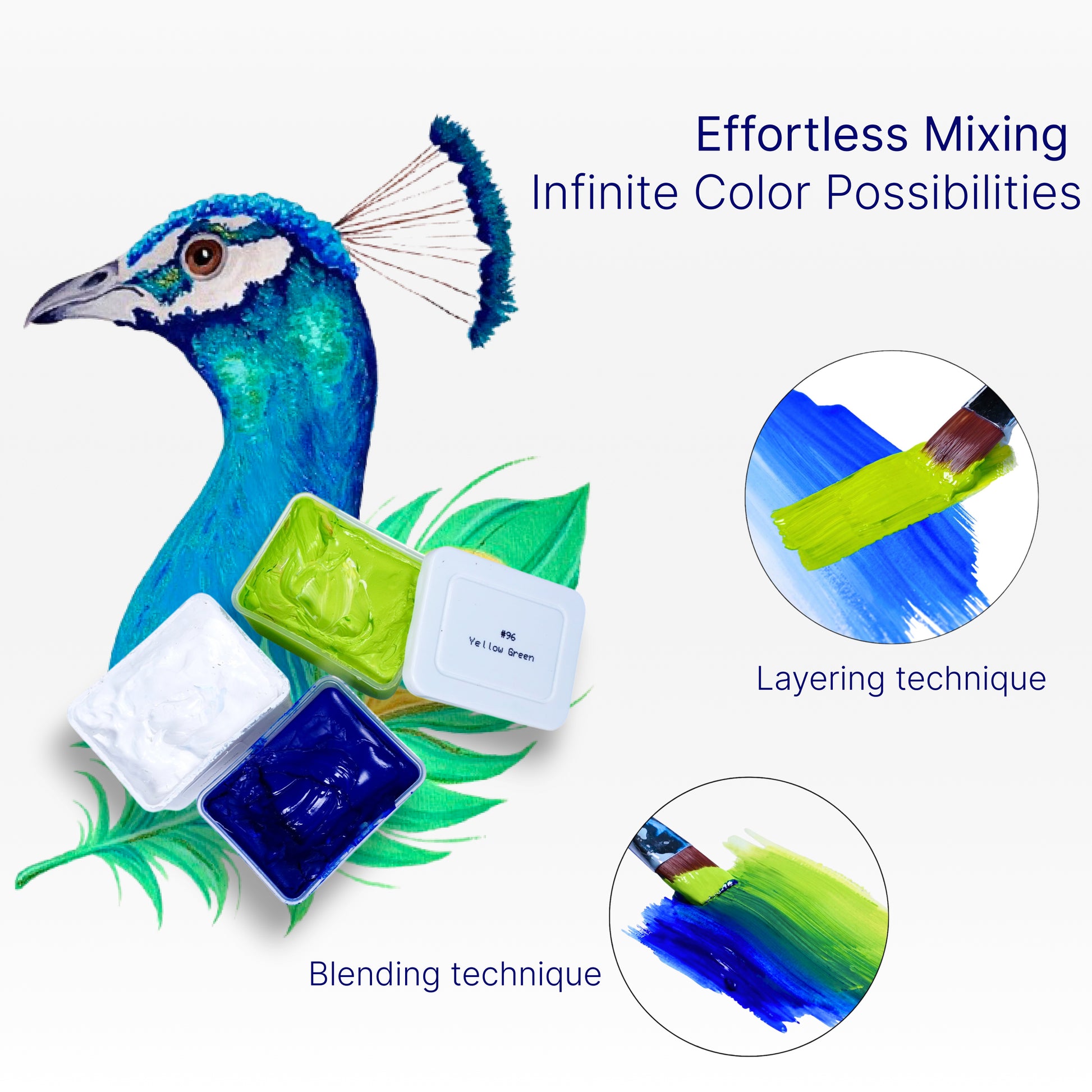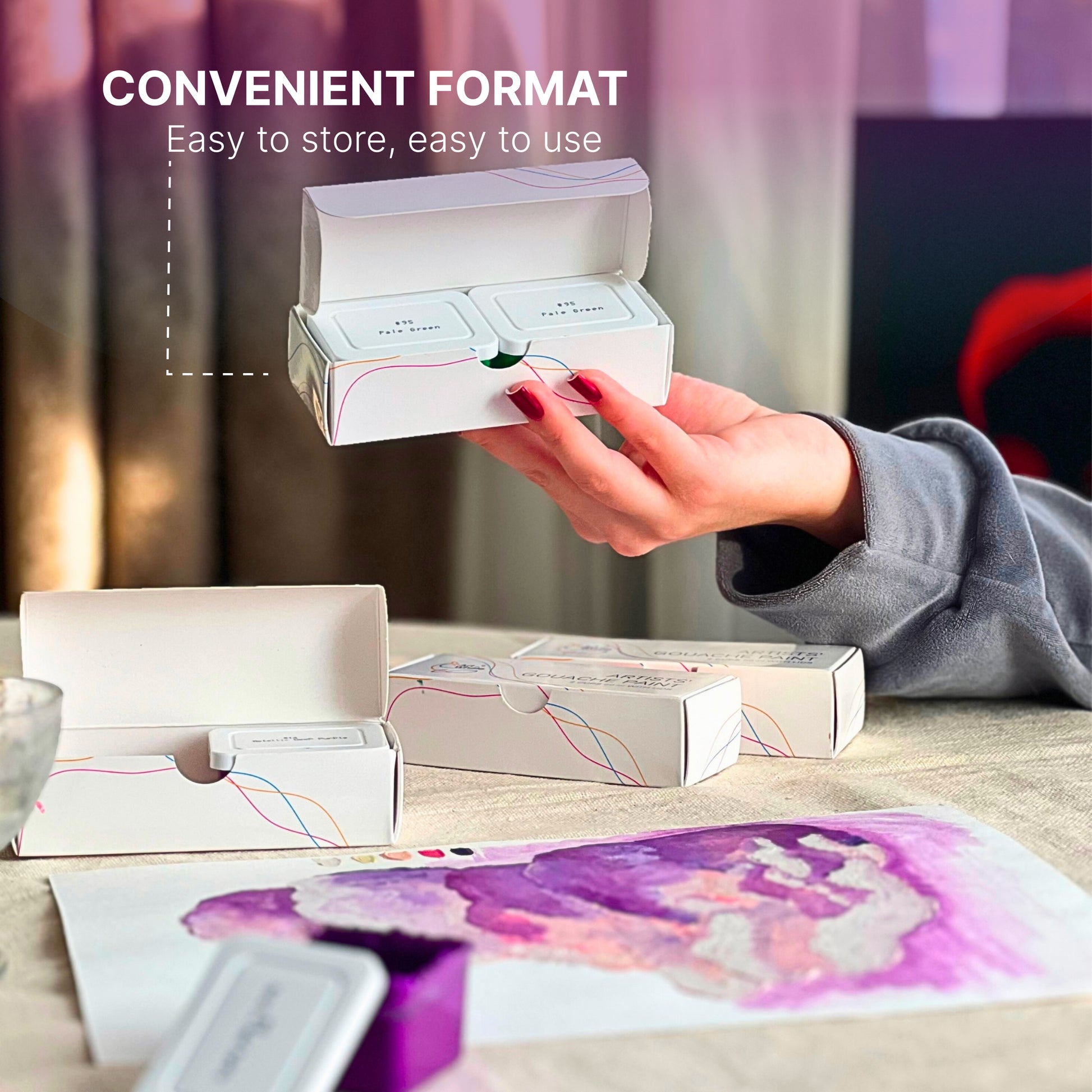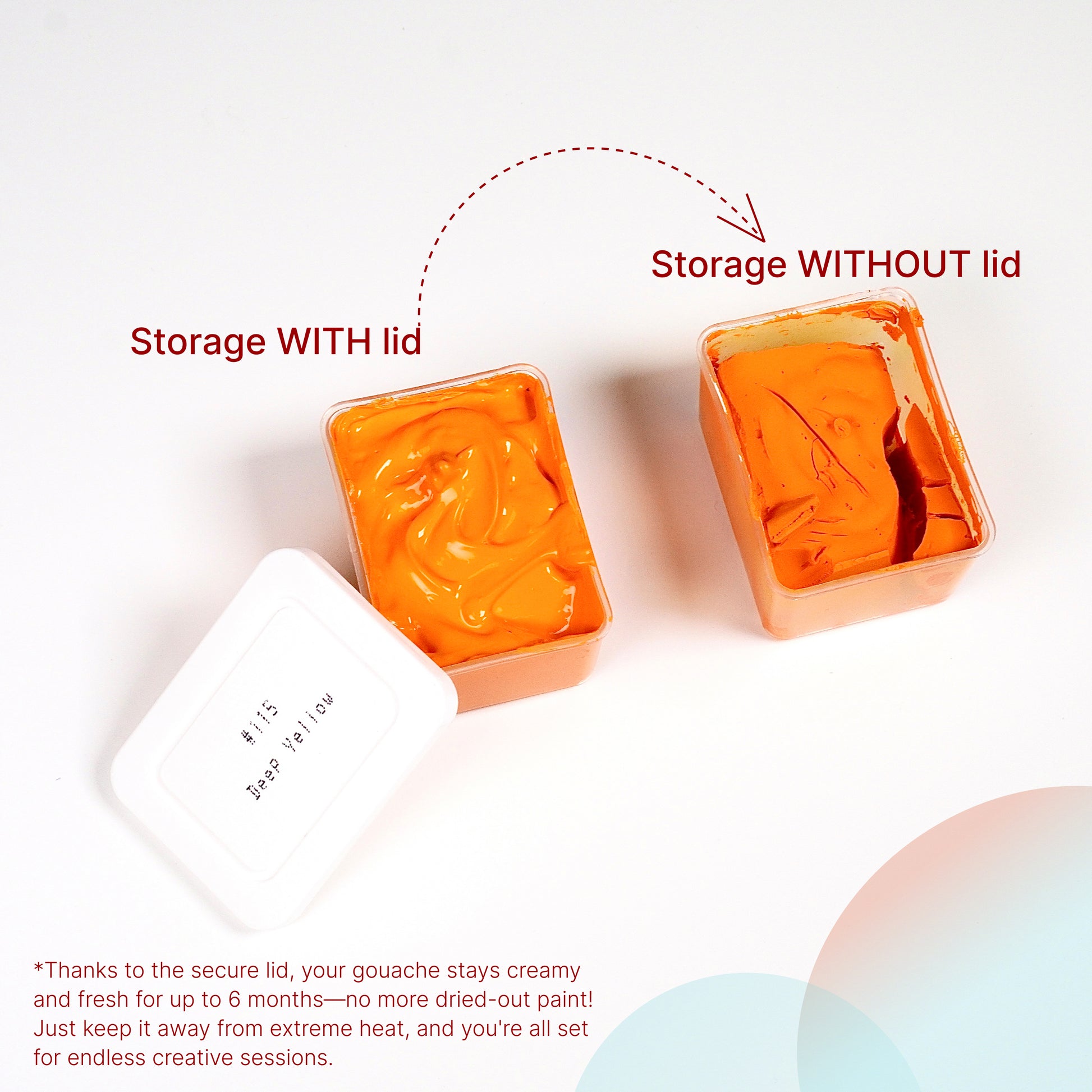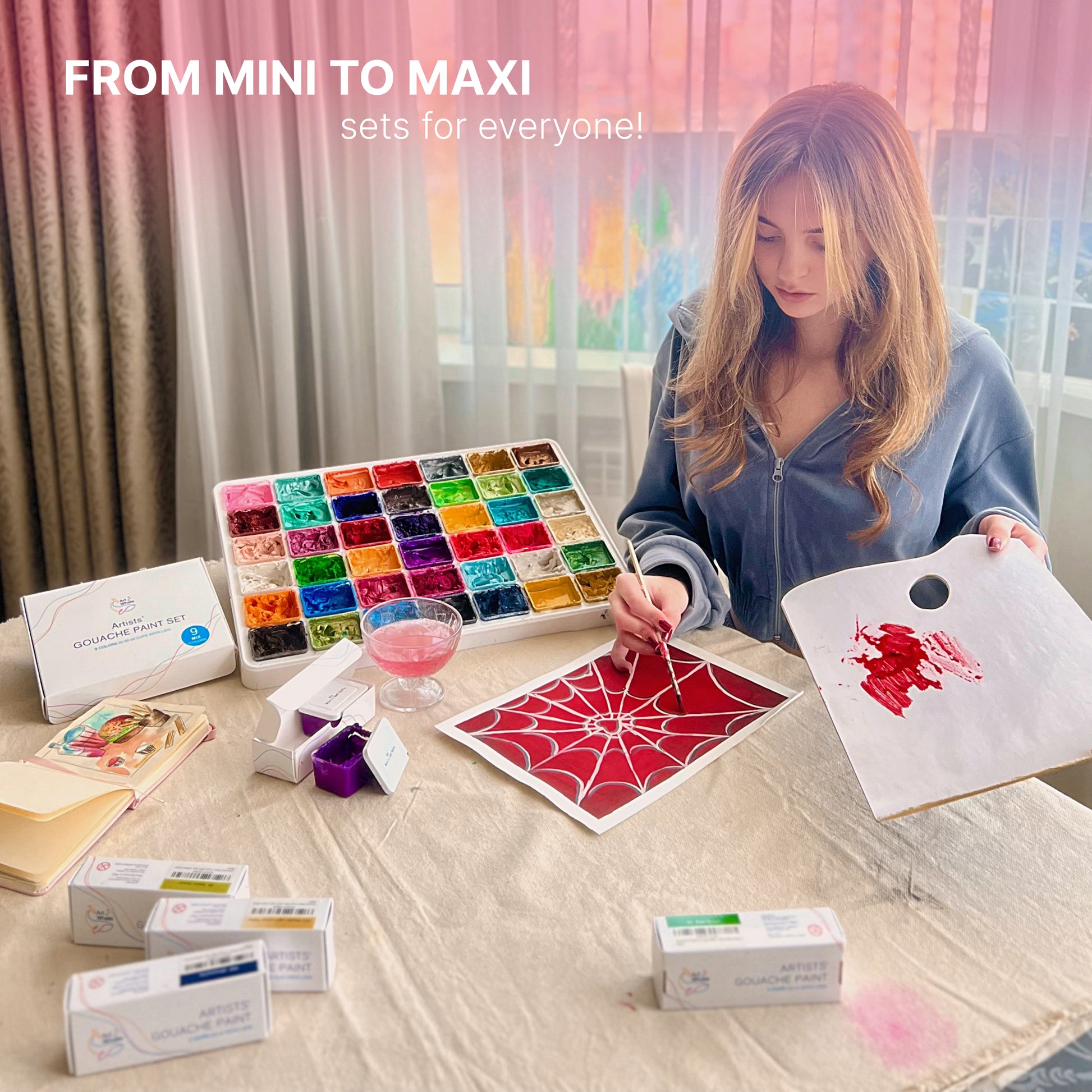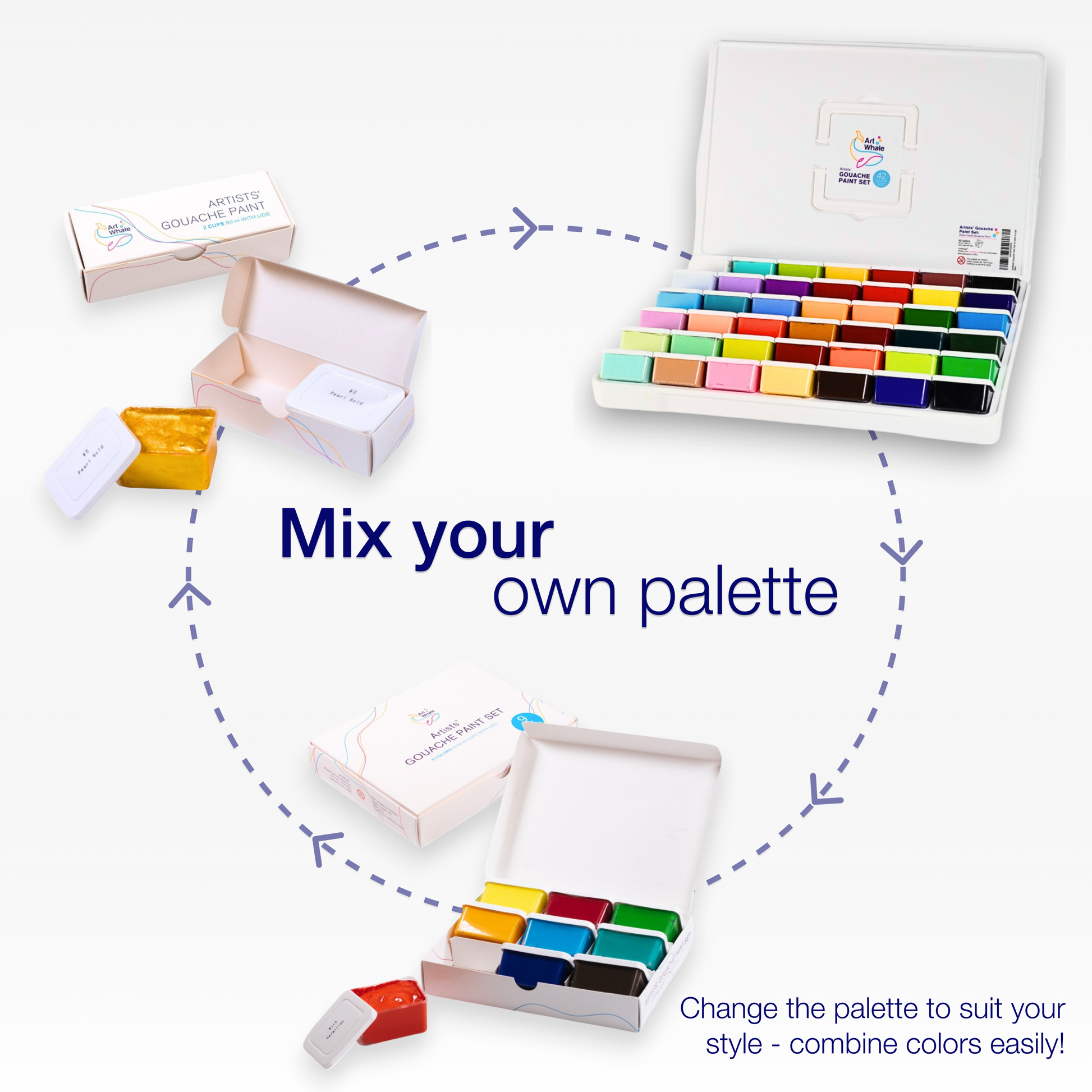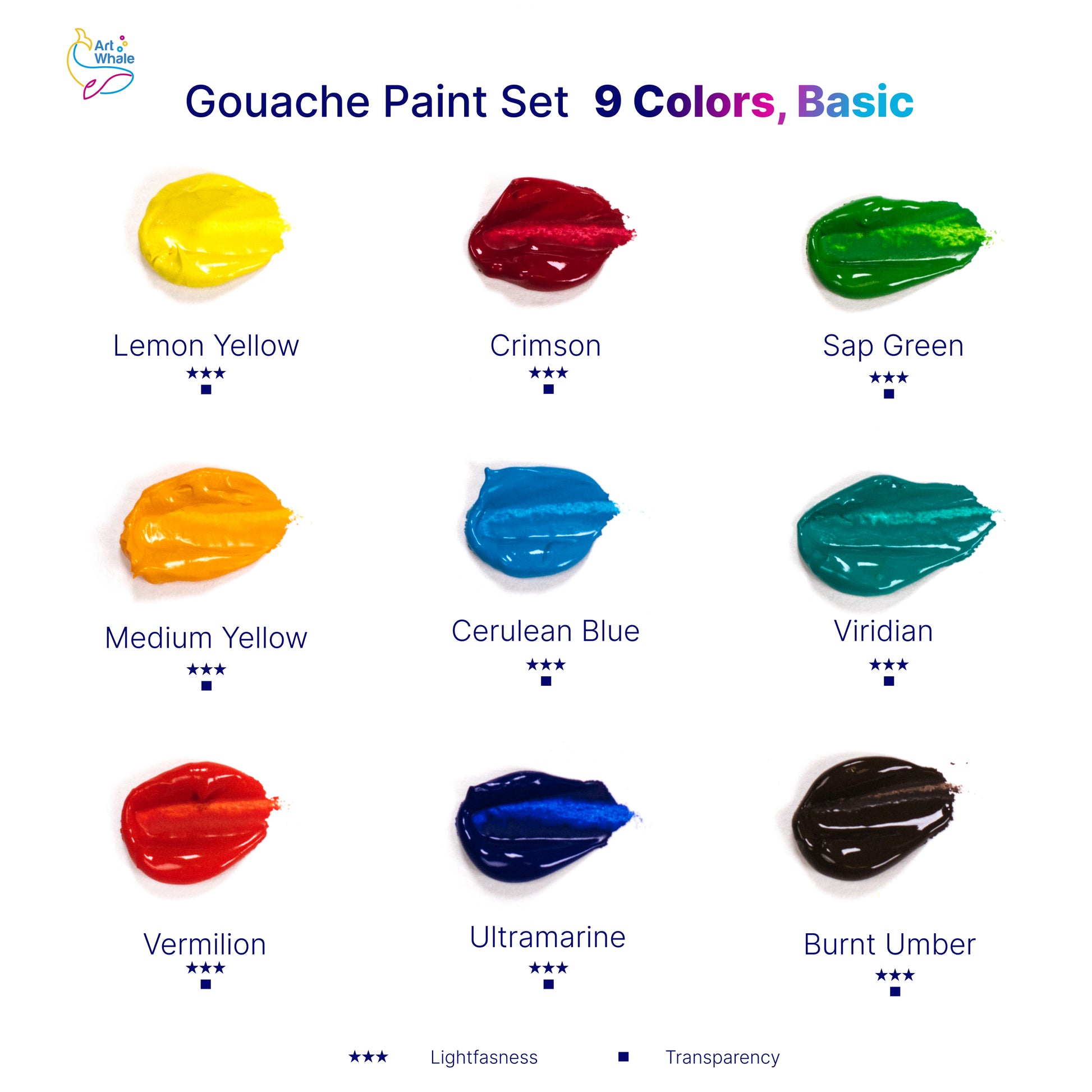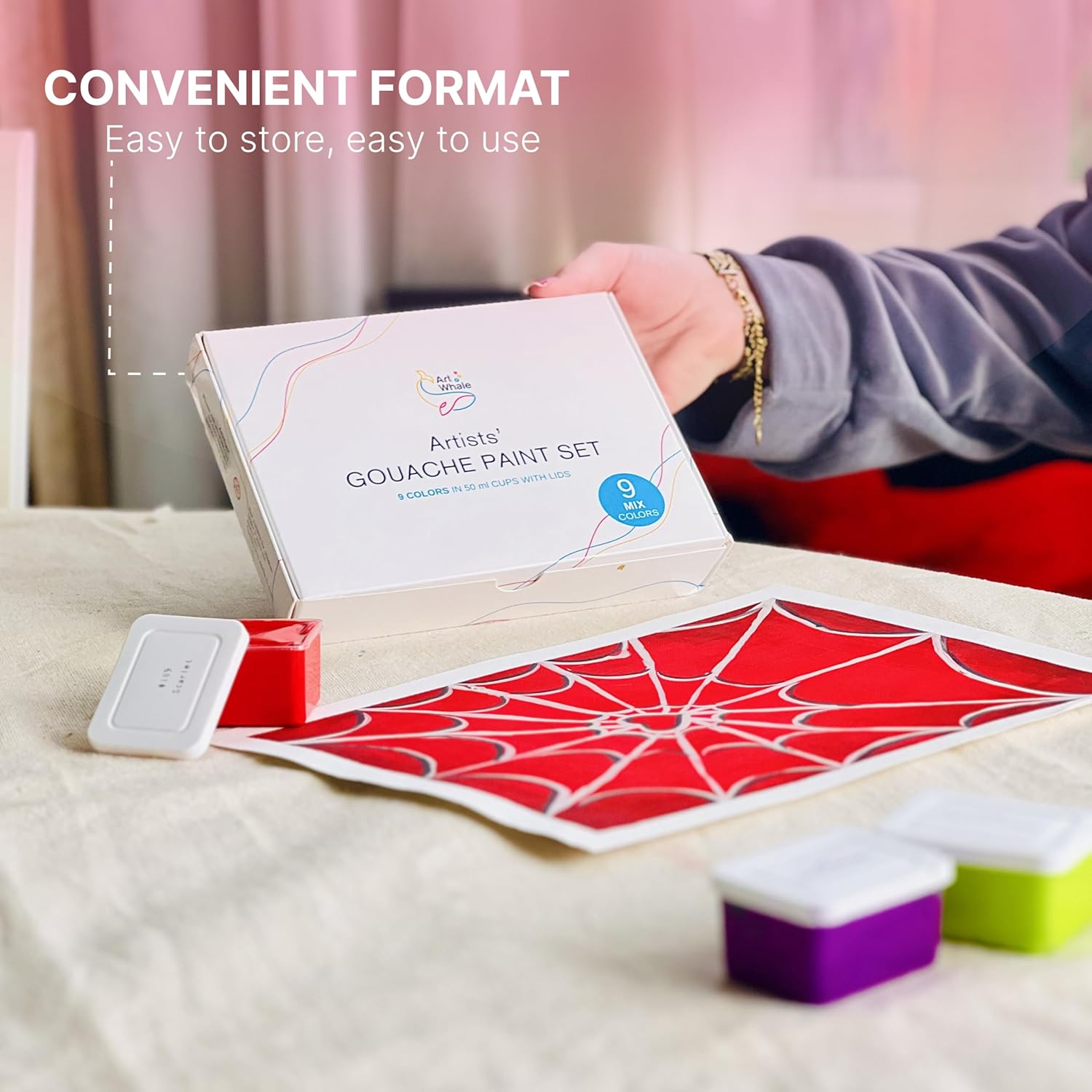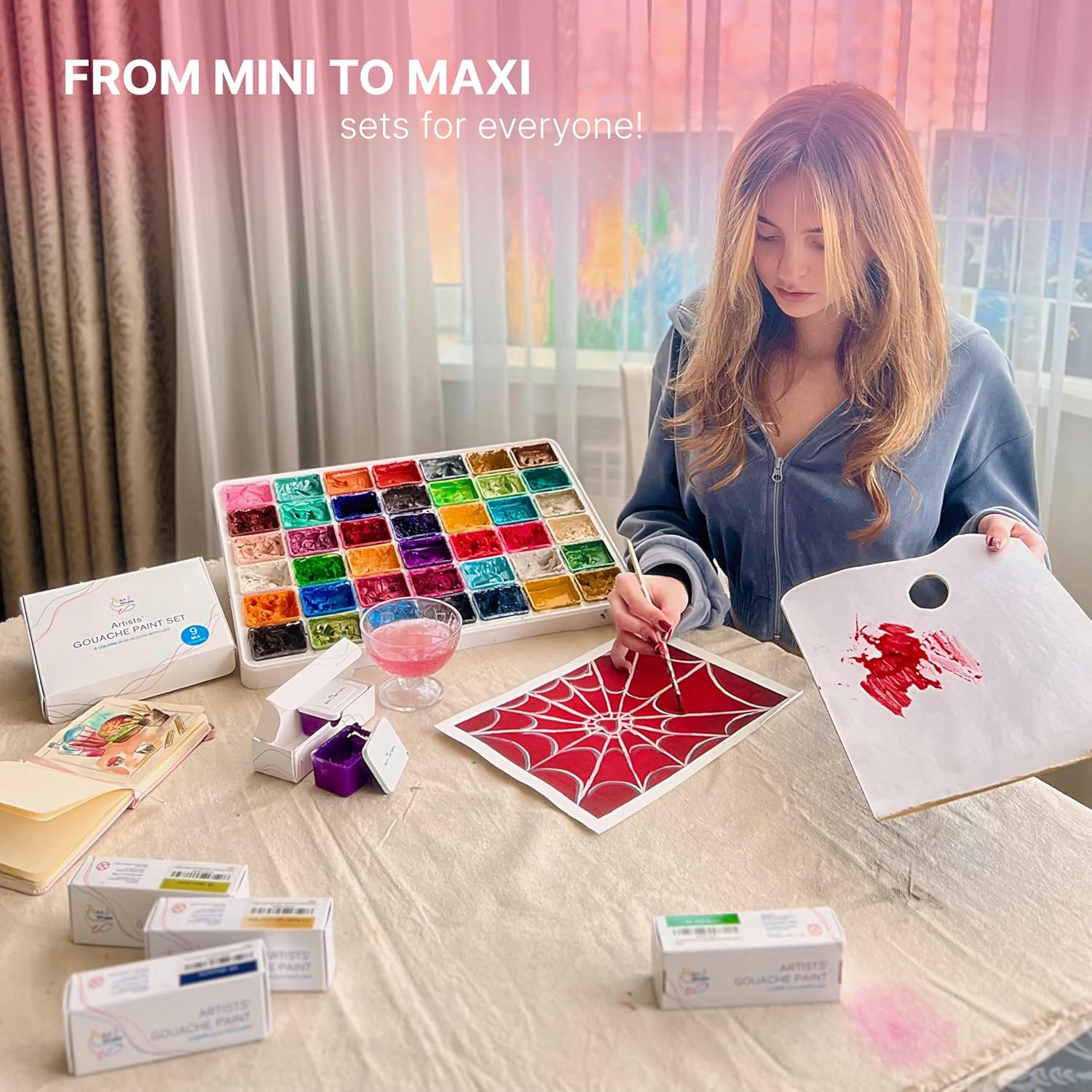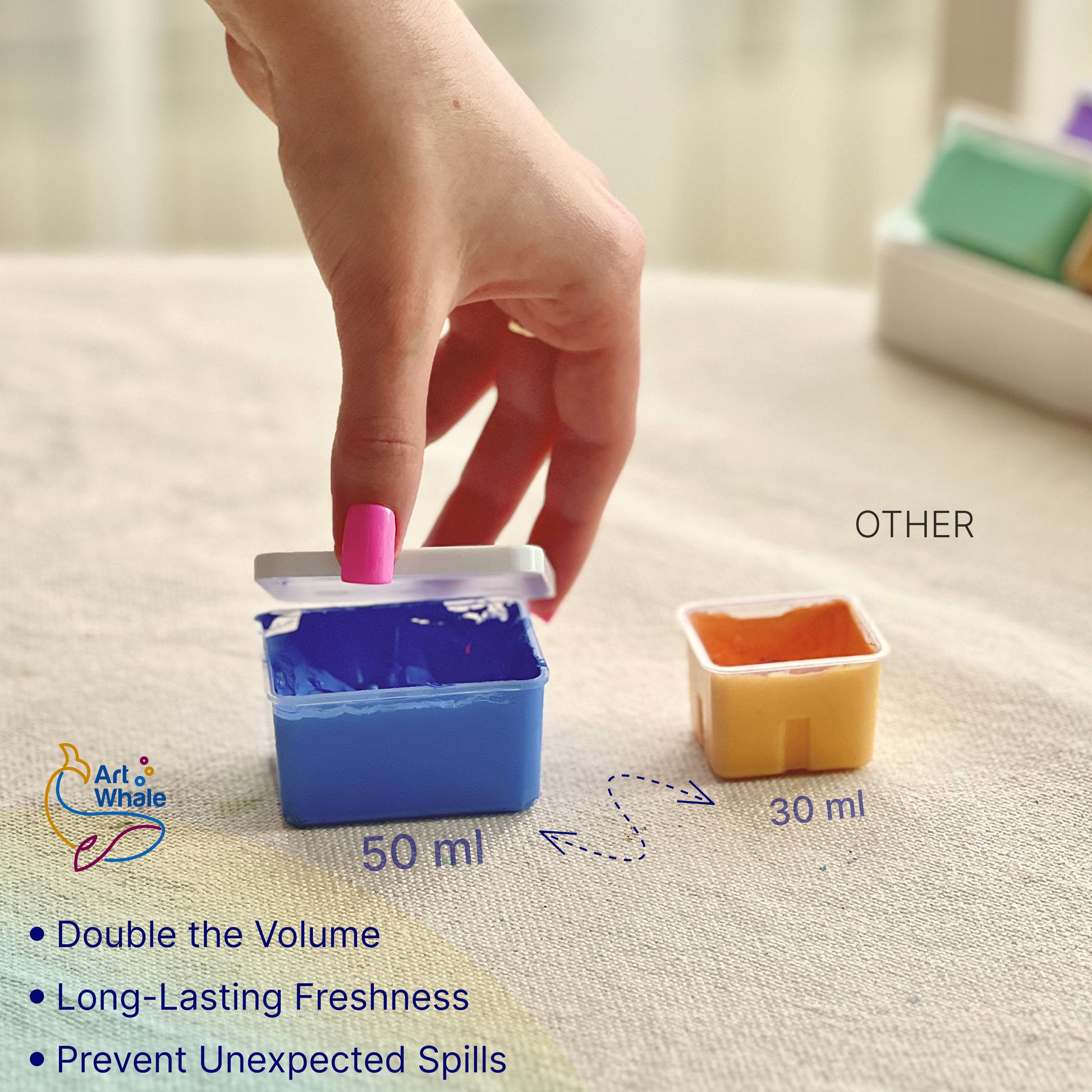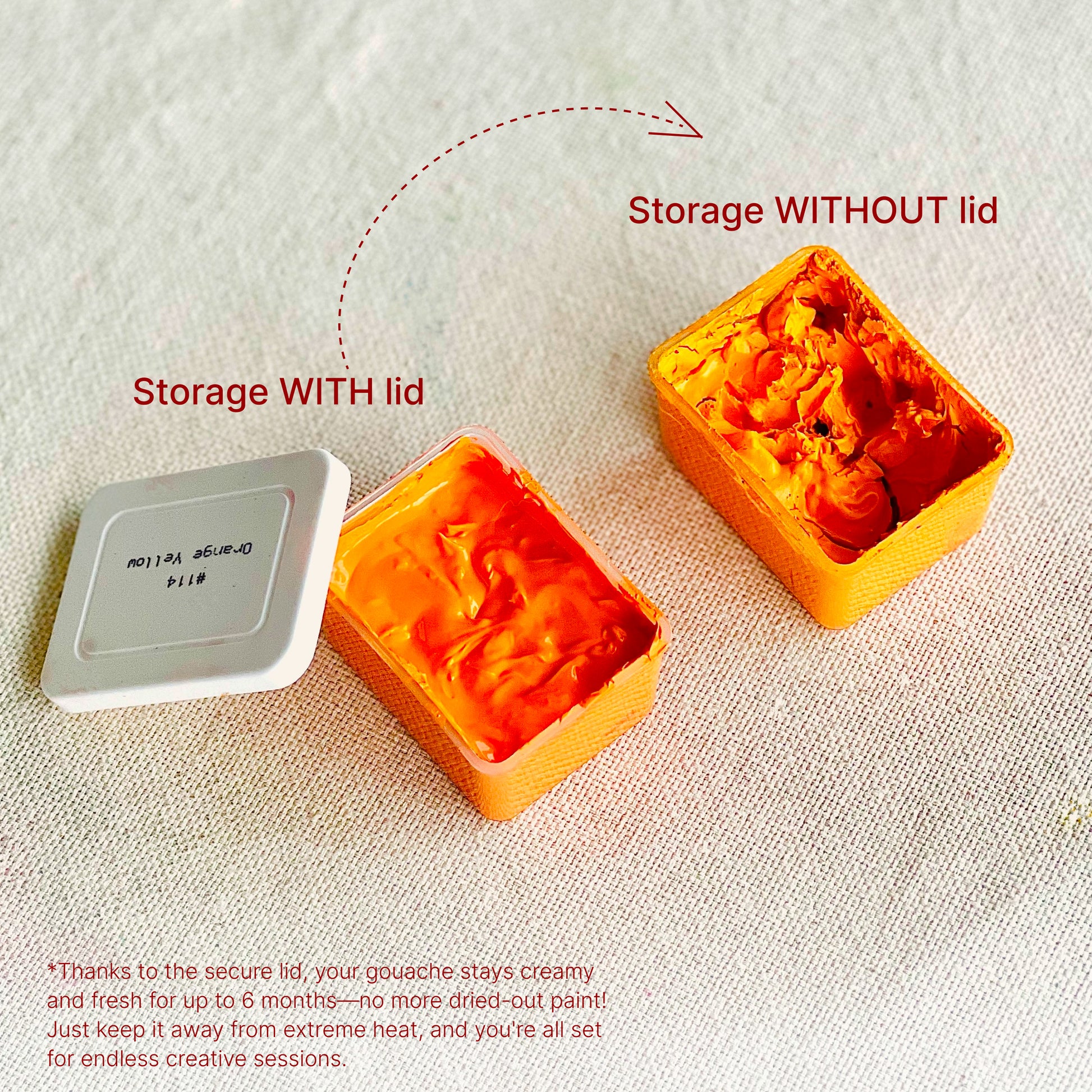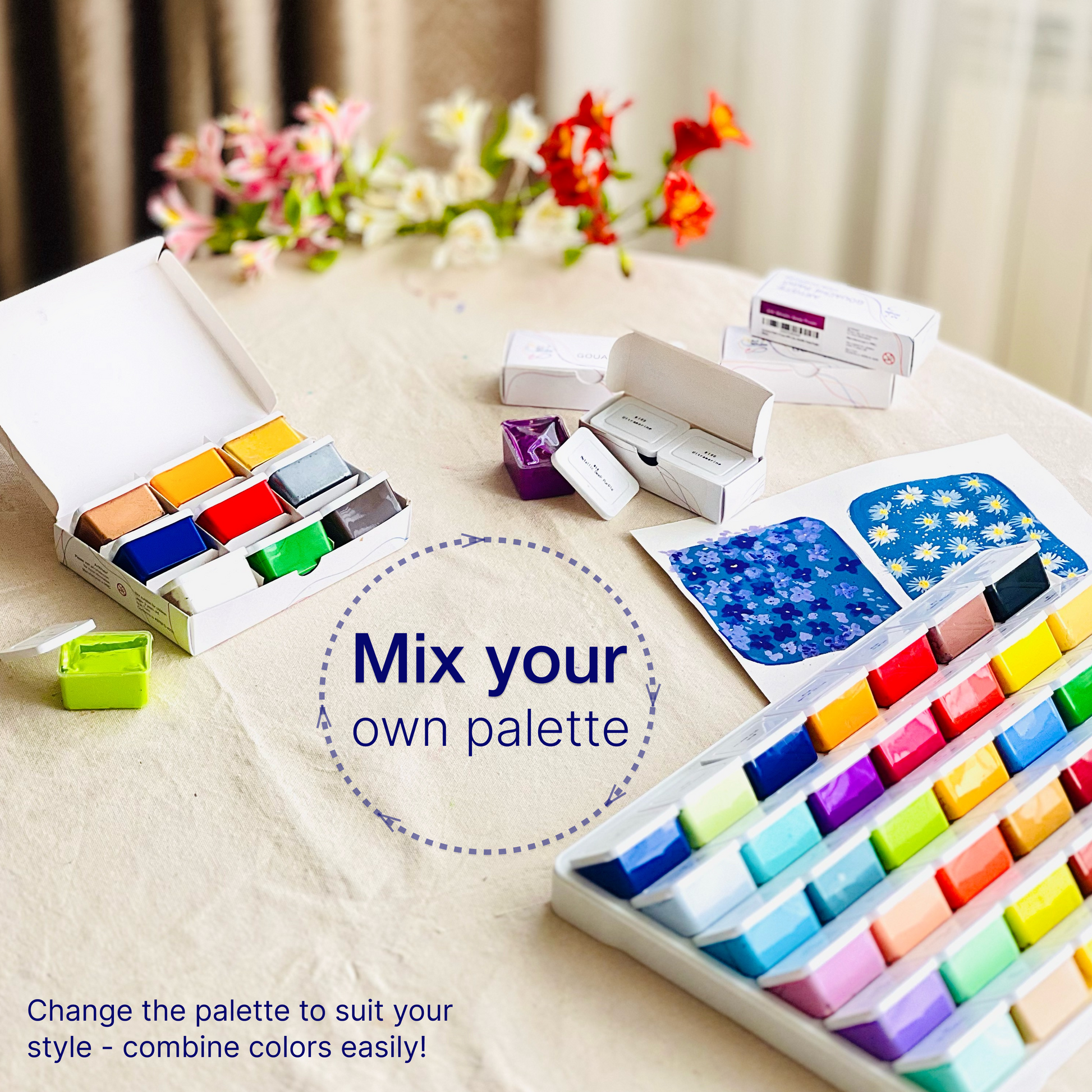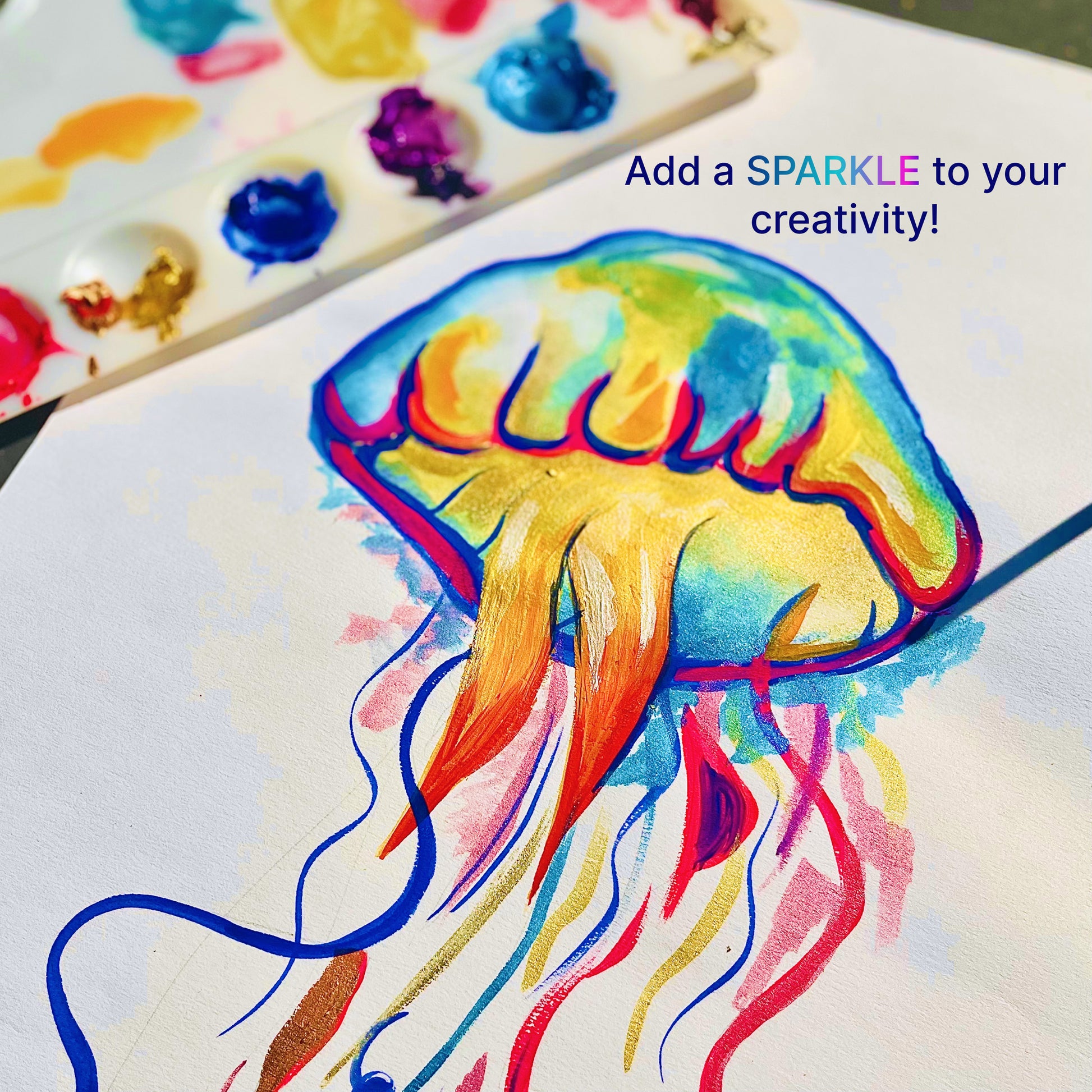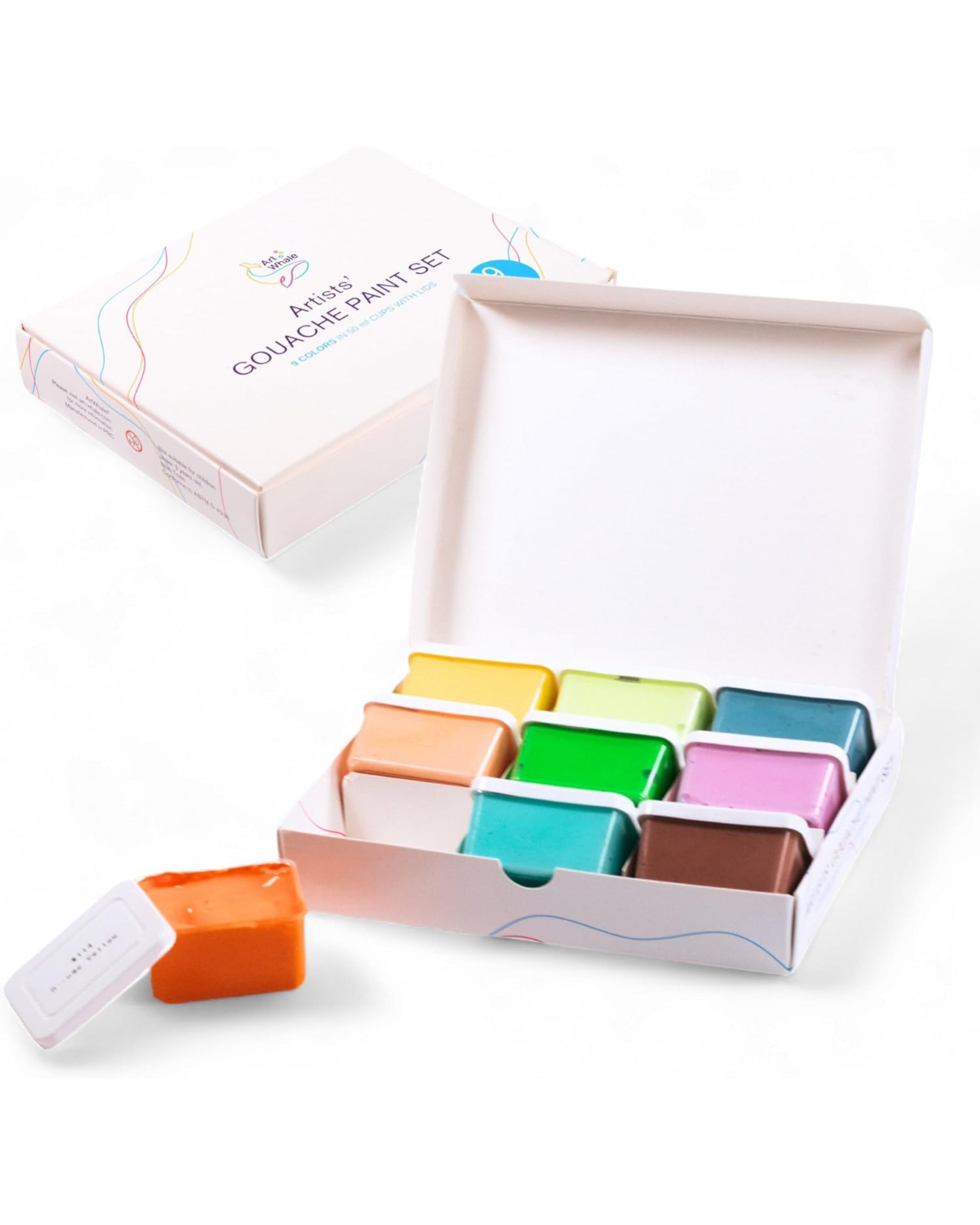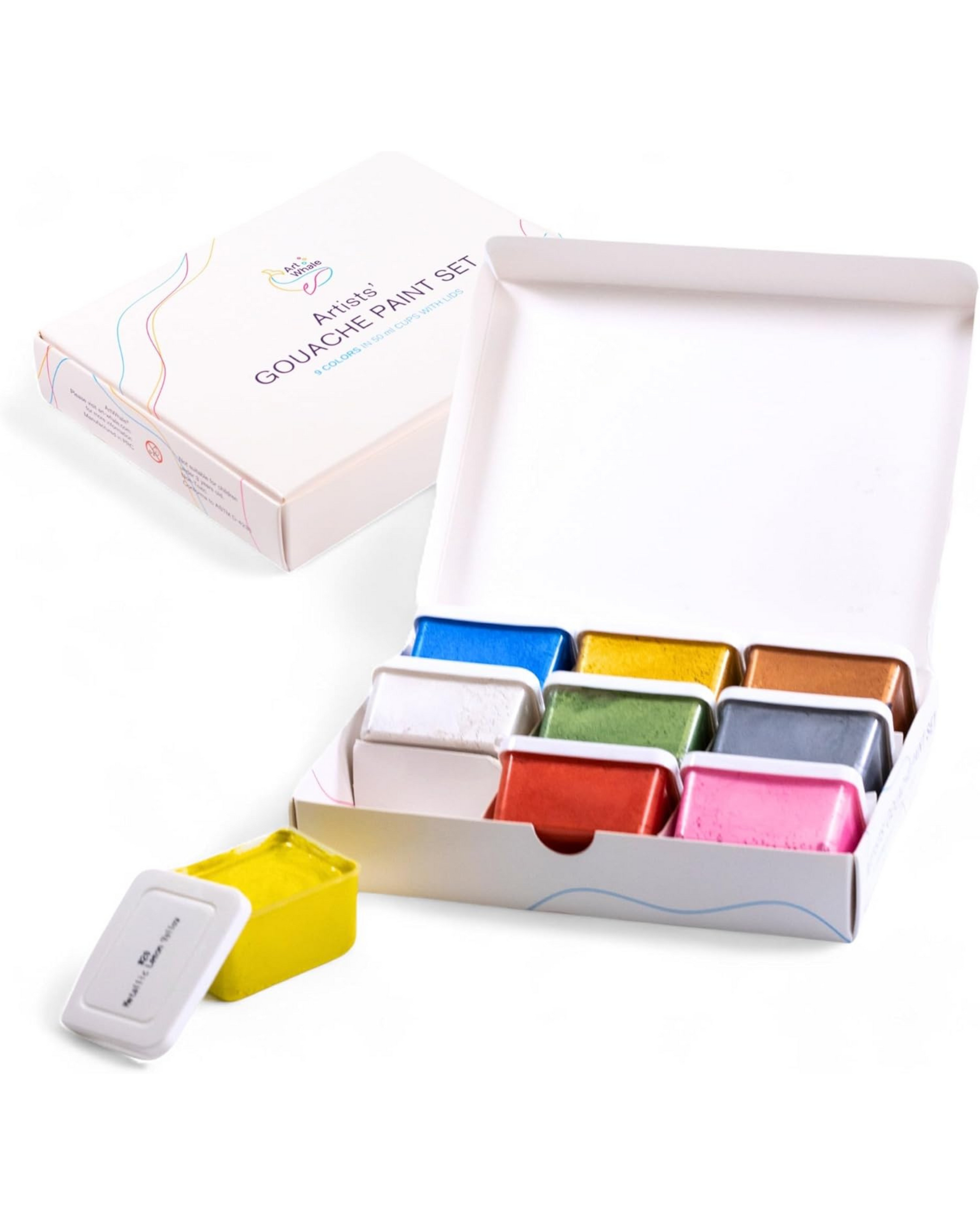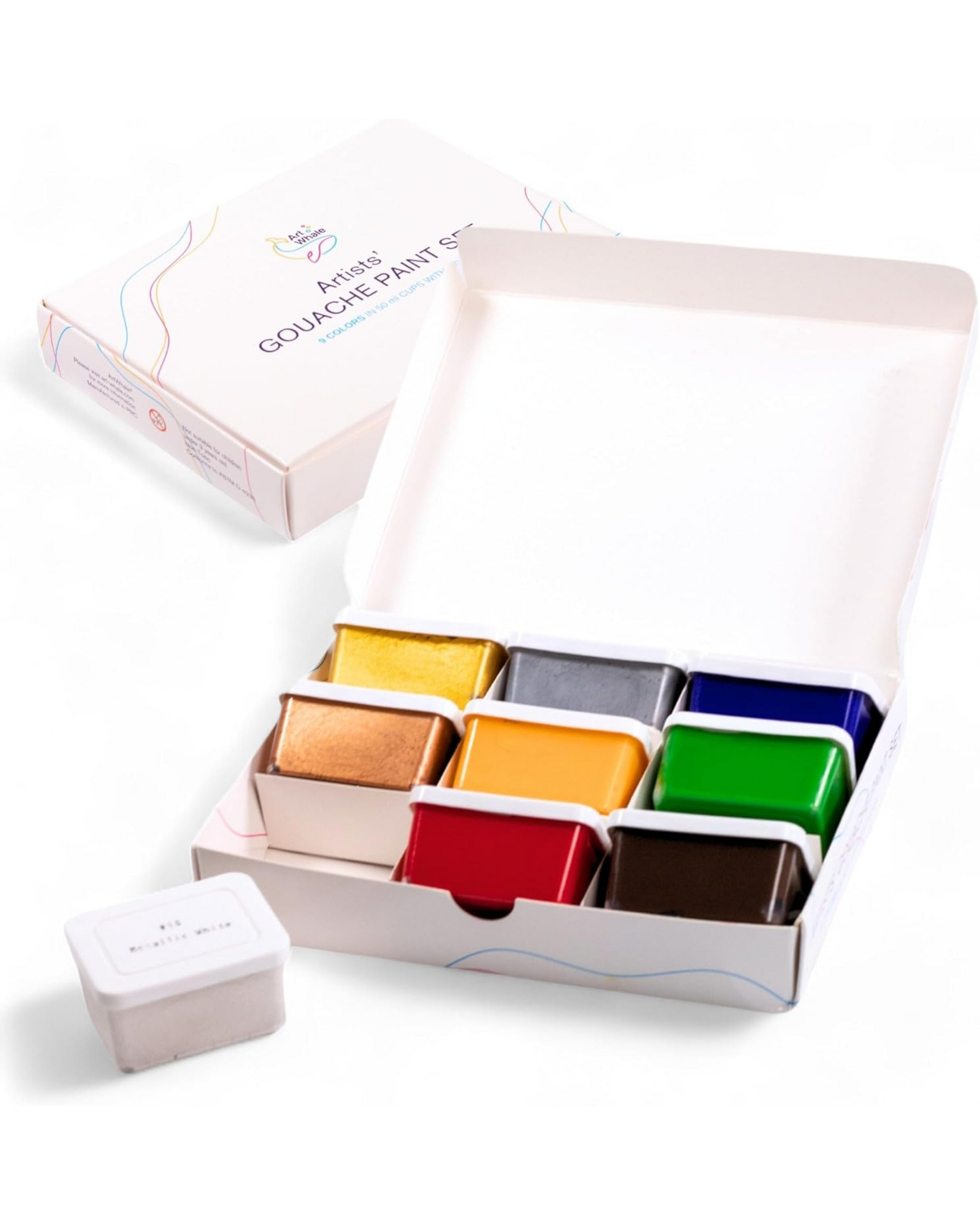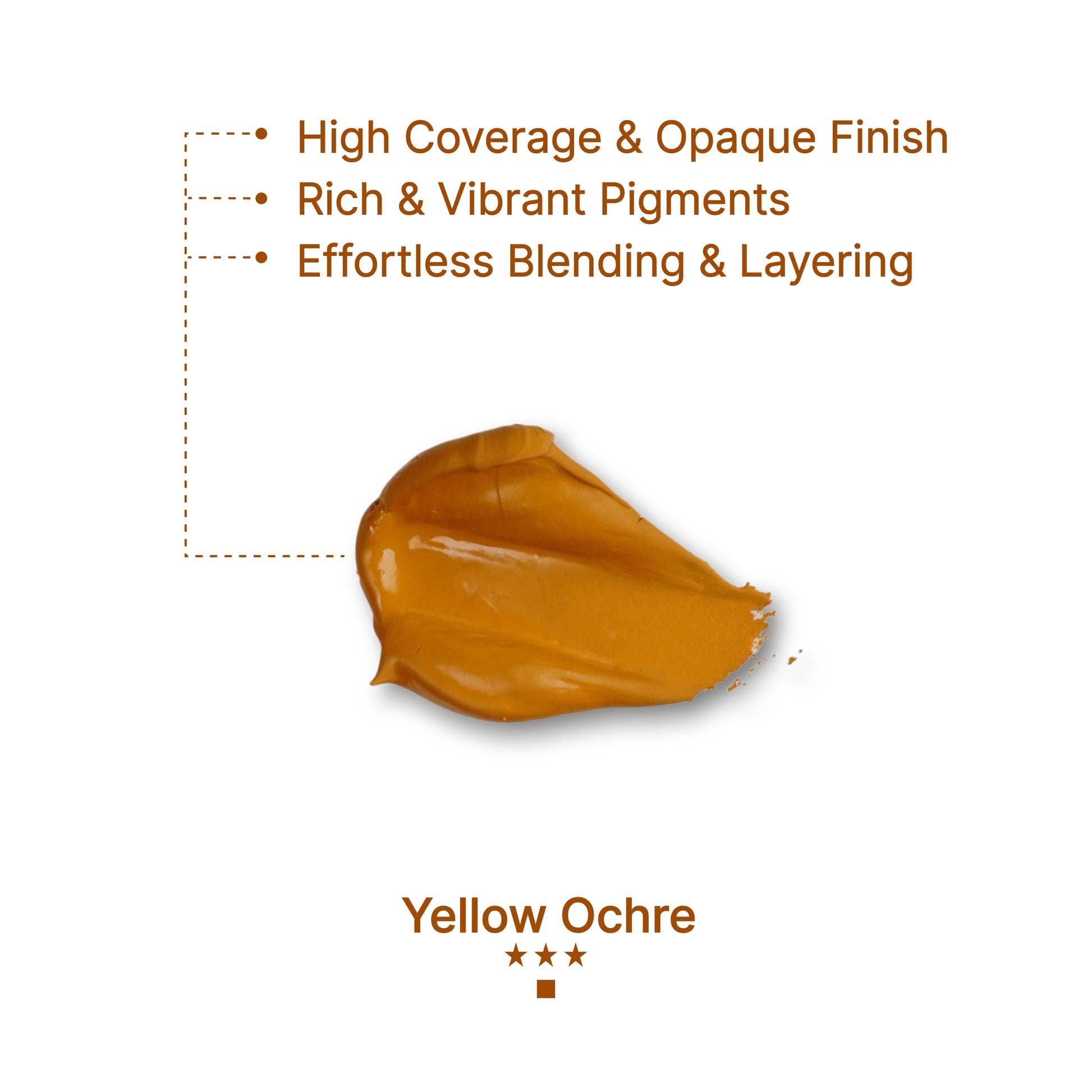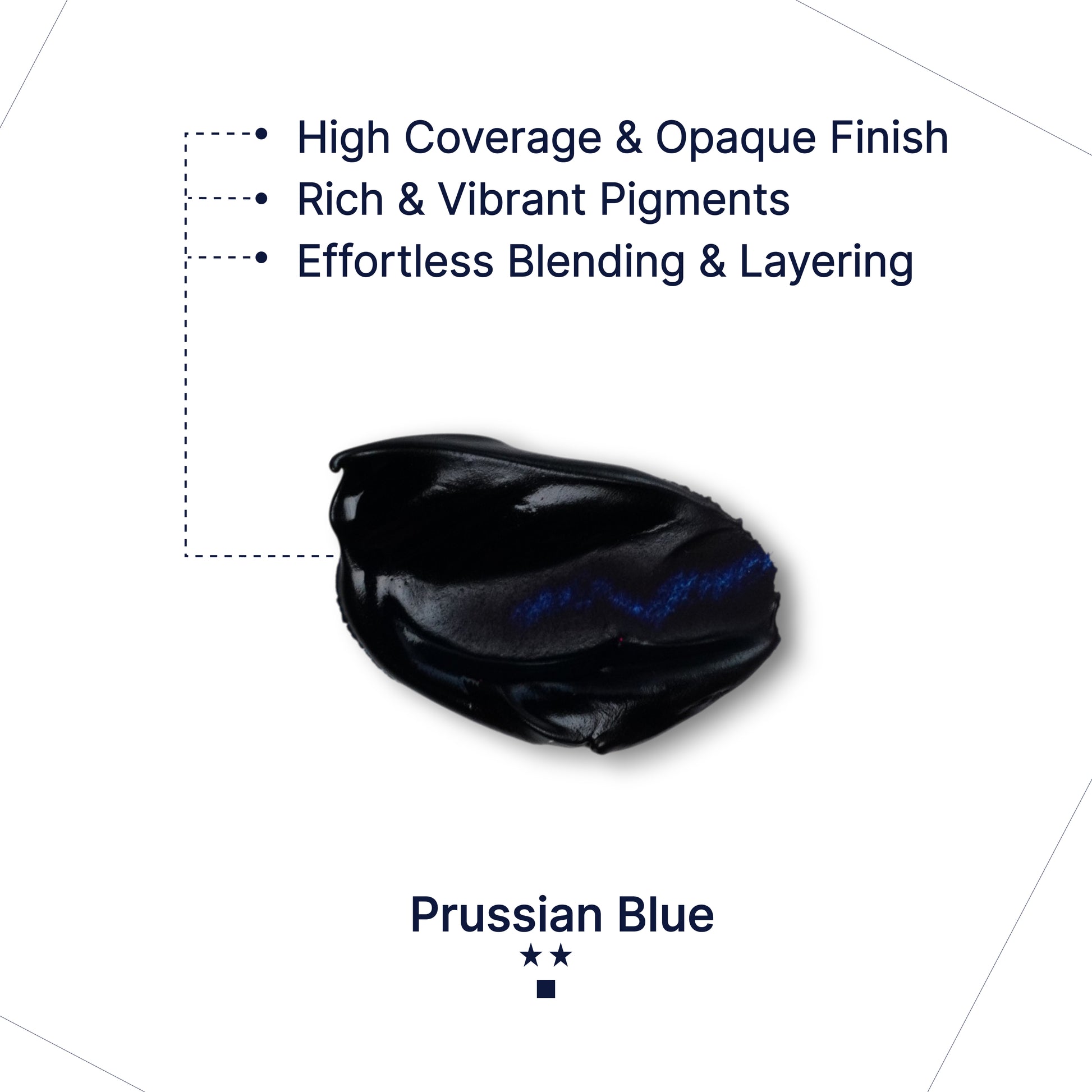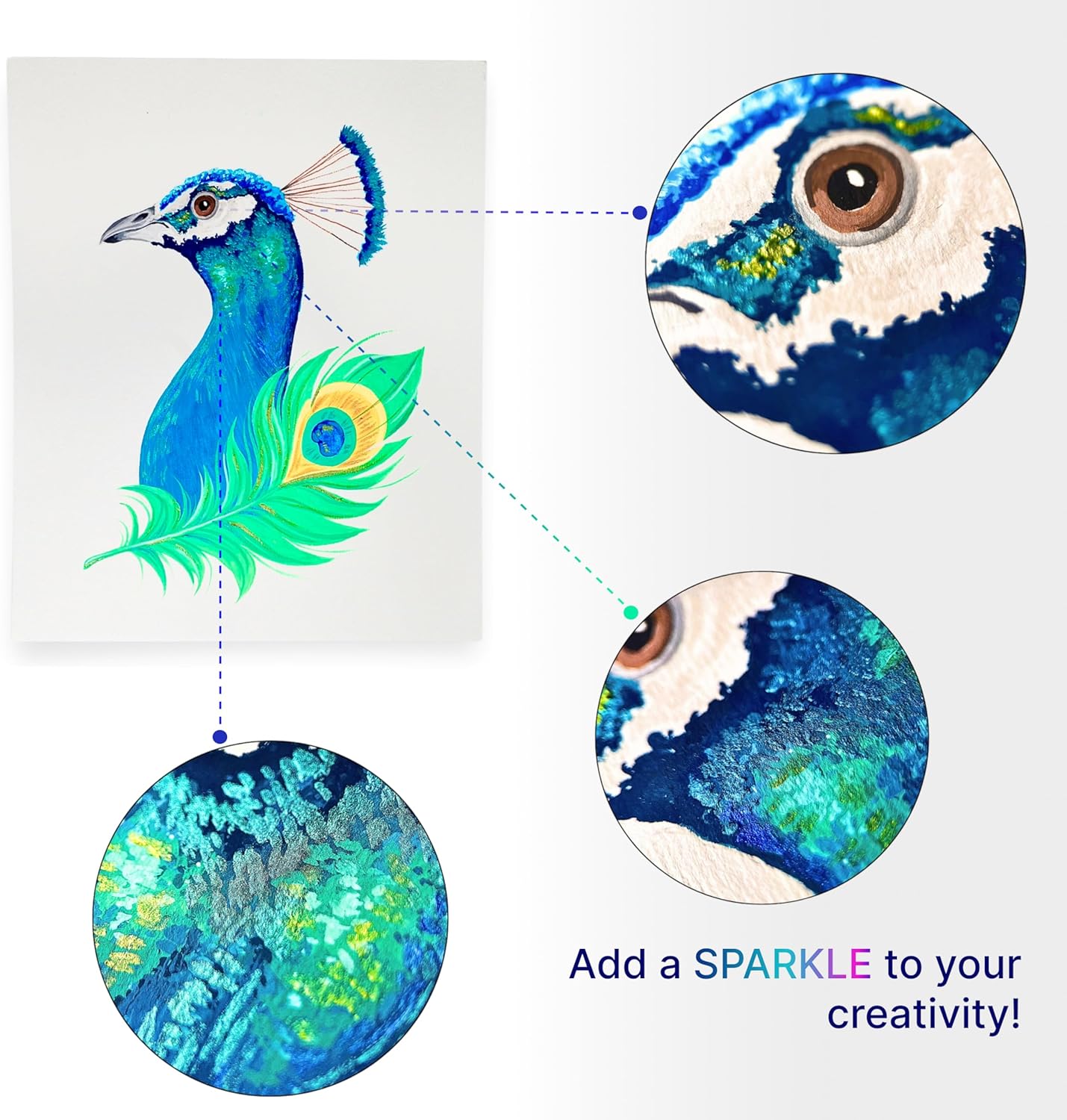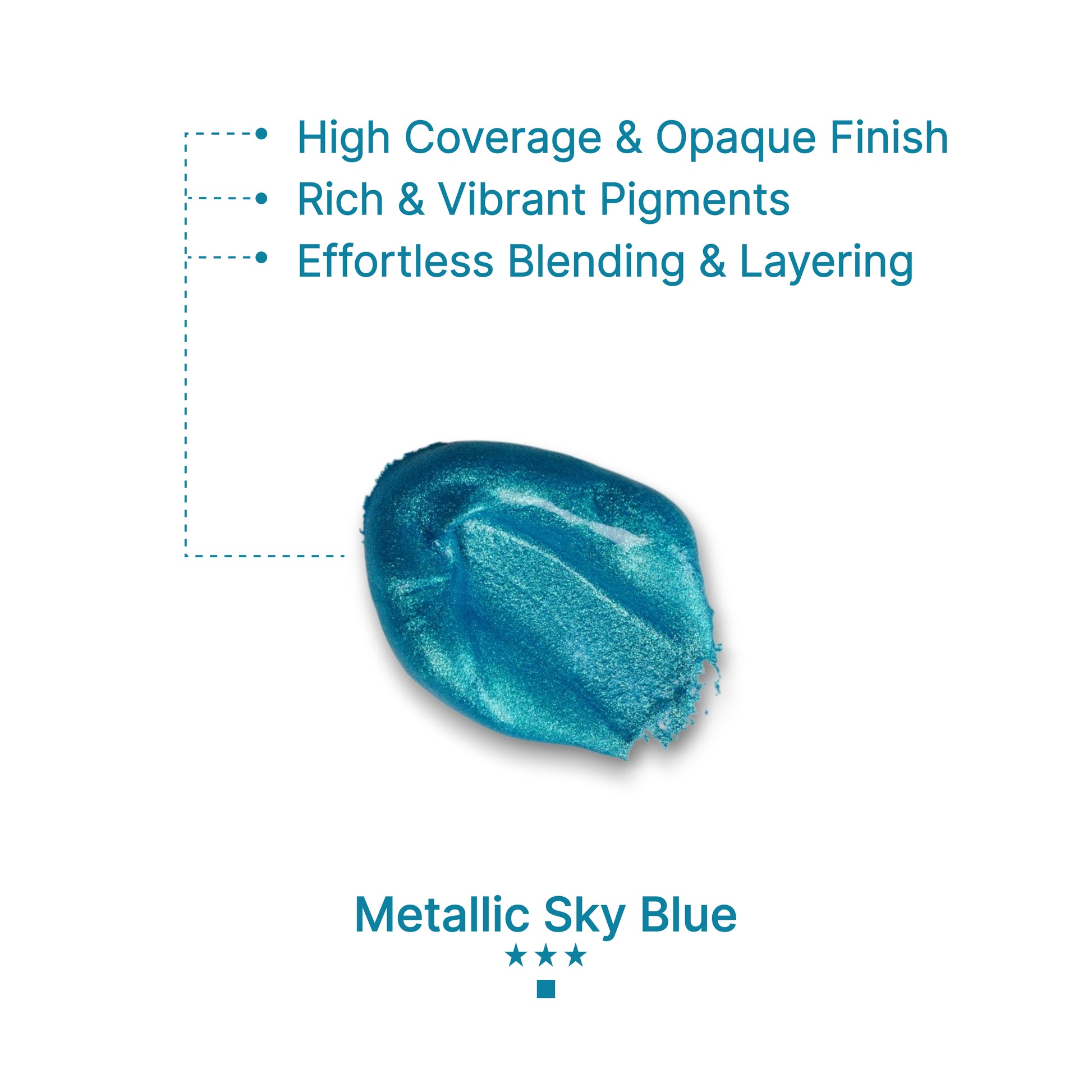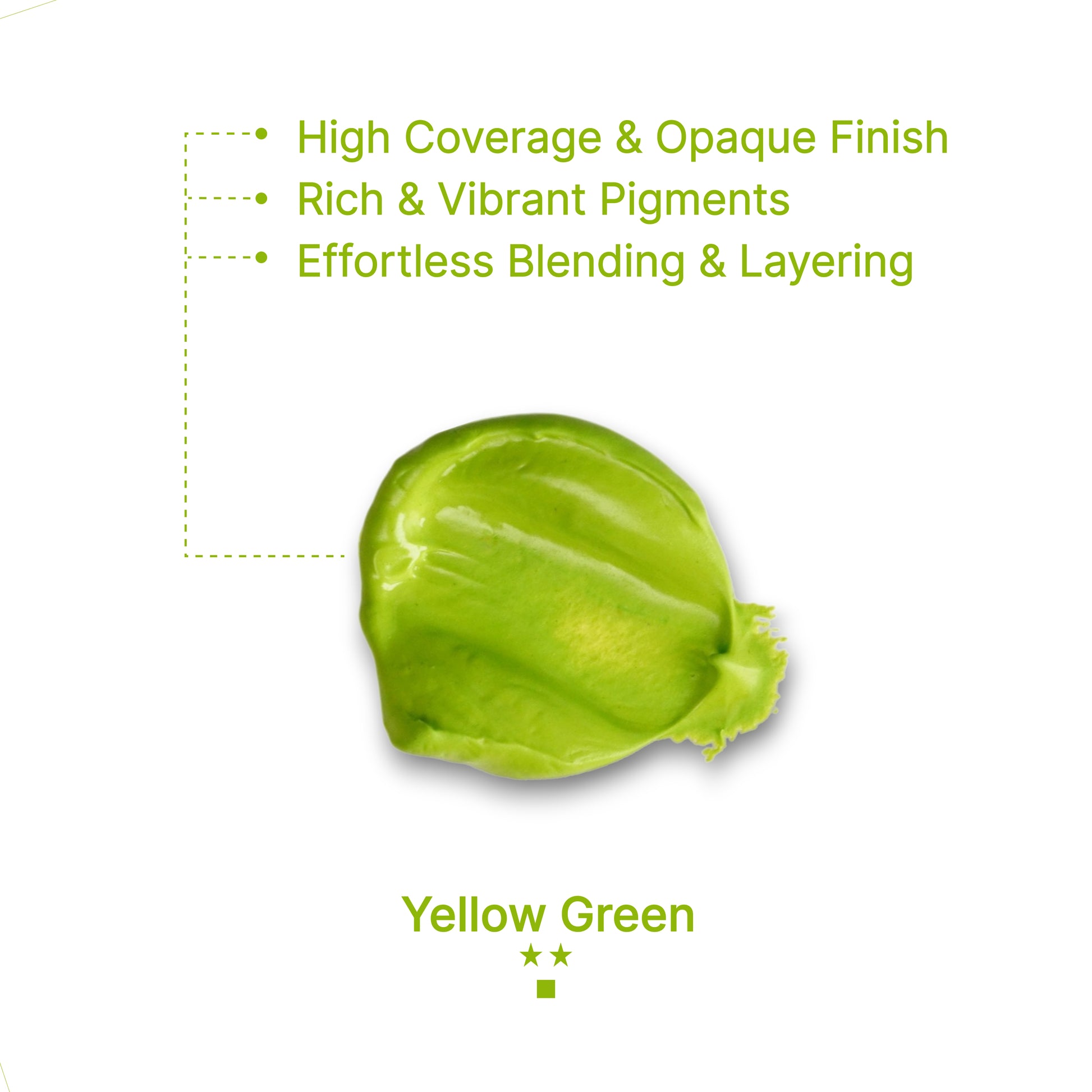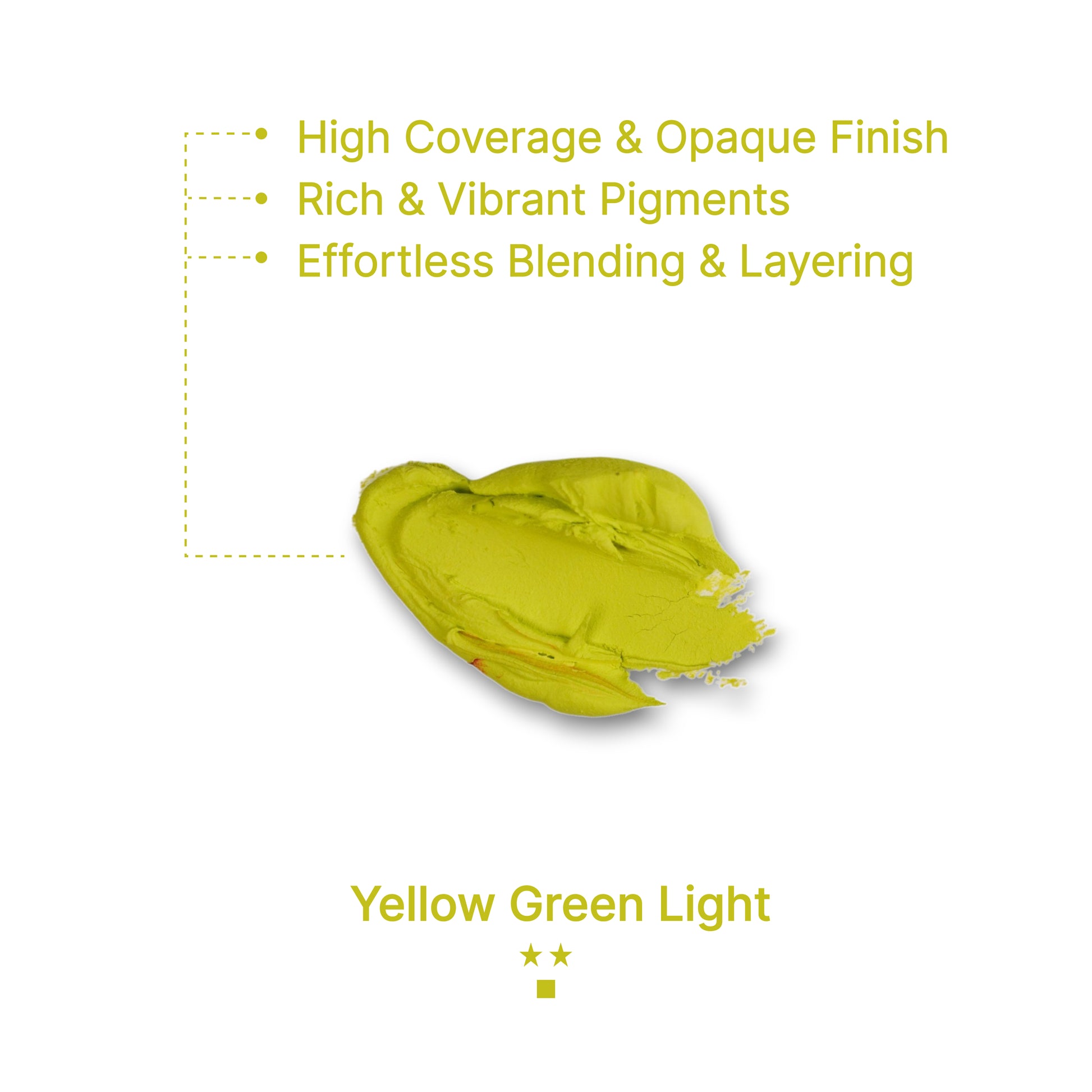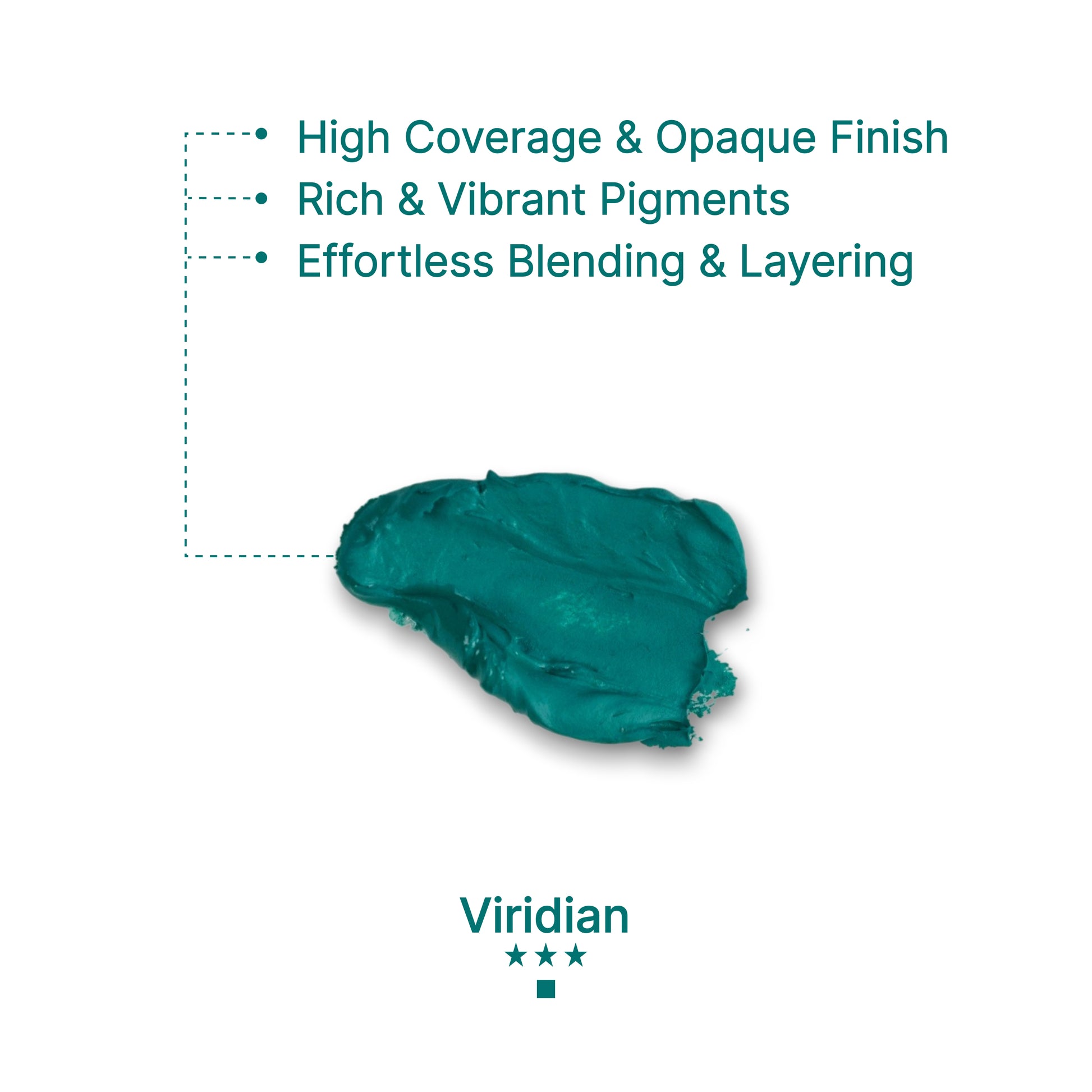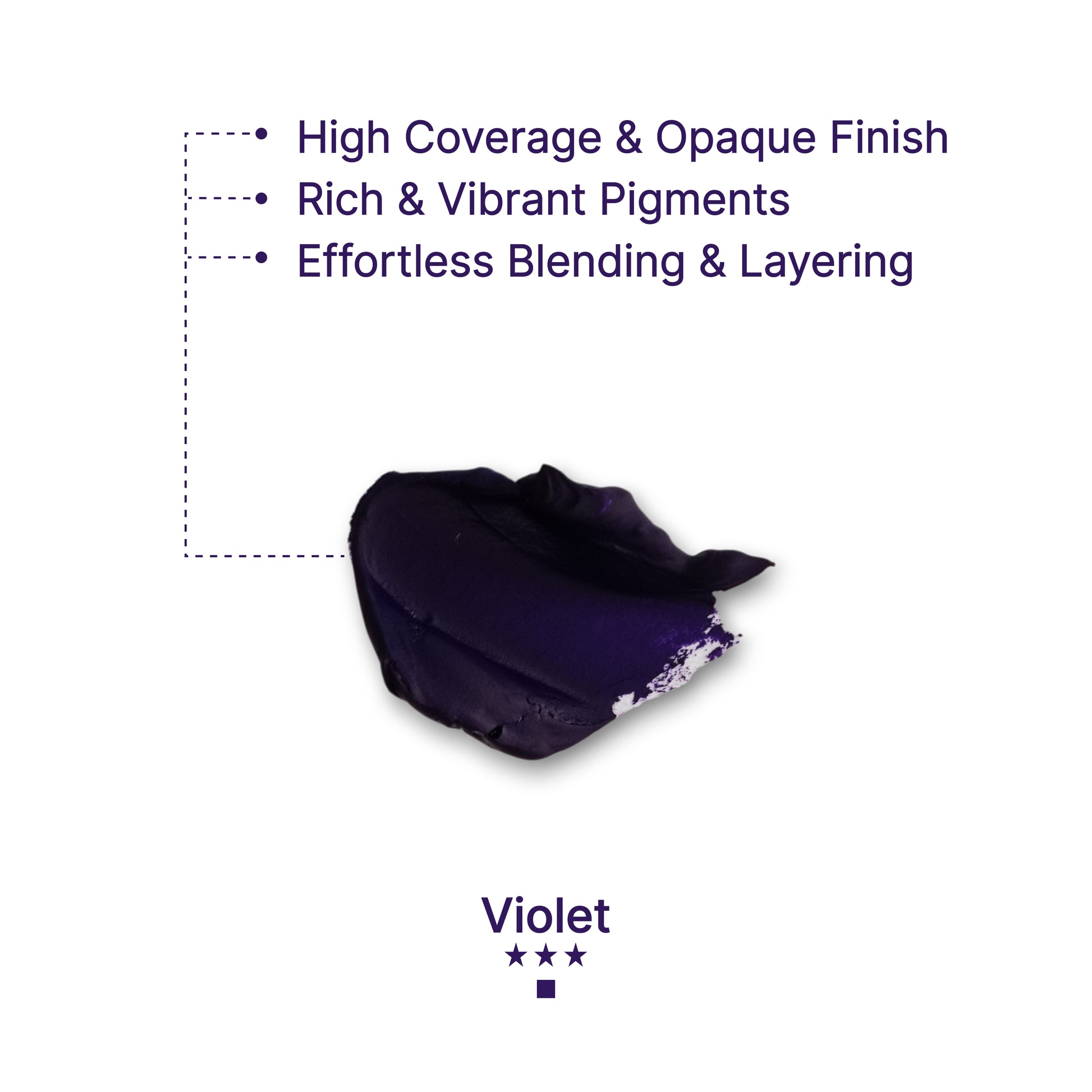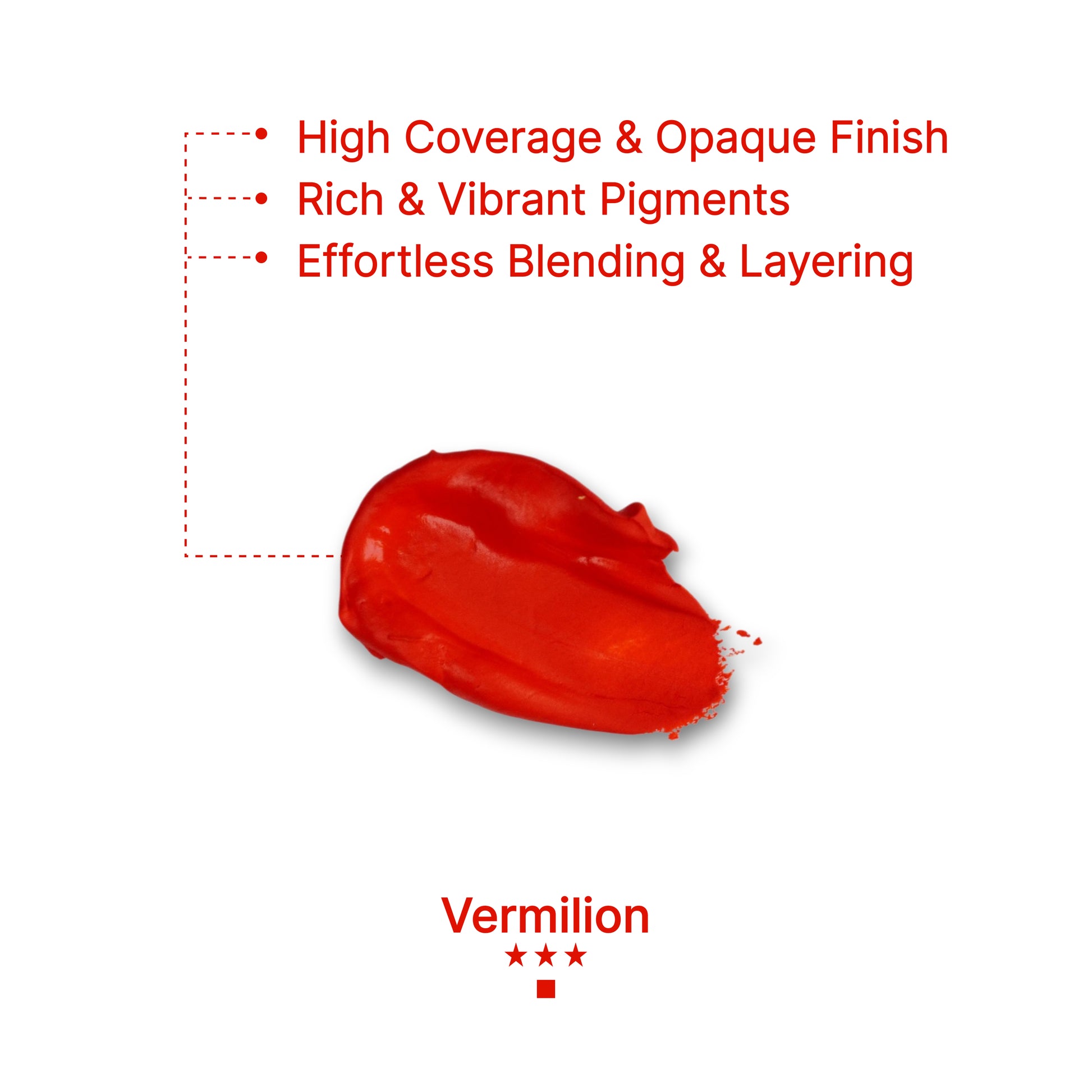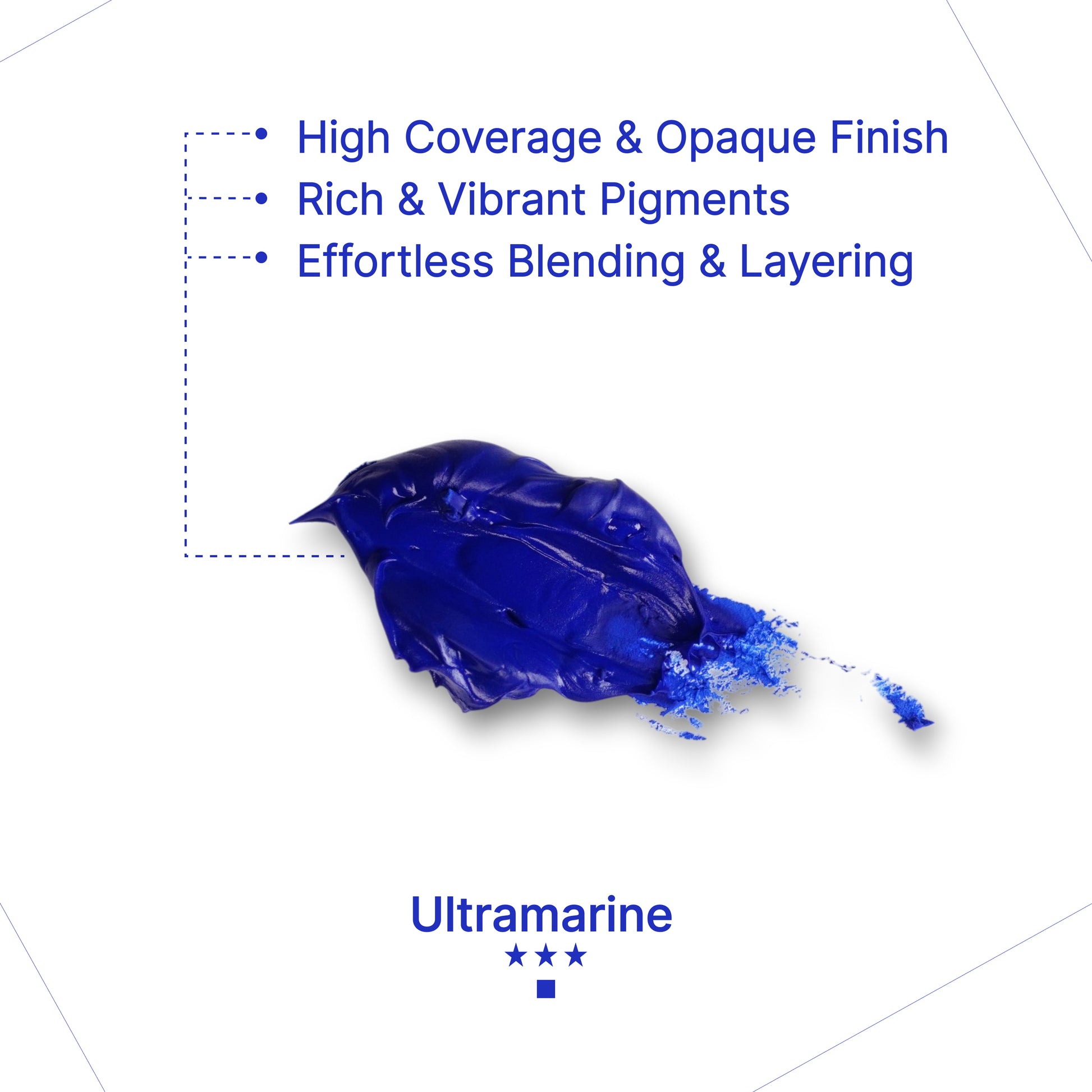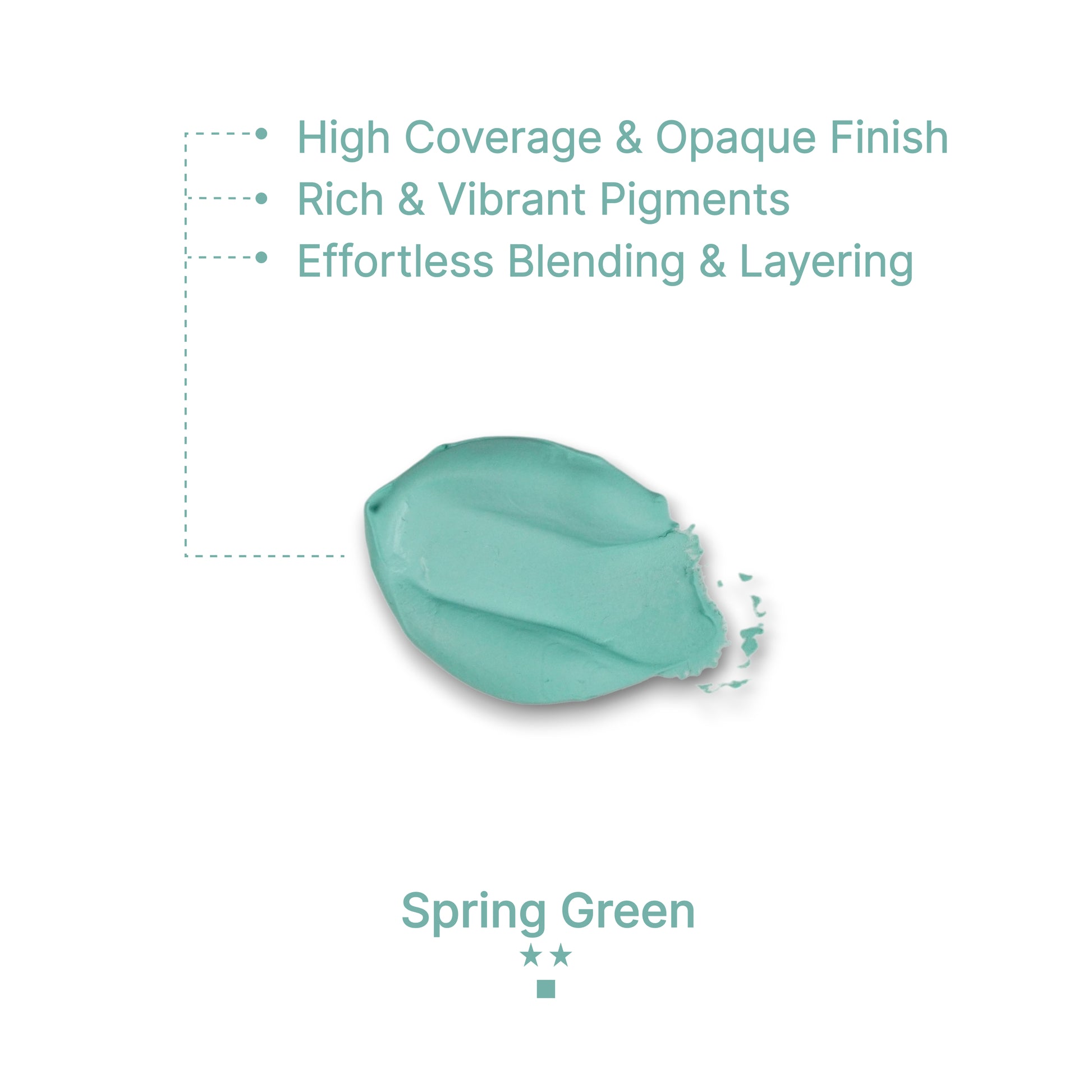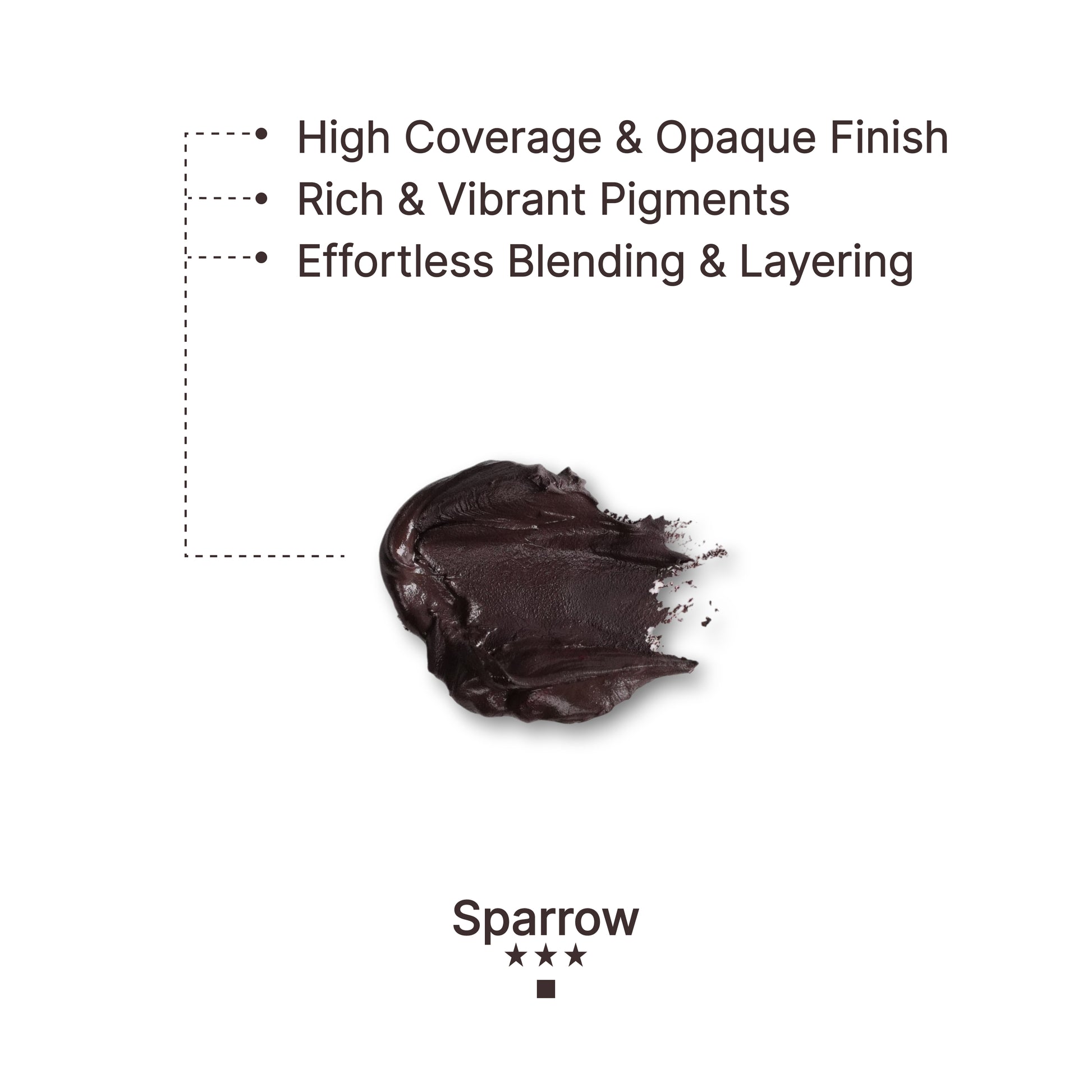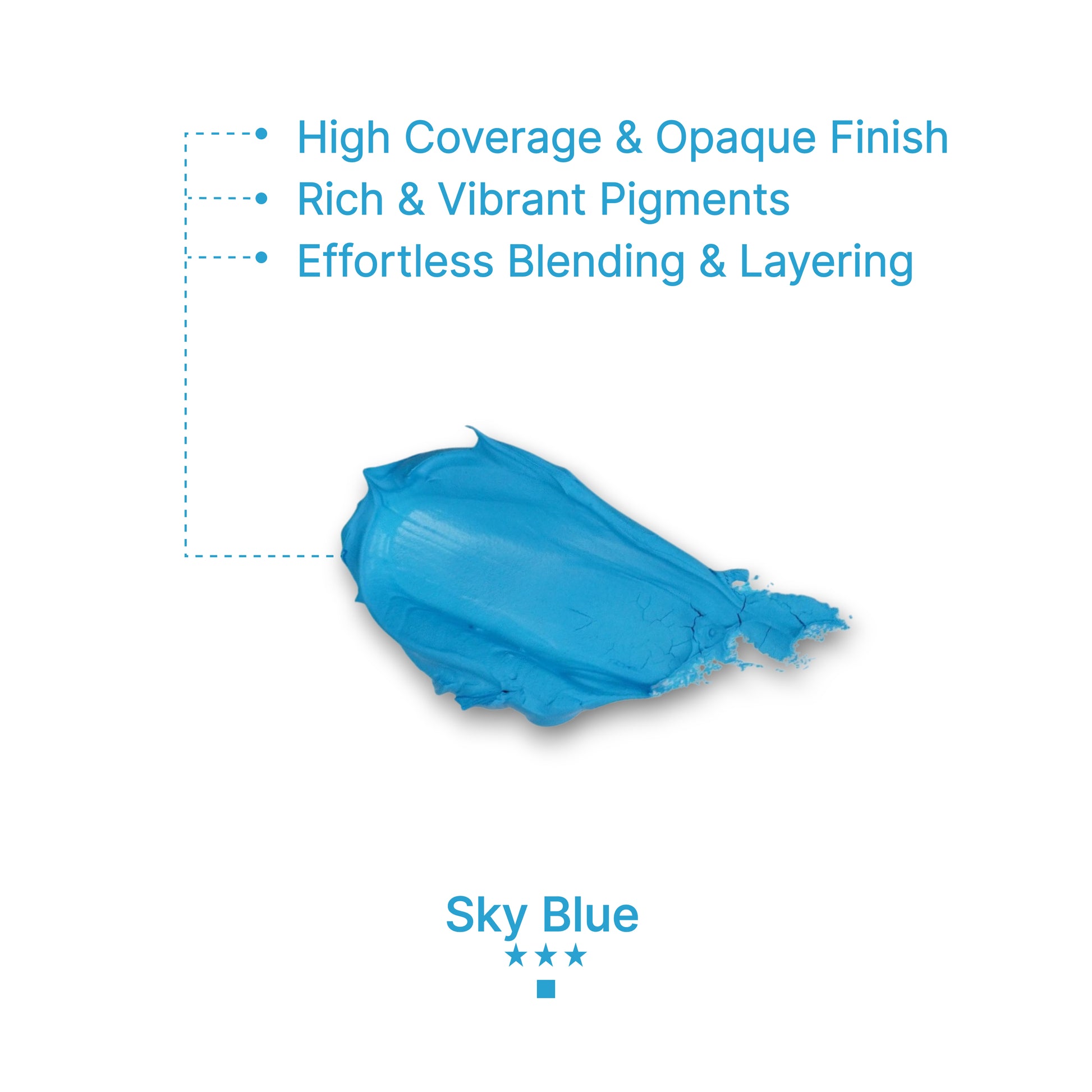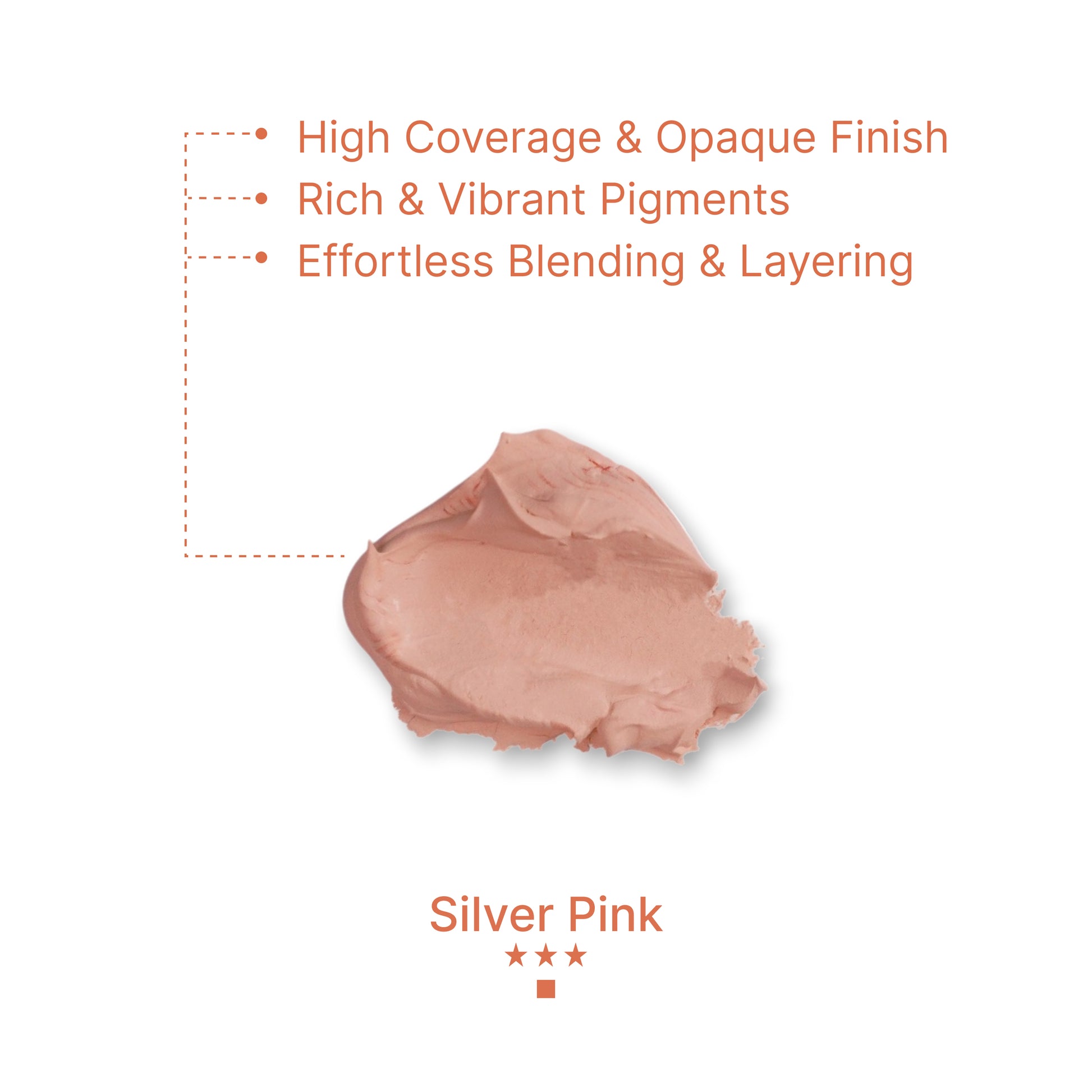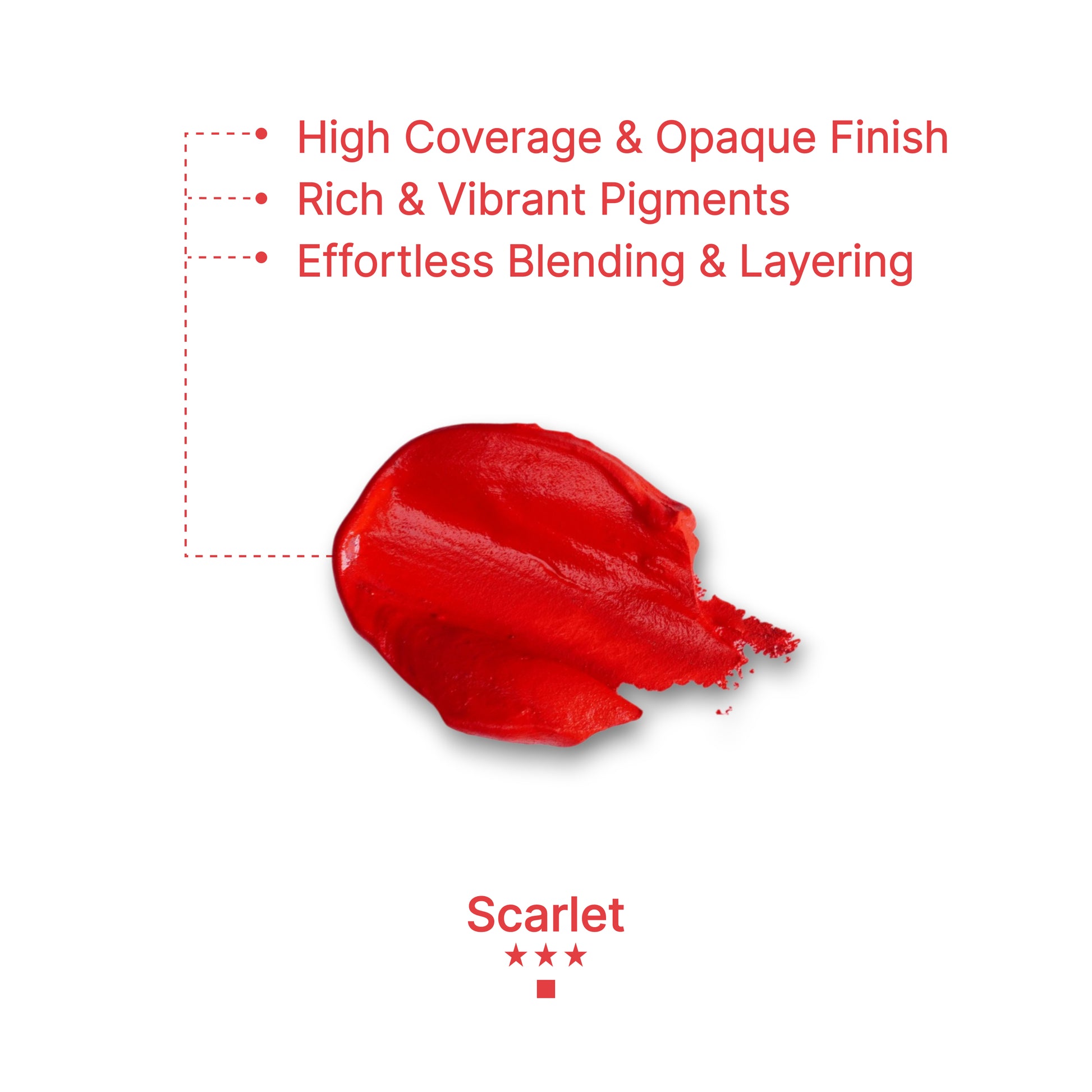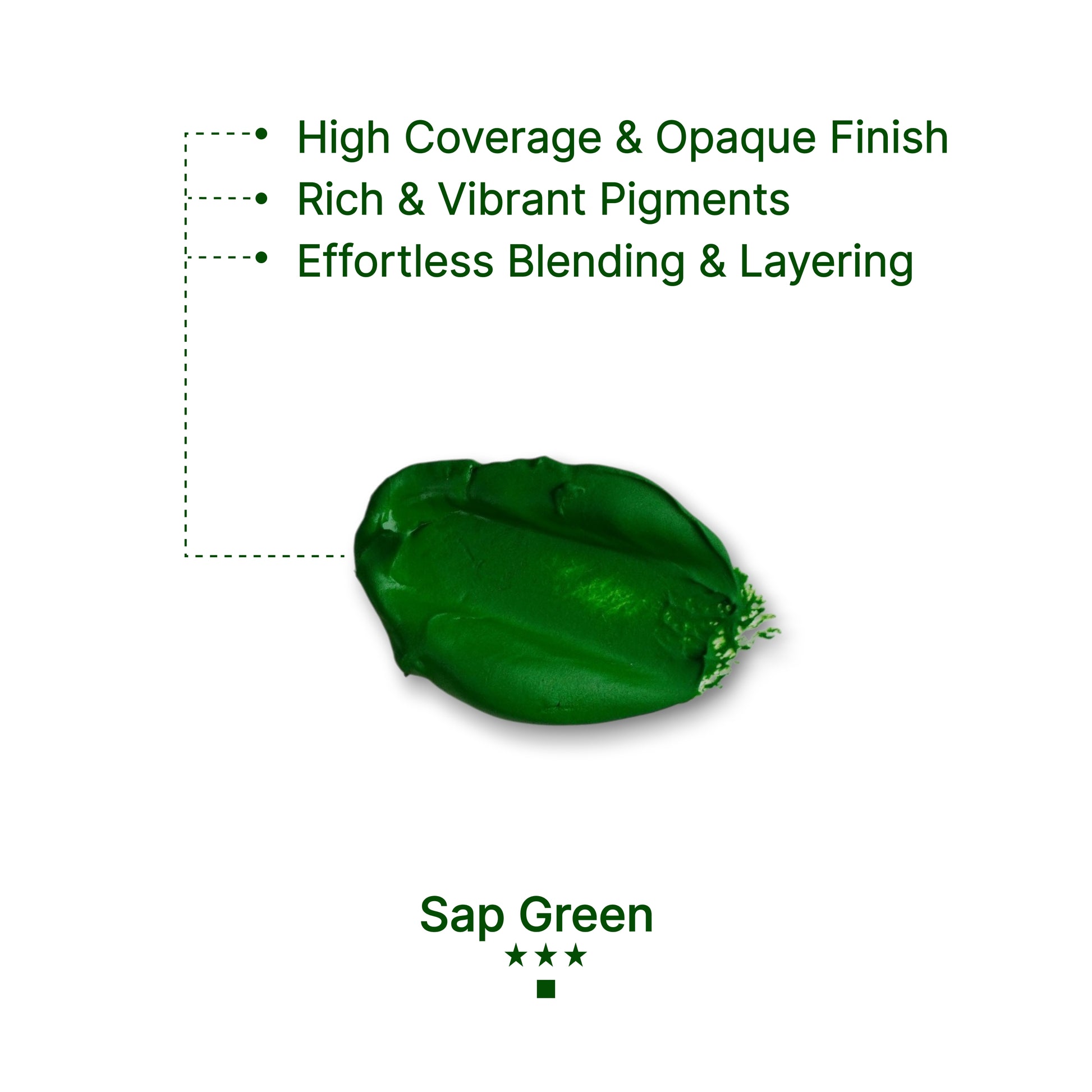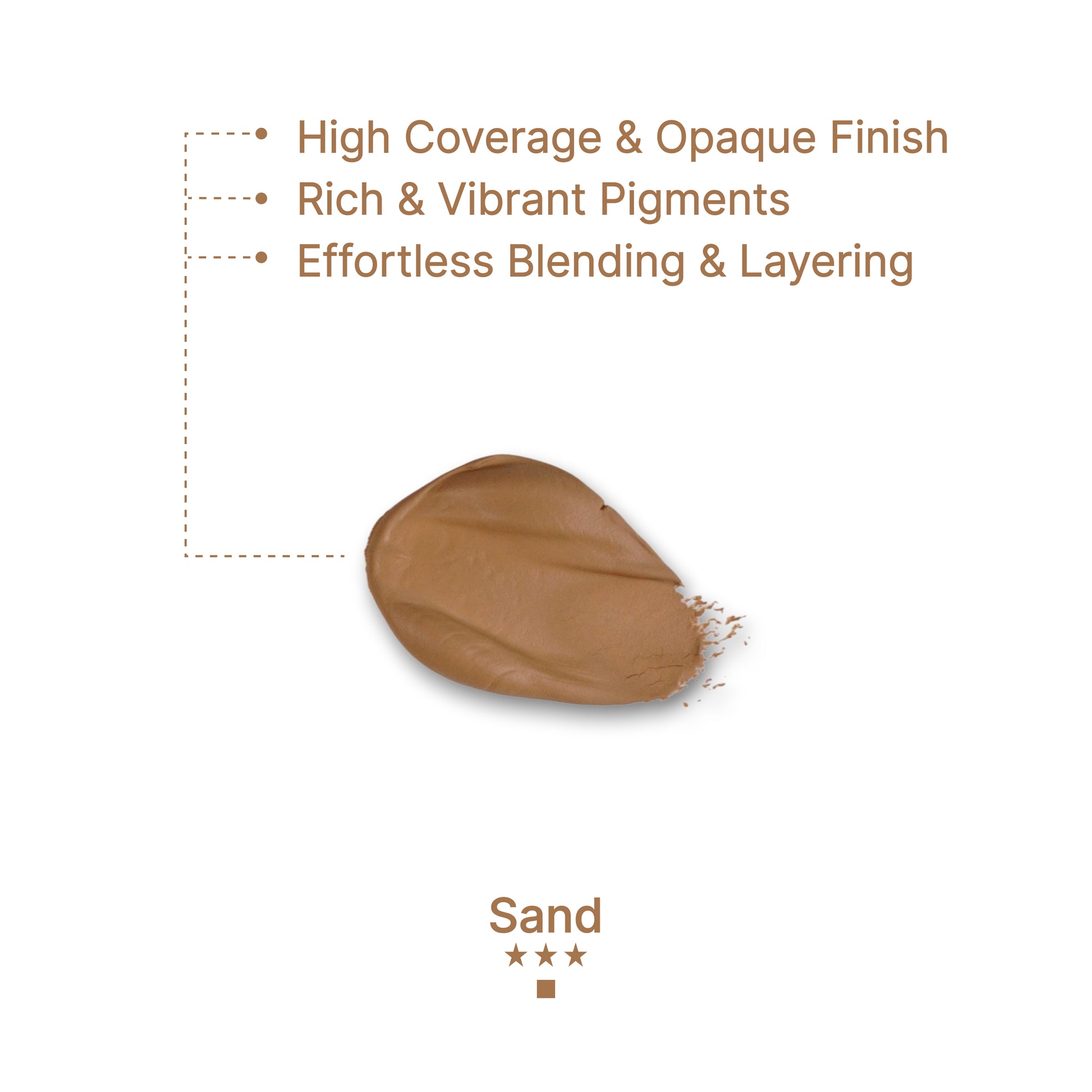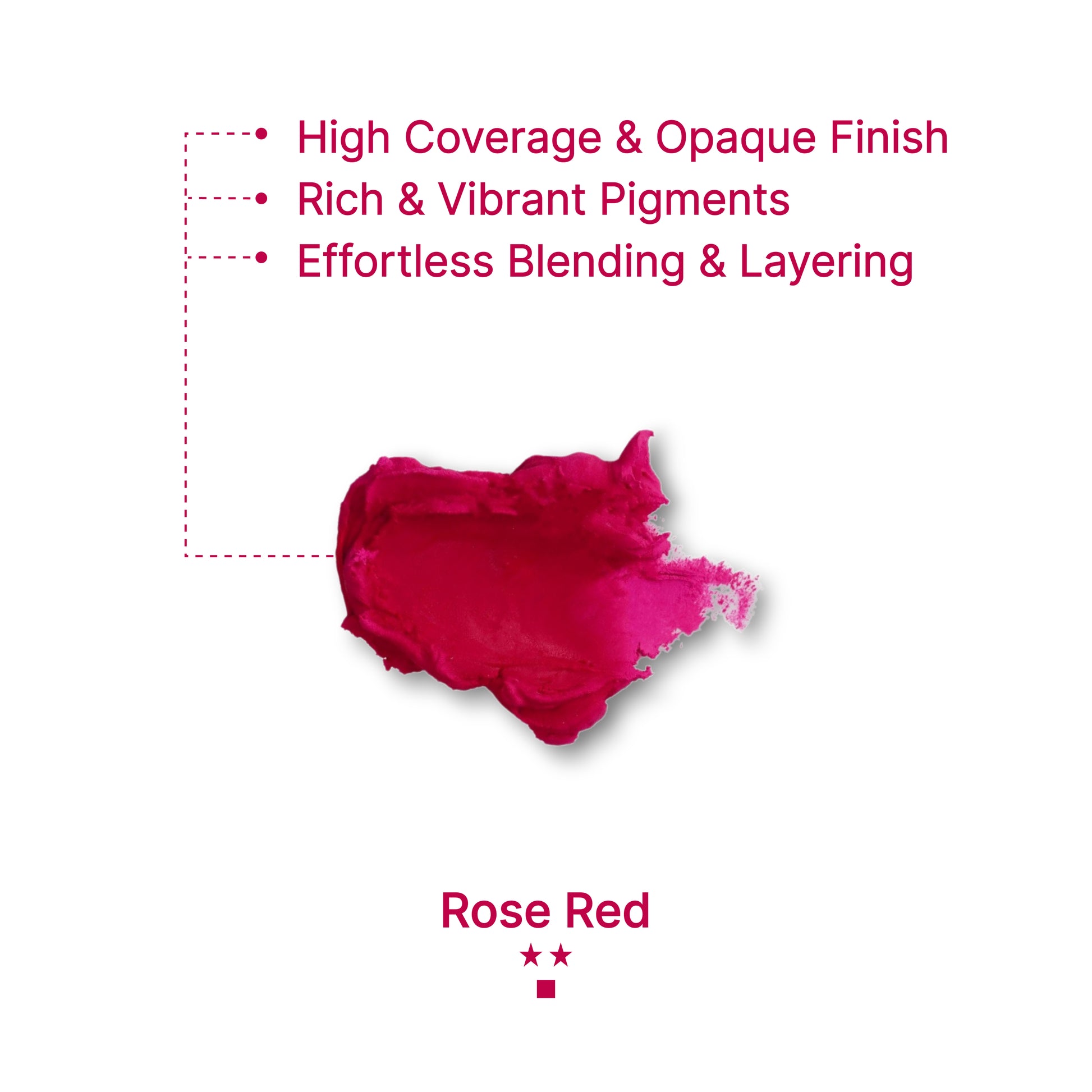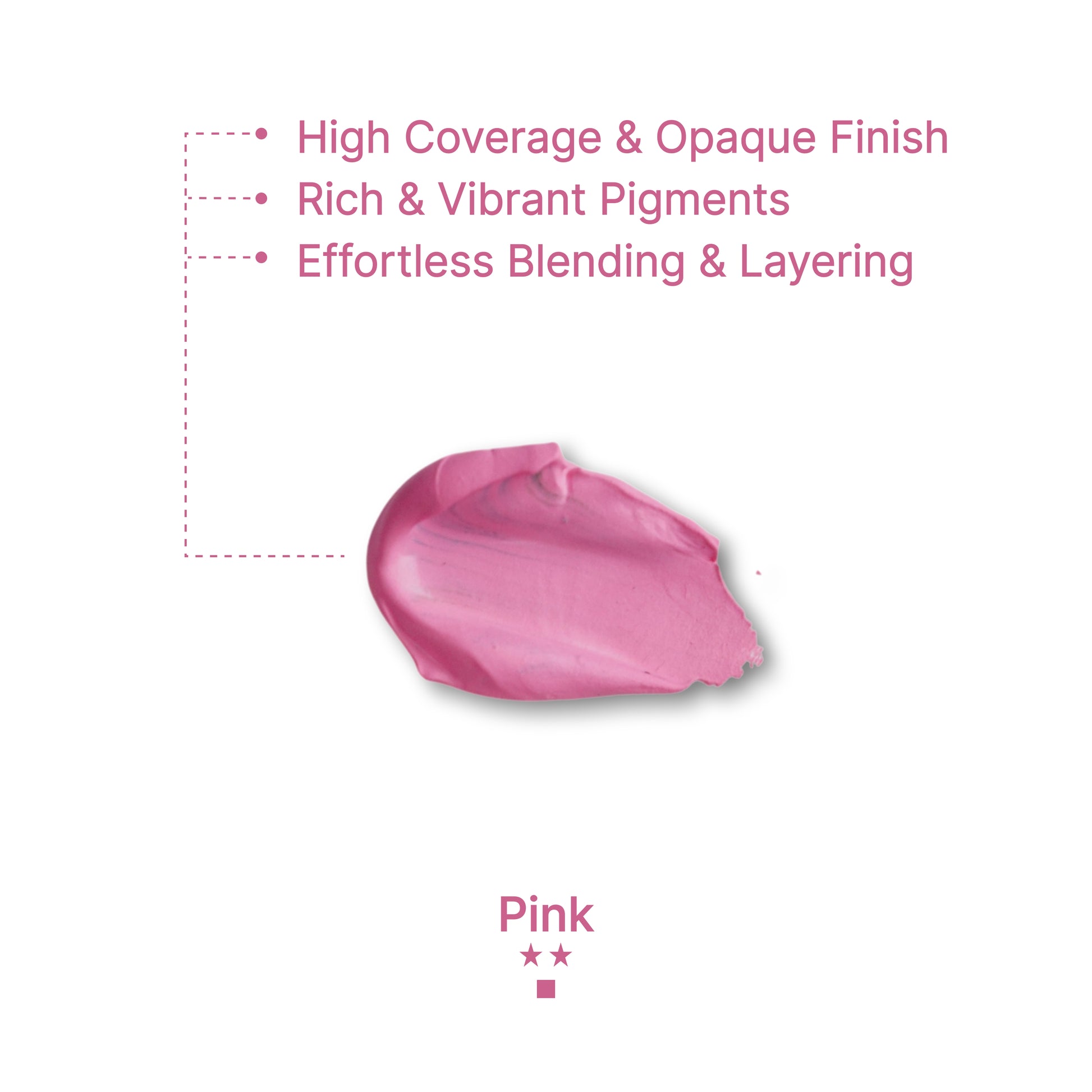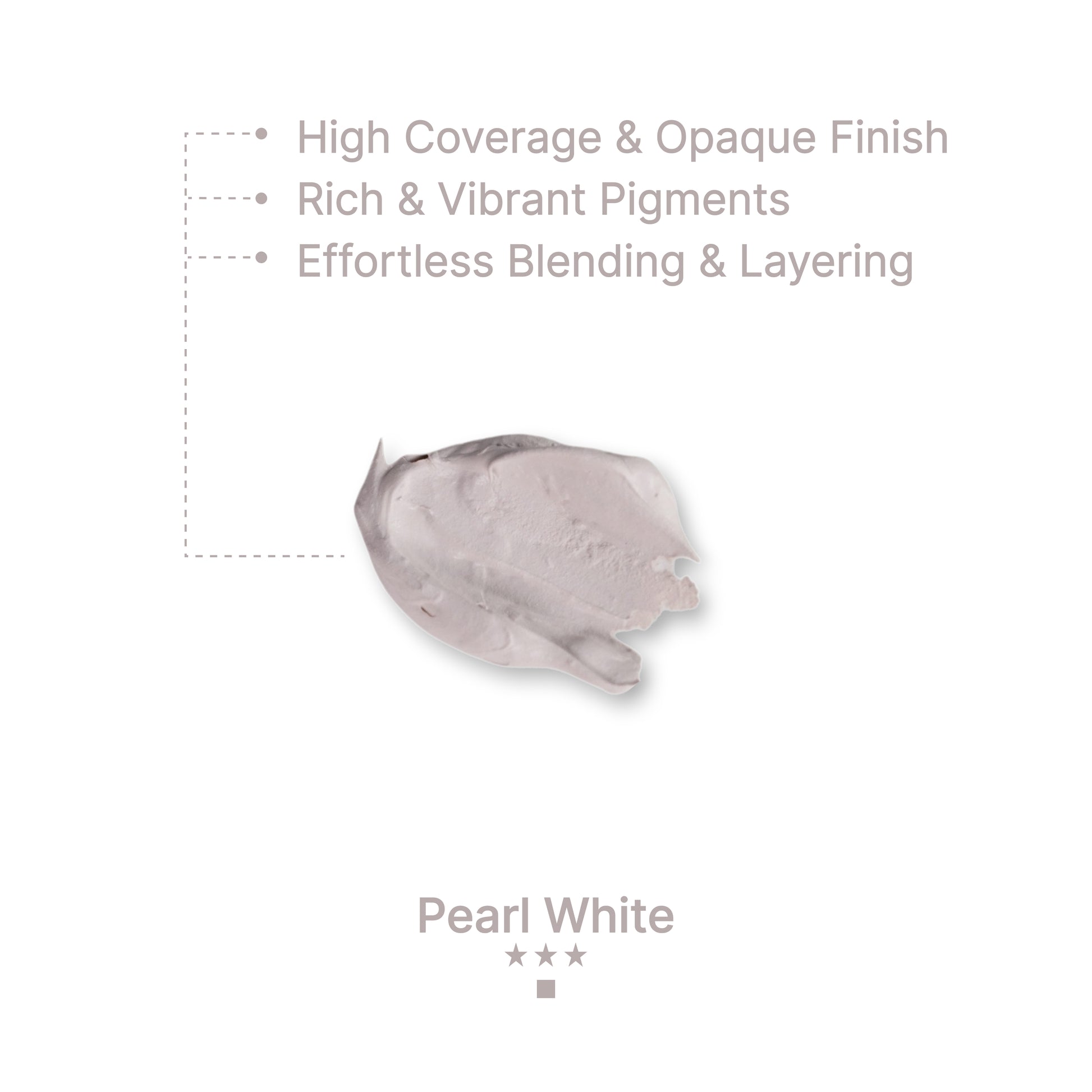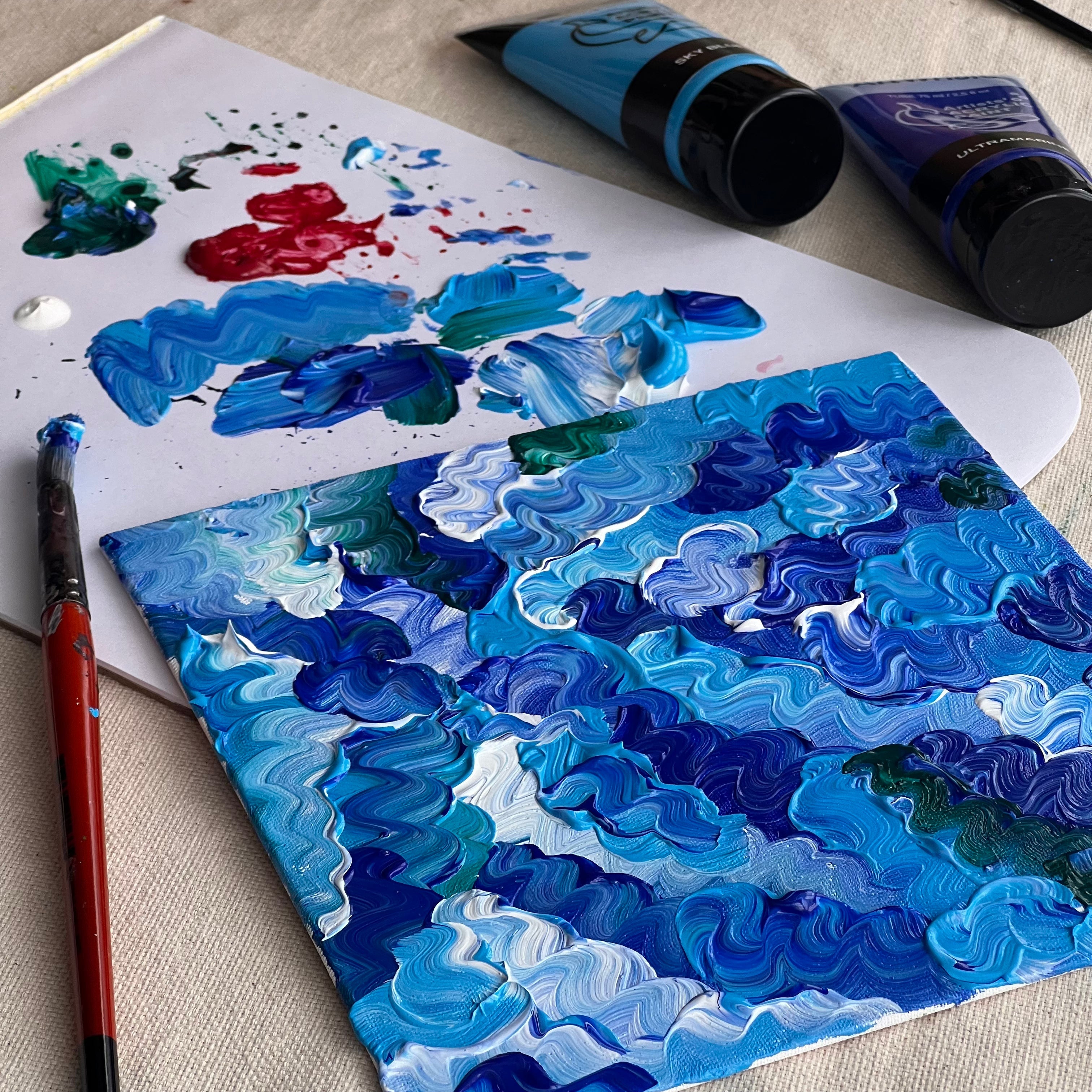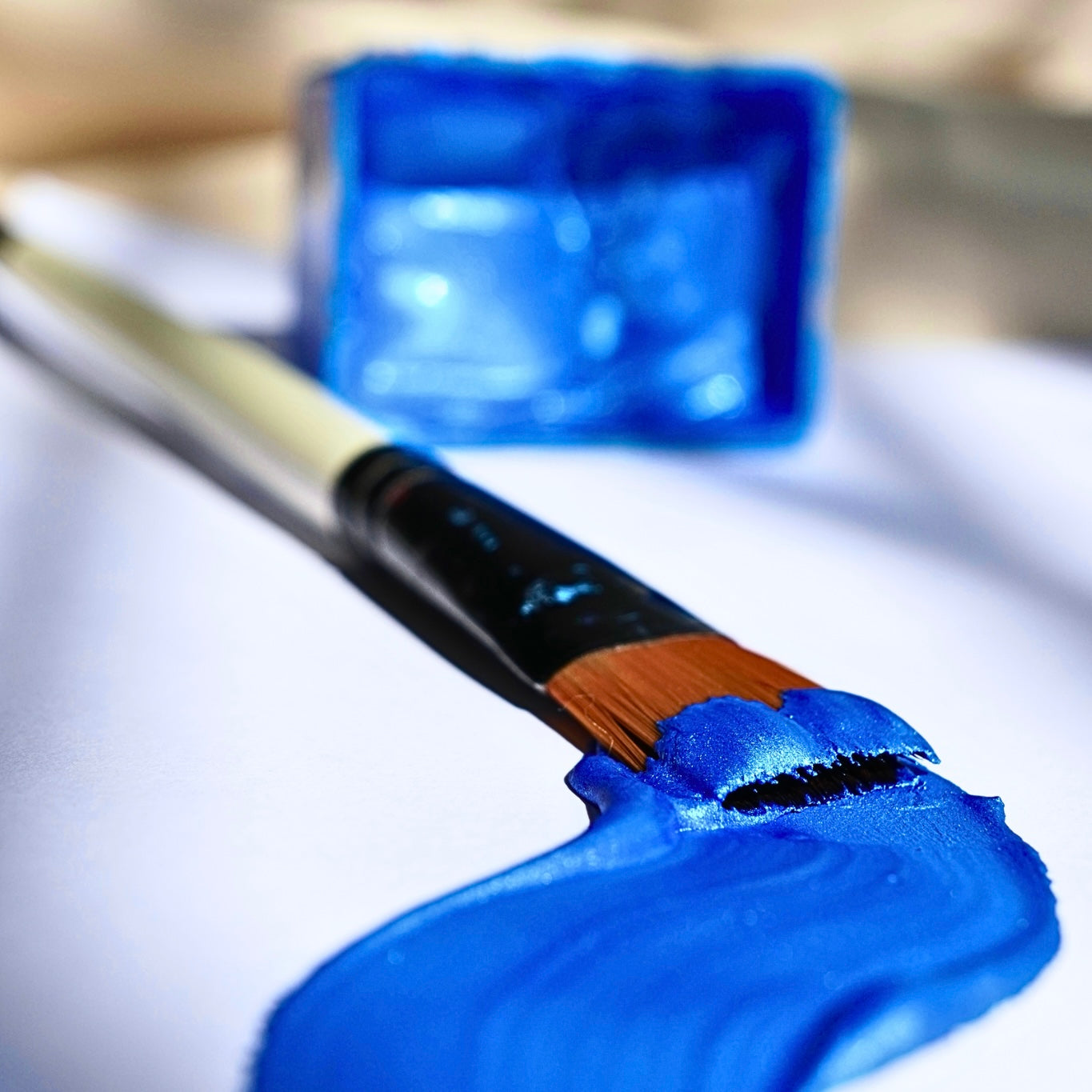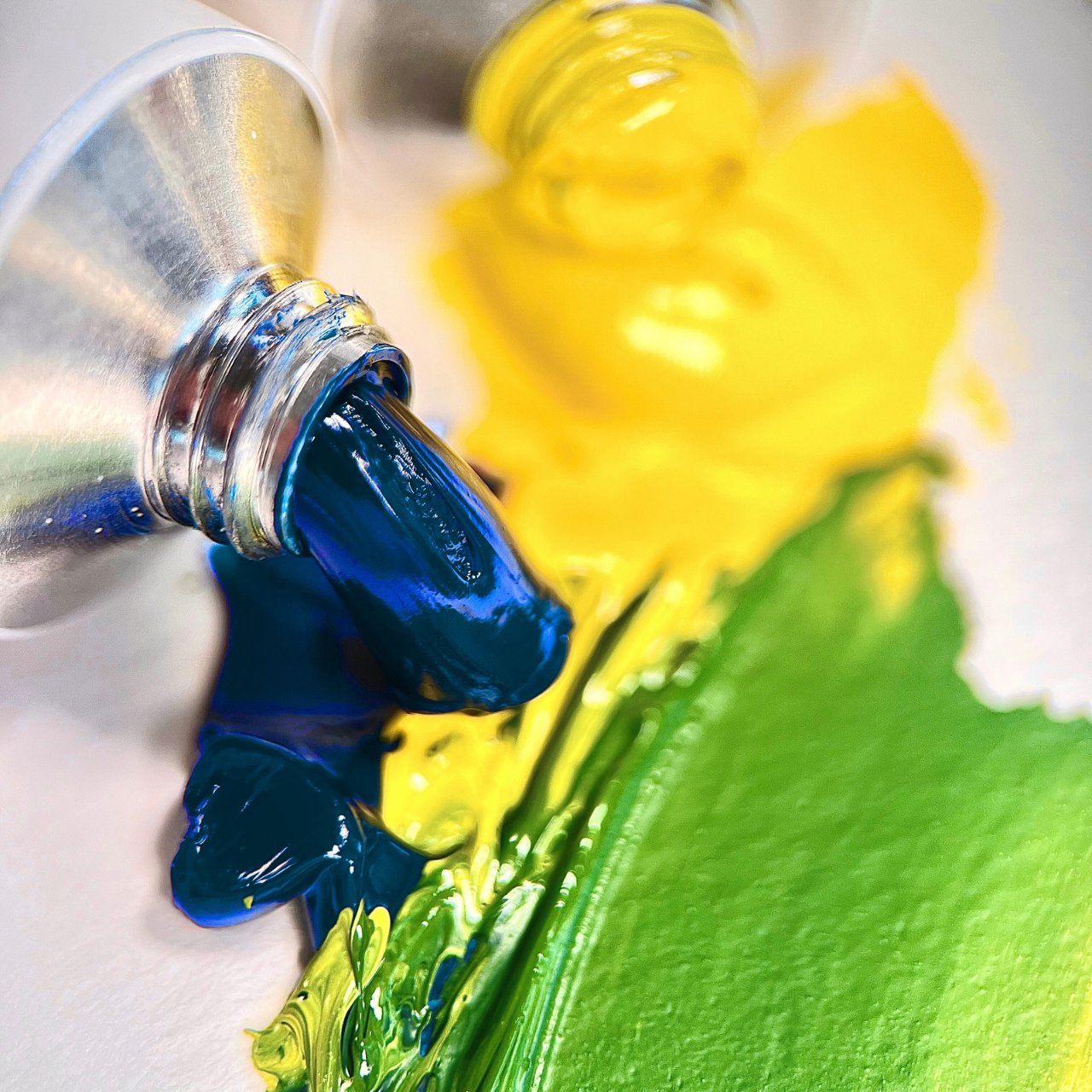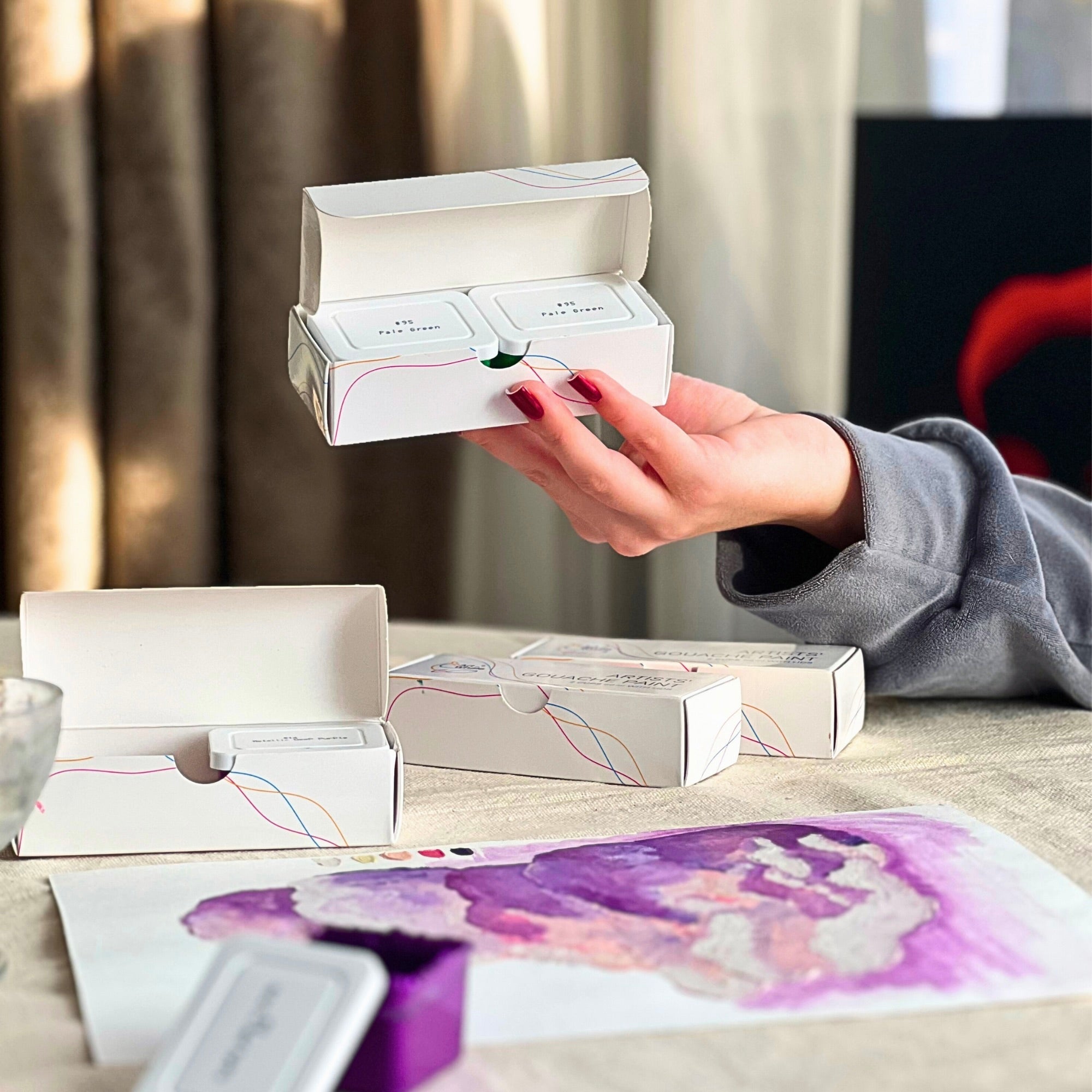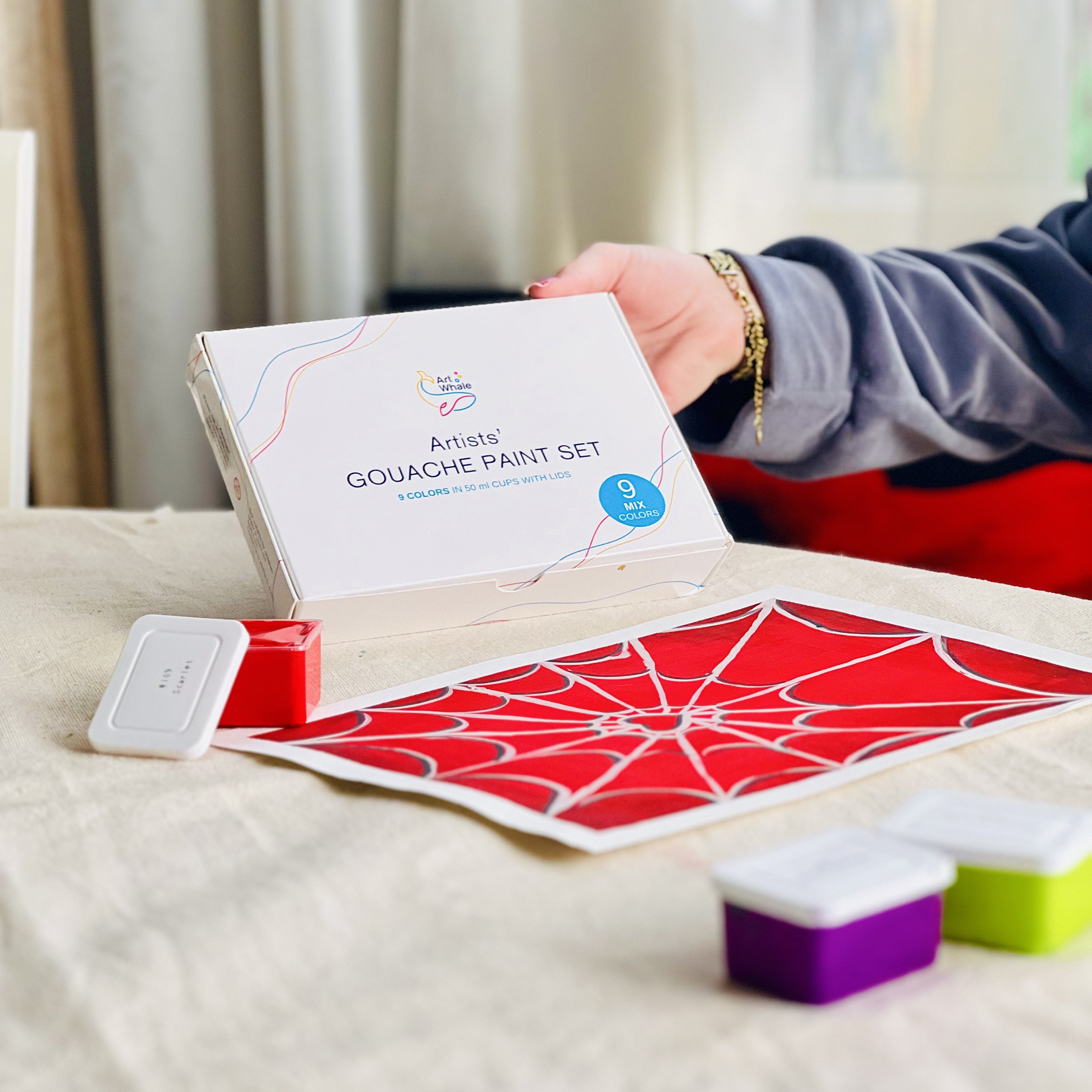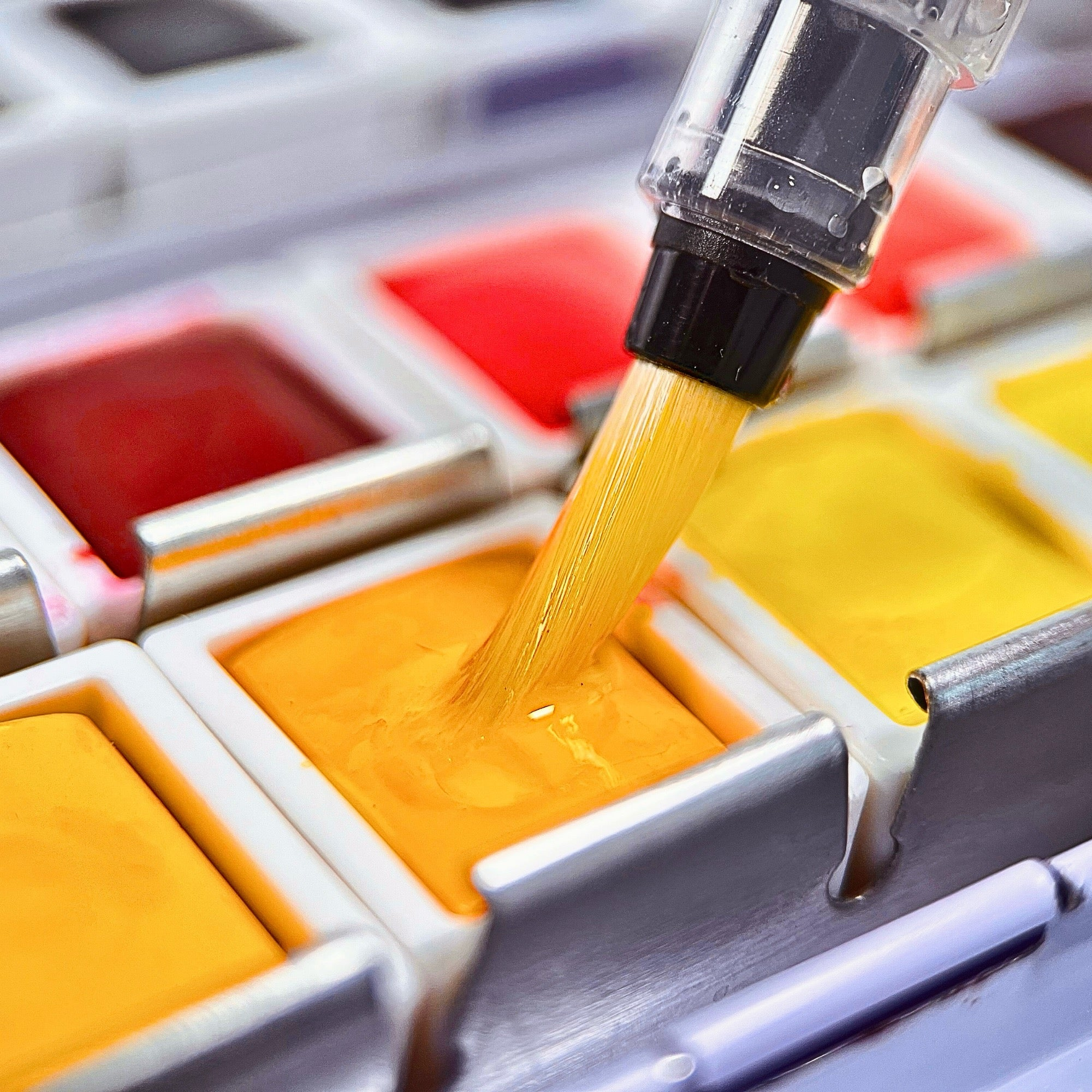-
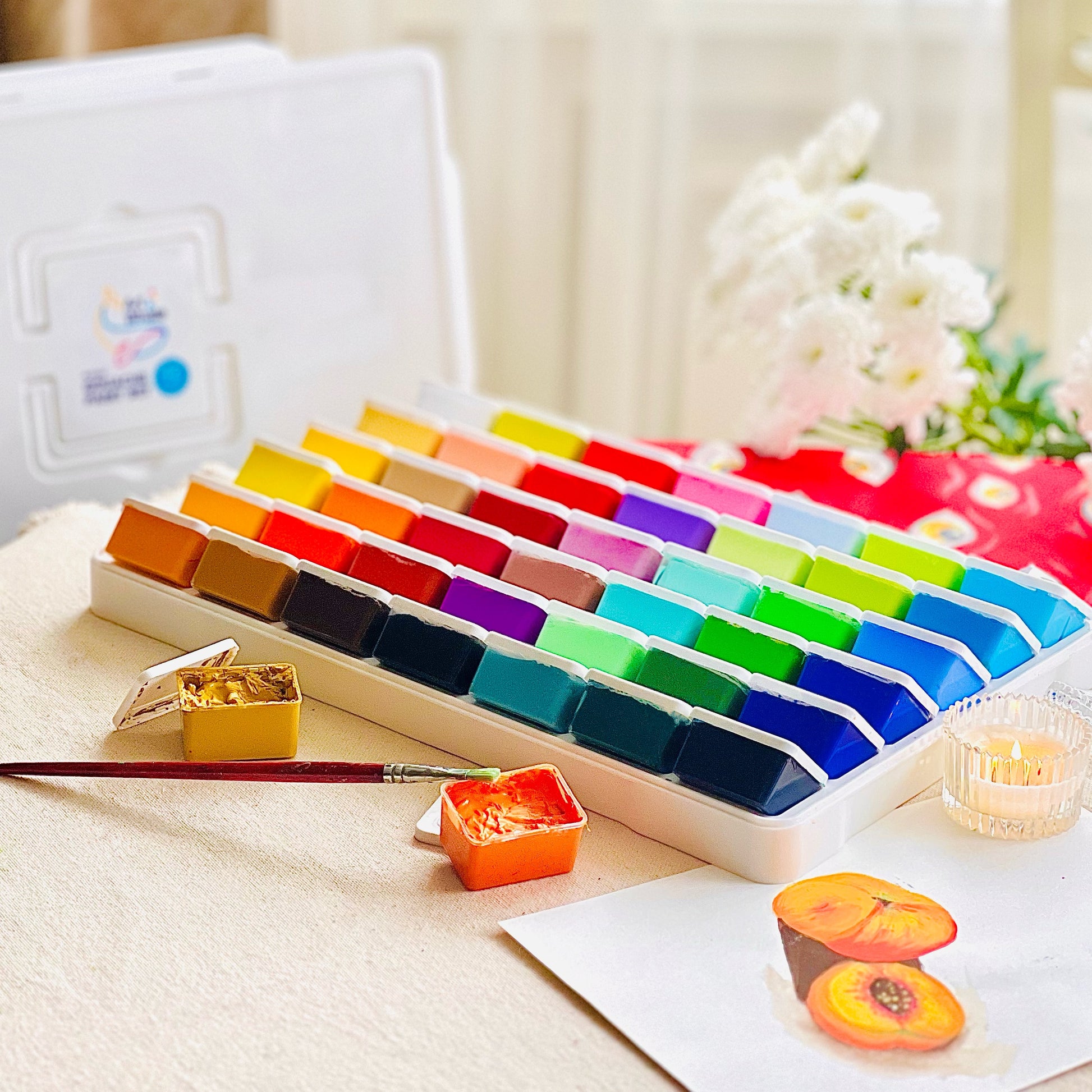 Sale
SaleGouache Paint Set 42 Colors | Basic
$59.99$56.99Gouache Paint Set 42 Colors | Basic
$56.99$59.99 -
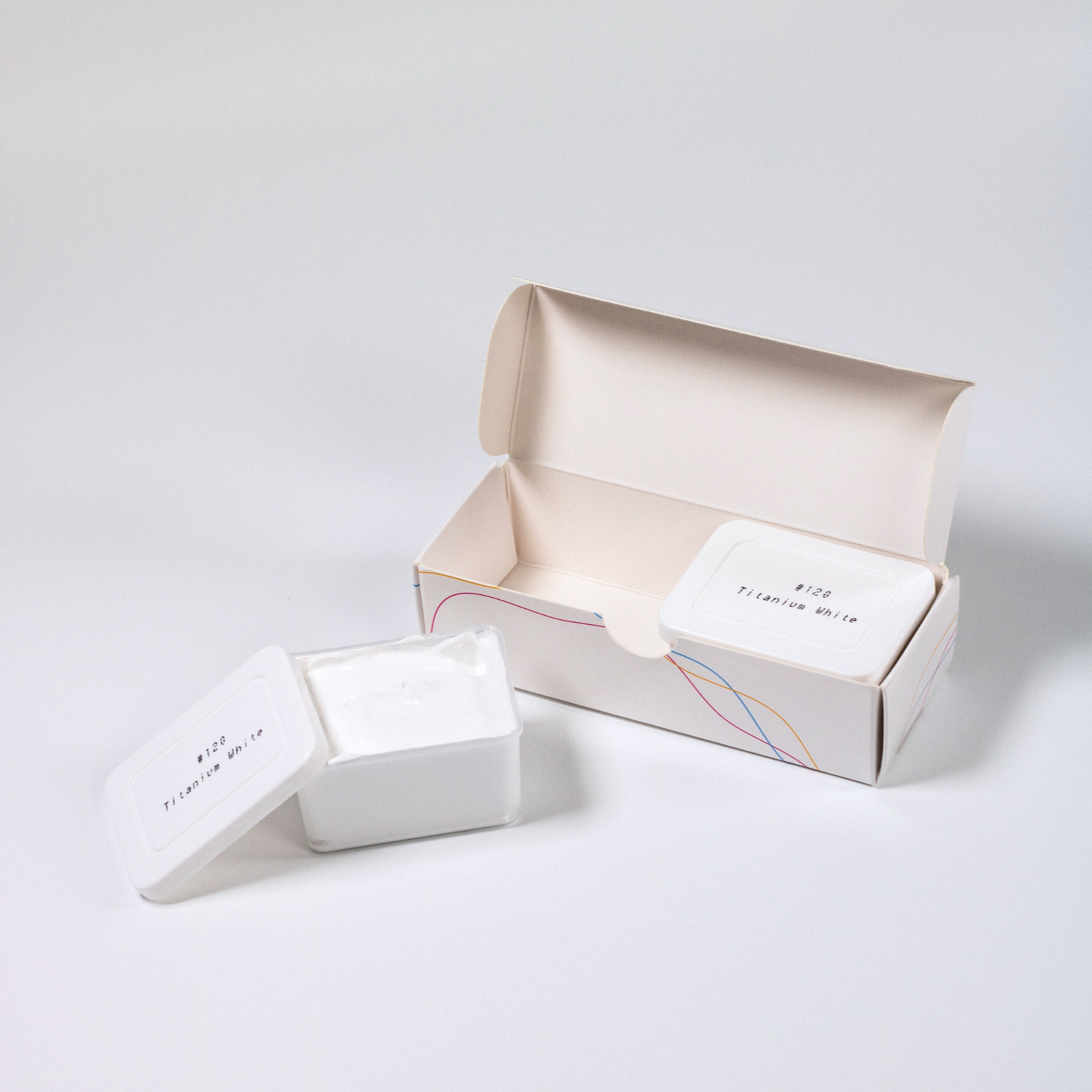
Gouache Titanium White Refills 50ml/1.7oz (2 pcs.)
$7.99Gouache Titanium White Refills 50ml/1.7oz (2 pcs.)
$7.99 -
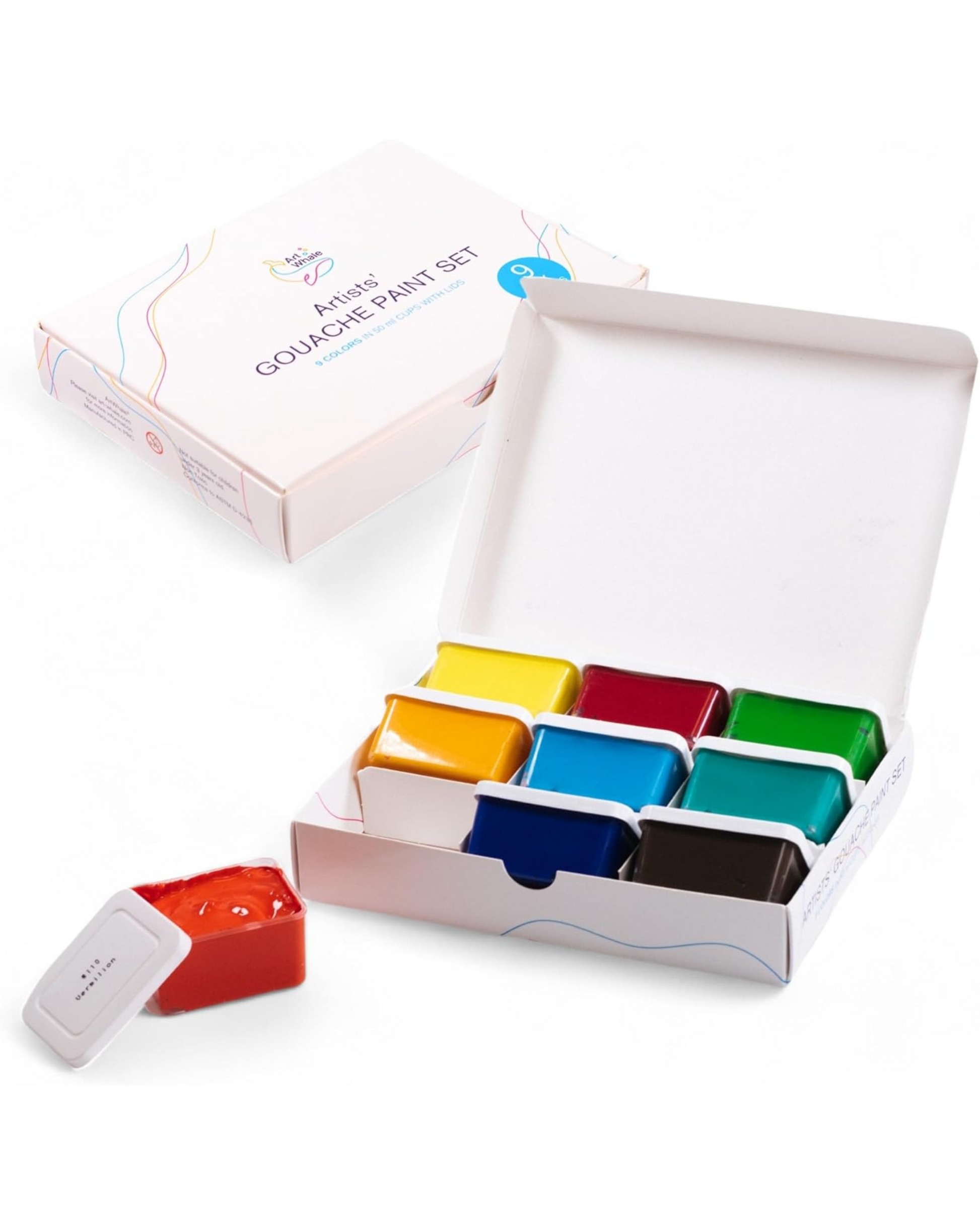
Gouache Paint Set 9 Basic Colors 50ml/1.7oz Cups With Lids/Refillable (9 pcs.)
$17.99Gouache Paint Set 9 Basic Colors 50ml/1.7oz Cups With Lids/Refillable (9 pcs.)
$17.99 -
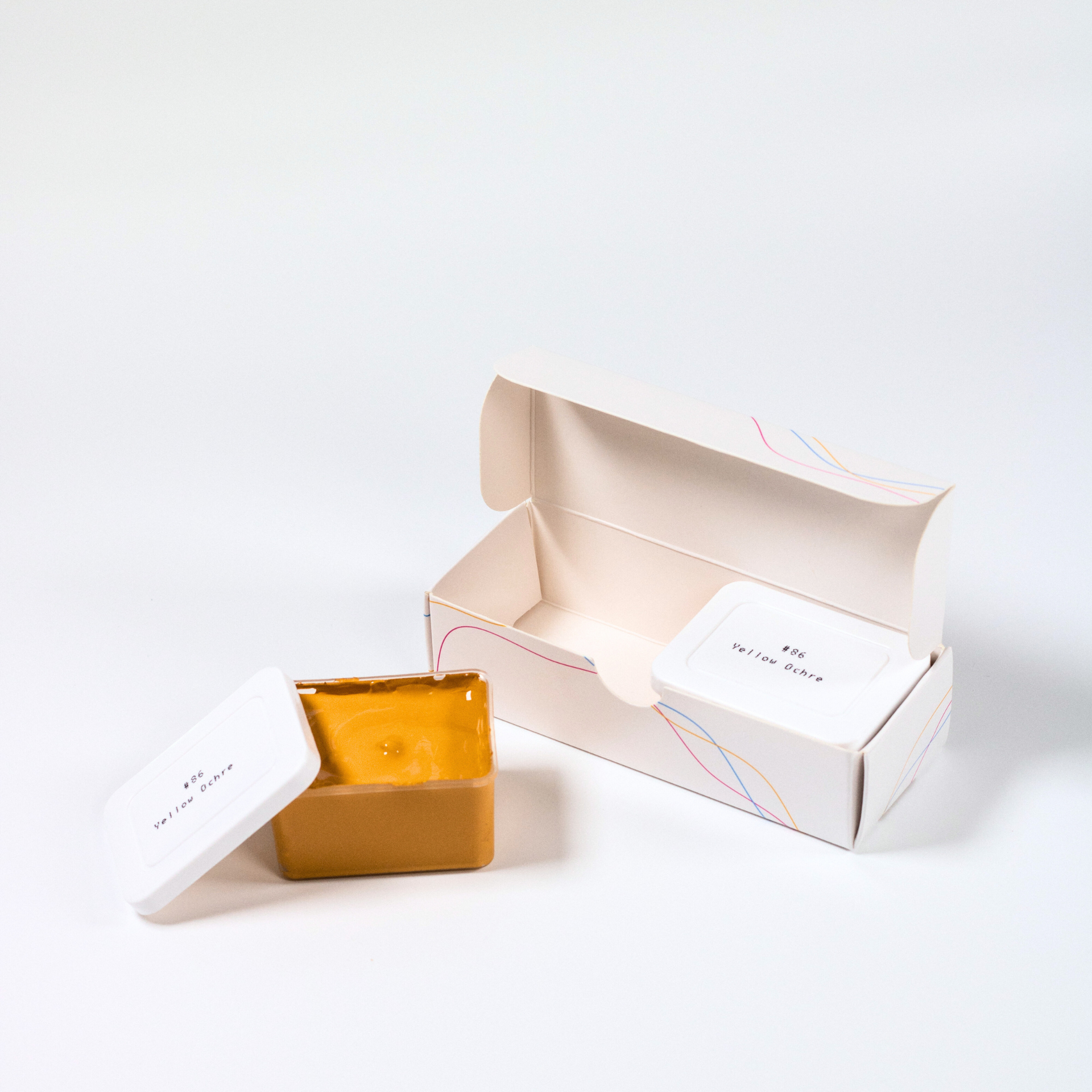
Gouache Yellow Ochre Refills 50ml/1.7oz (2 pcs.)
$7.99Gouache Yellow Ochre Refills 50ml/1.7oz (2 pcs.)
$7.99 -
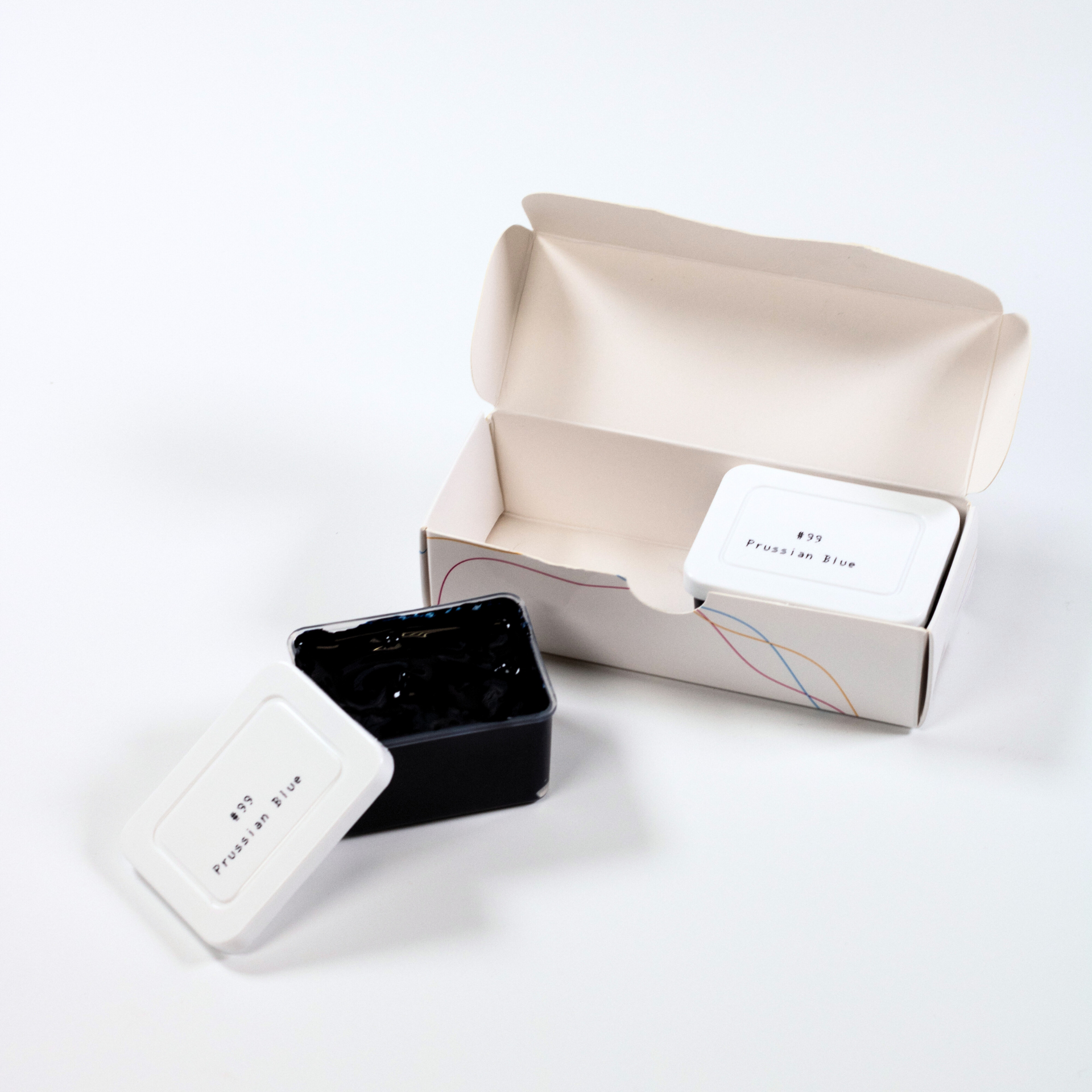
Gouache Prussian Blue Refills 50ml/1.7oz (2 pcs.)
$7.99Gouache Prussian Blue Refills 50ml/1.7oz (2 pcs.)
$7.99 -
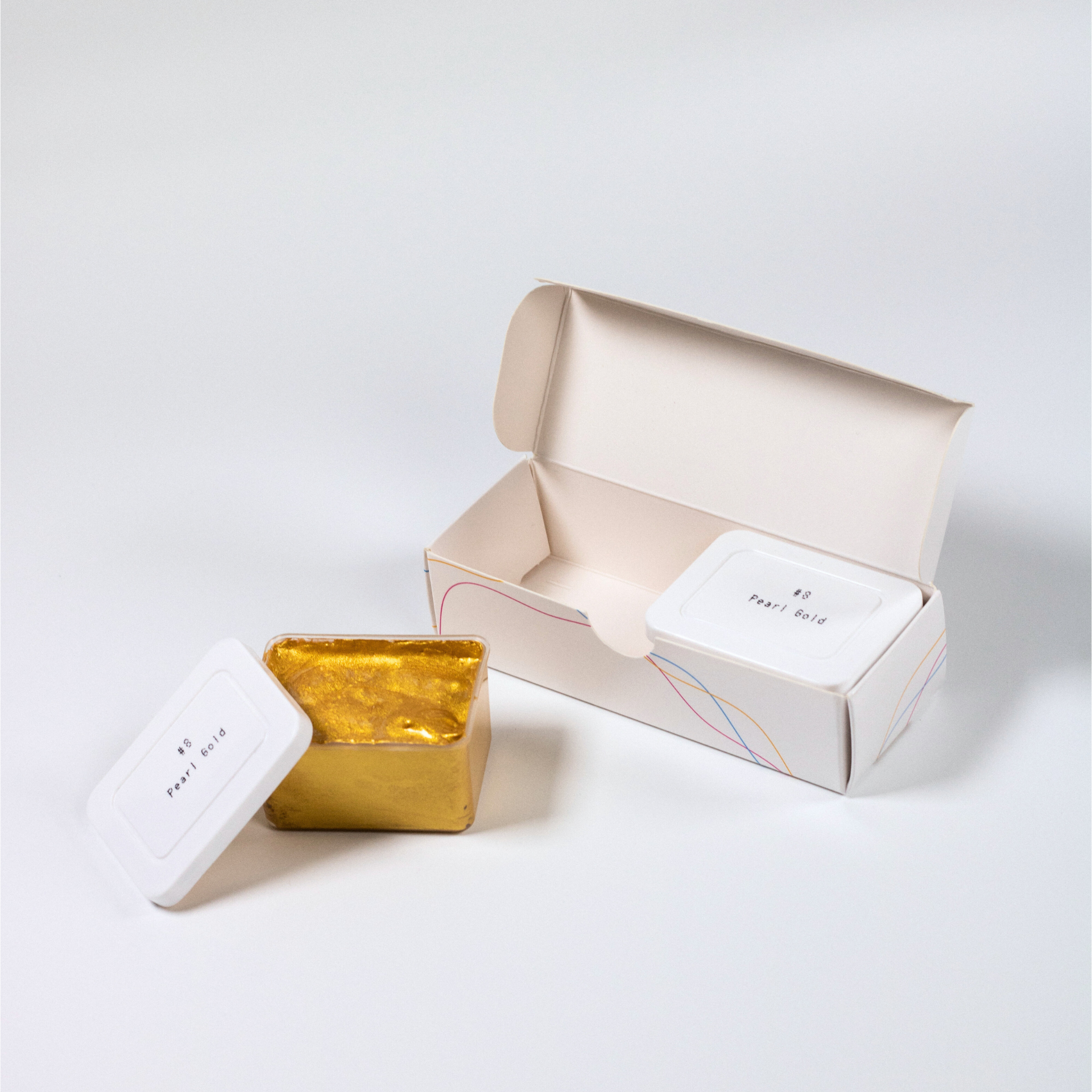
Gouache Metallic Gold Refills 50ml/1.7oz (2 pcs.)
$7.99Gouache Metallic Gold Refills 50ml/1.7oz (2 pcs.)
$7.99 -
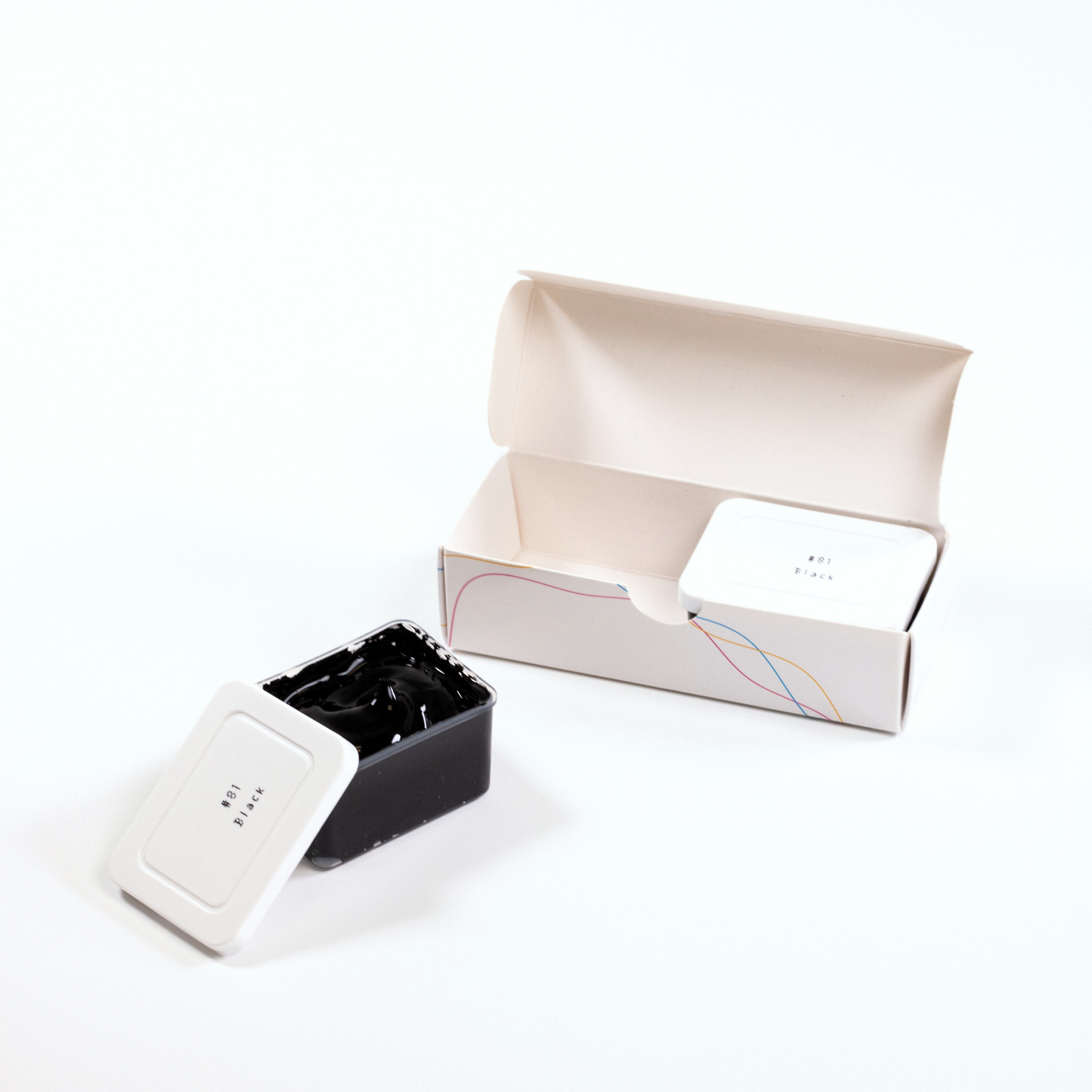
Gouache Black Refills 50ml/1.7oz (2 pcs.)
$7.99Gouache Black Refills 50ml/1.7oz (2 pcs.)
$7.99 -
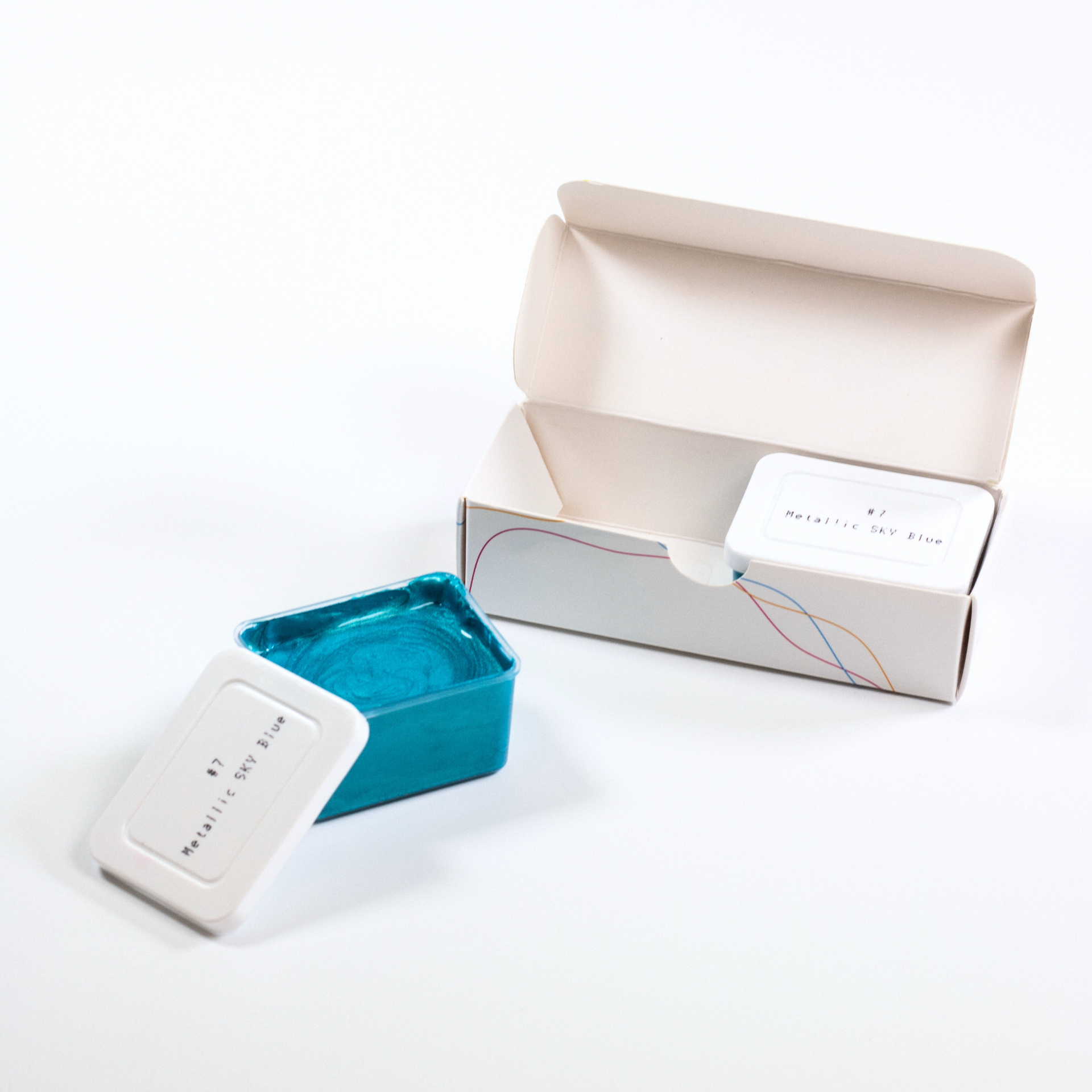
Gouache Metallic Sky Blue Refills 50ml/1.7oz (2 pcs.)
$7.99Gouache Metallic Sky Blue Refills 50ml/1.7oz (2 pcs.)
$7.99 -
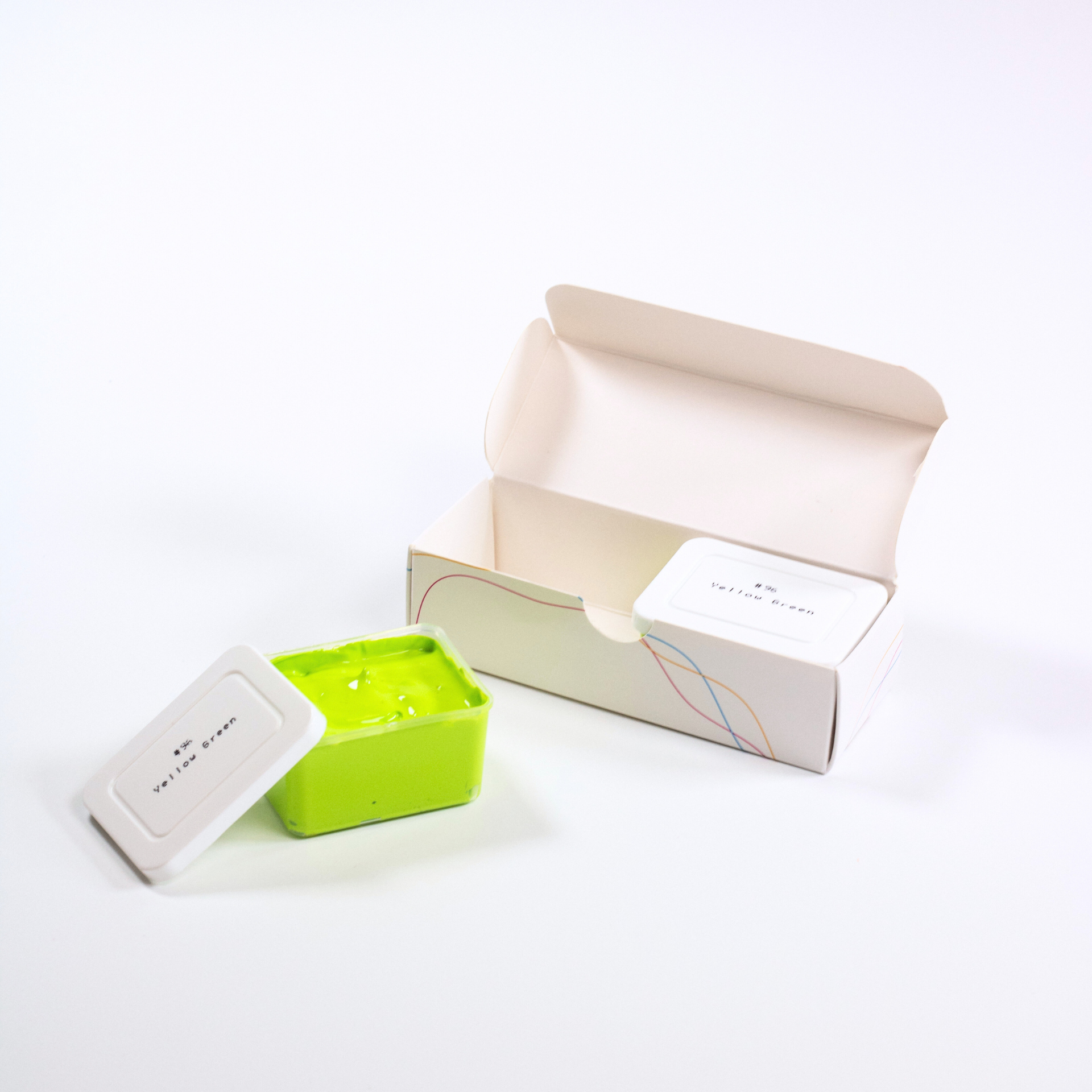
Gouache Yellow Green Refills 50ml/1.7oz (2 pcs.)
$7.99Gouache Yellow Green Refills 50ml/1.7oz (2 pcs.)
$7.99 -
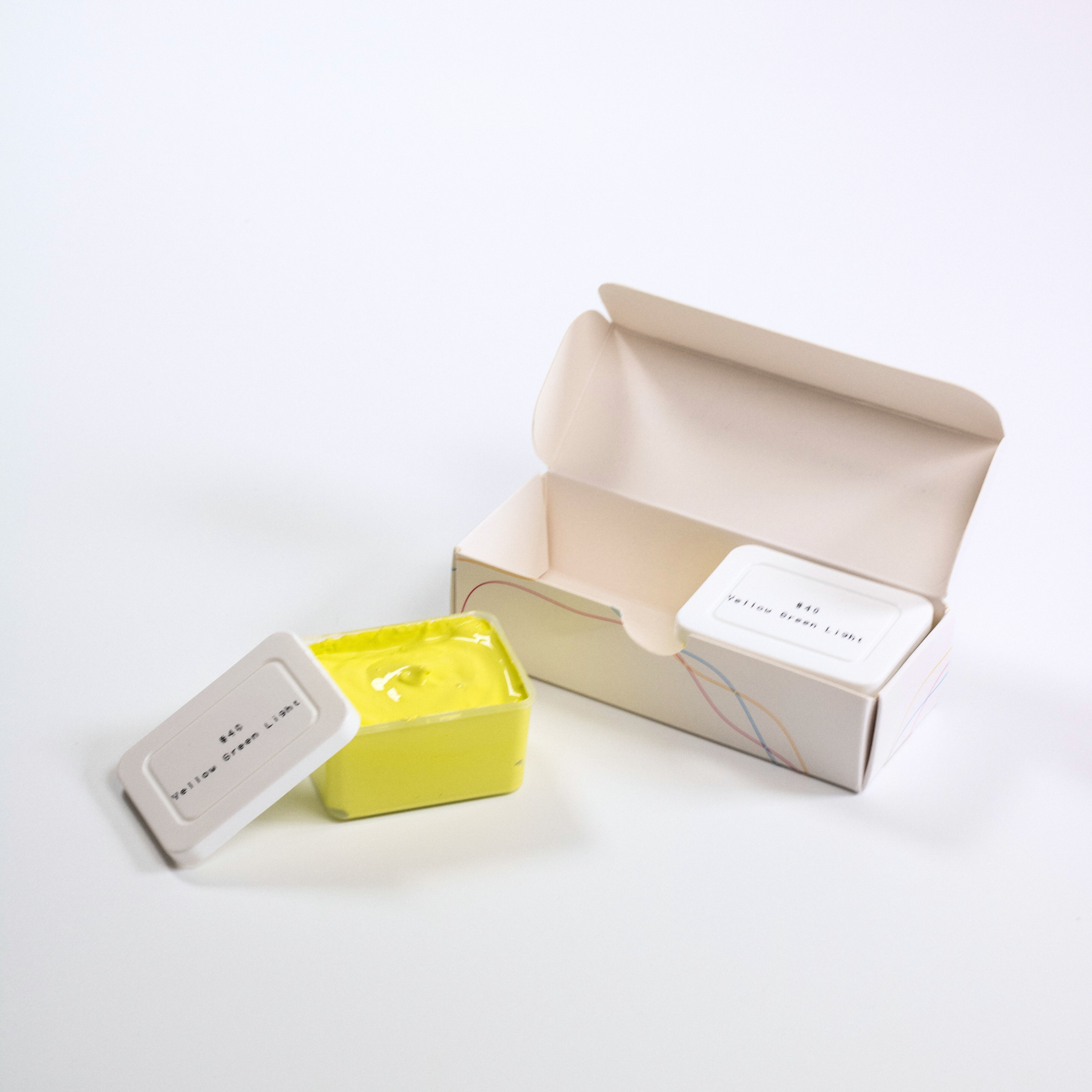
Gouache Yellow Green Light Refills 50ml/1.7oz (2 pcs.)
$7.99Gouache Yellow Green Light Refills 50ml/1.7oz (2 pcs.)
$7.99 -
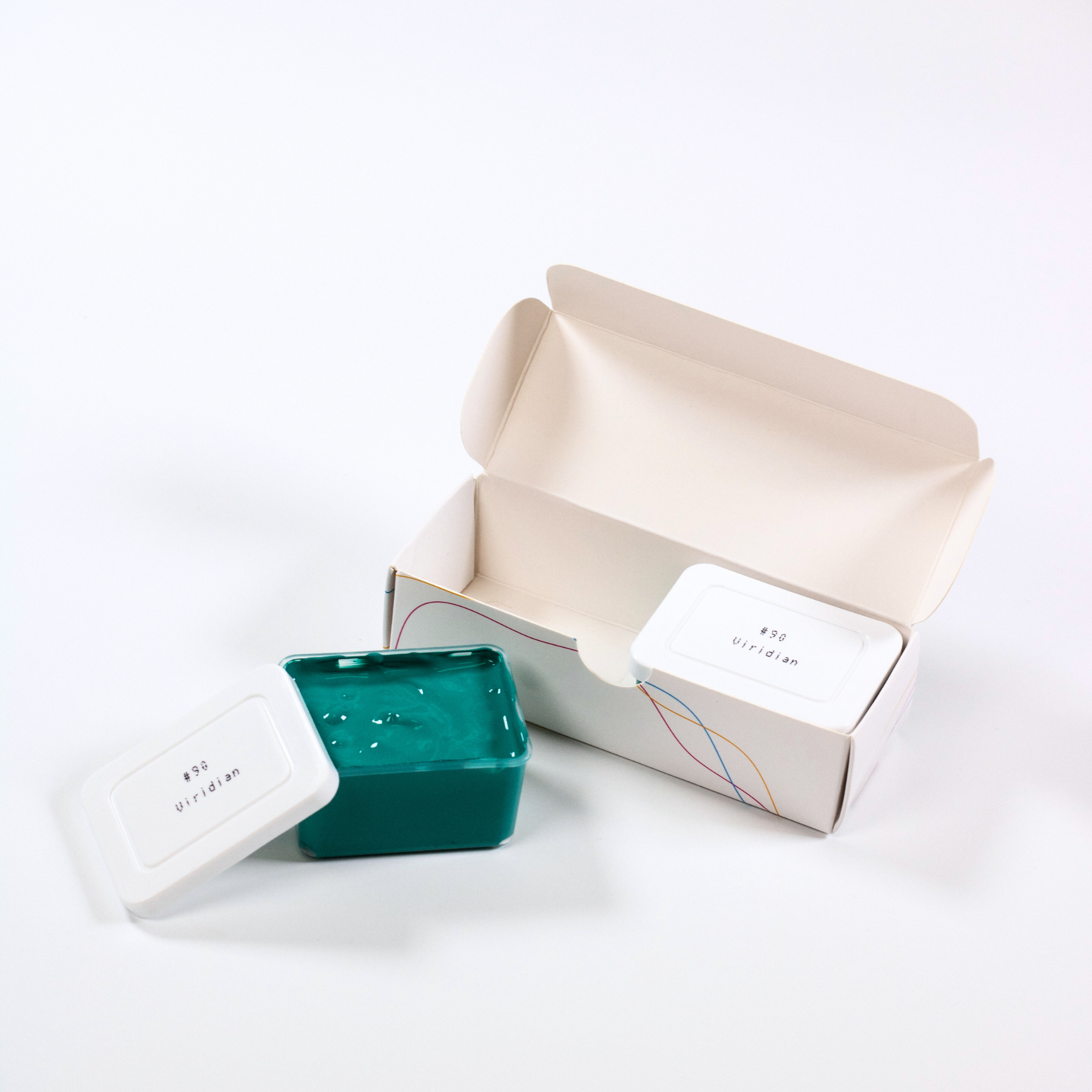
Gouache Viridian Refills 50ml/1.7oz (2 pcs.)
$7.99Gouache Viridian Refills 50ml/1.7oz (2 pcs.)
$7.99 -
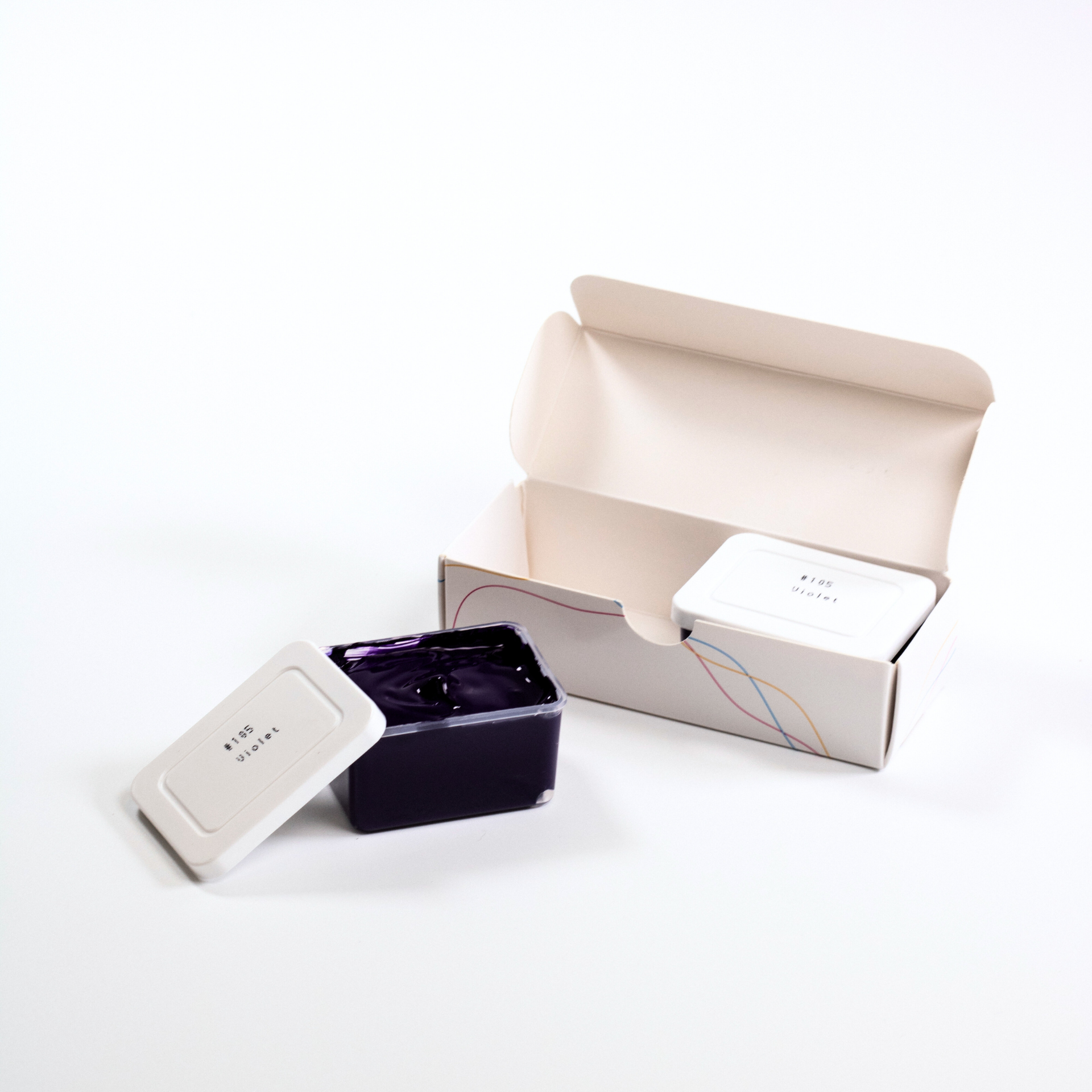
Gouache Violet Refills 50ml/1.7oz (2 pcs.)
$7.99Gouache Violet Refills 50ml/1.7oz (2 pcs.)
$7.99 -
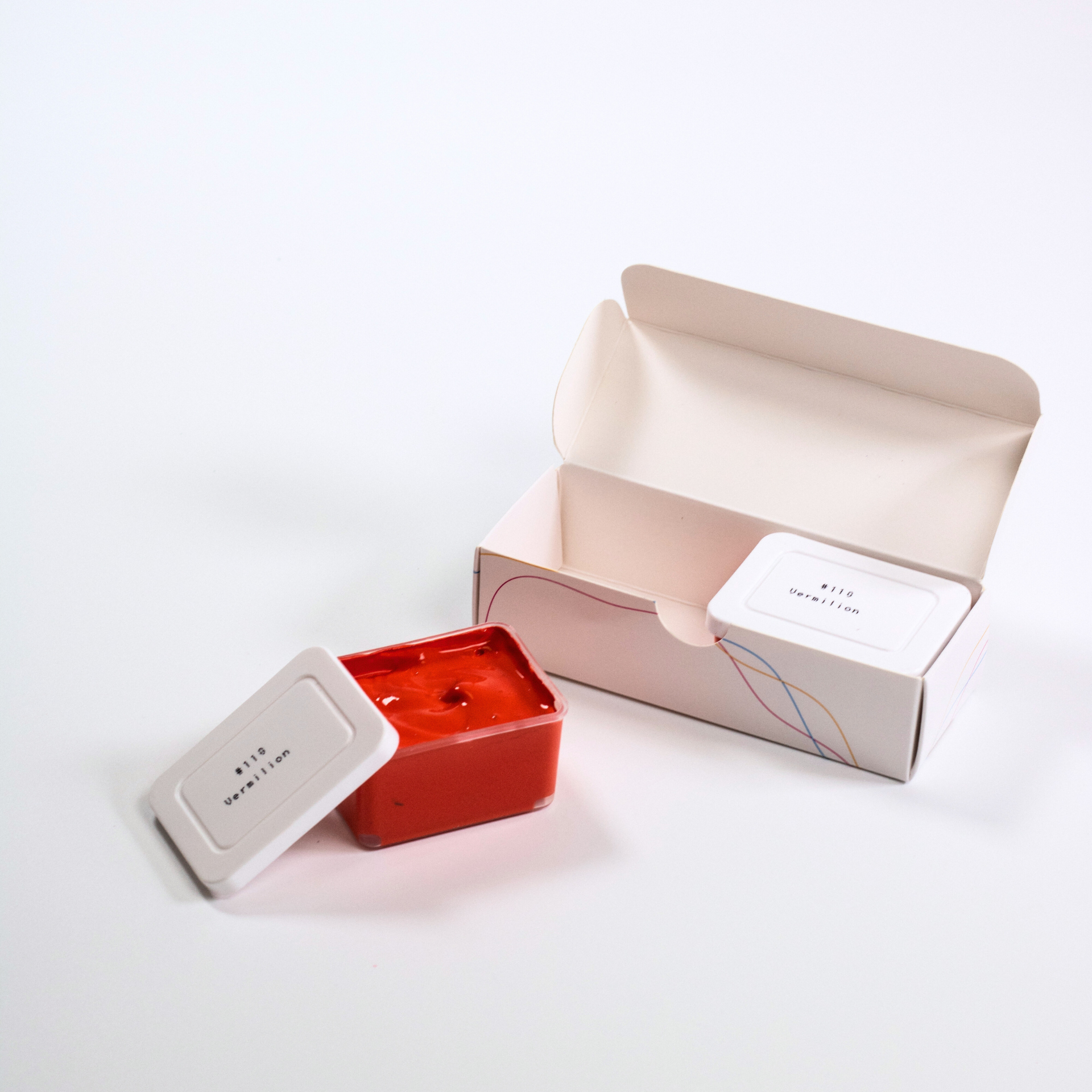
Gouache Vermilion Refills 50ml/1.7oz (2 pcs.)
$7.99Gouache Vermilion Refills 50ml/1.7oz (2 pcs.)
$7.99 -
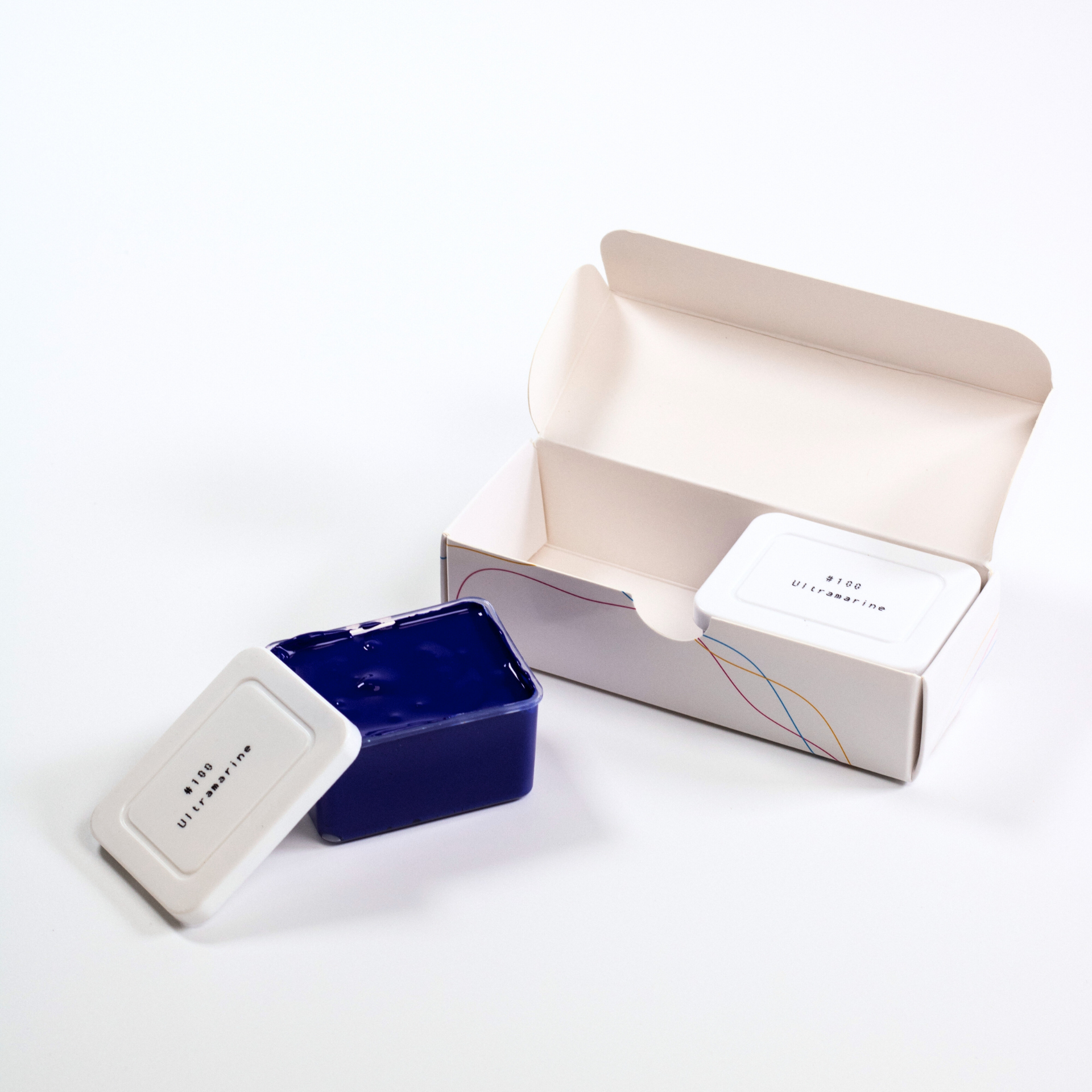
Gouache Ultramarine Refills 50ml/1.7oz (2 pcs.)
$7.99Gouache Ultramarine Refills 50ml/1.7oz (2 pcs.)
$7.99 -
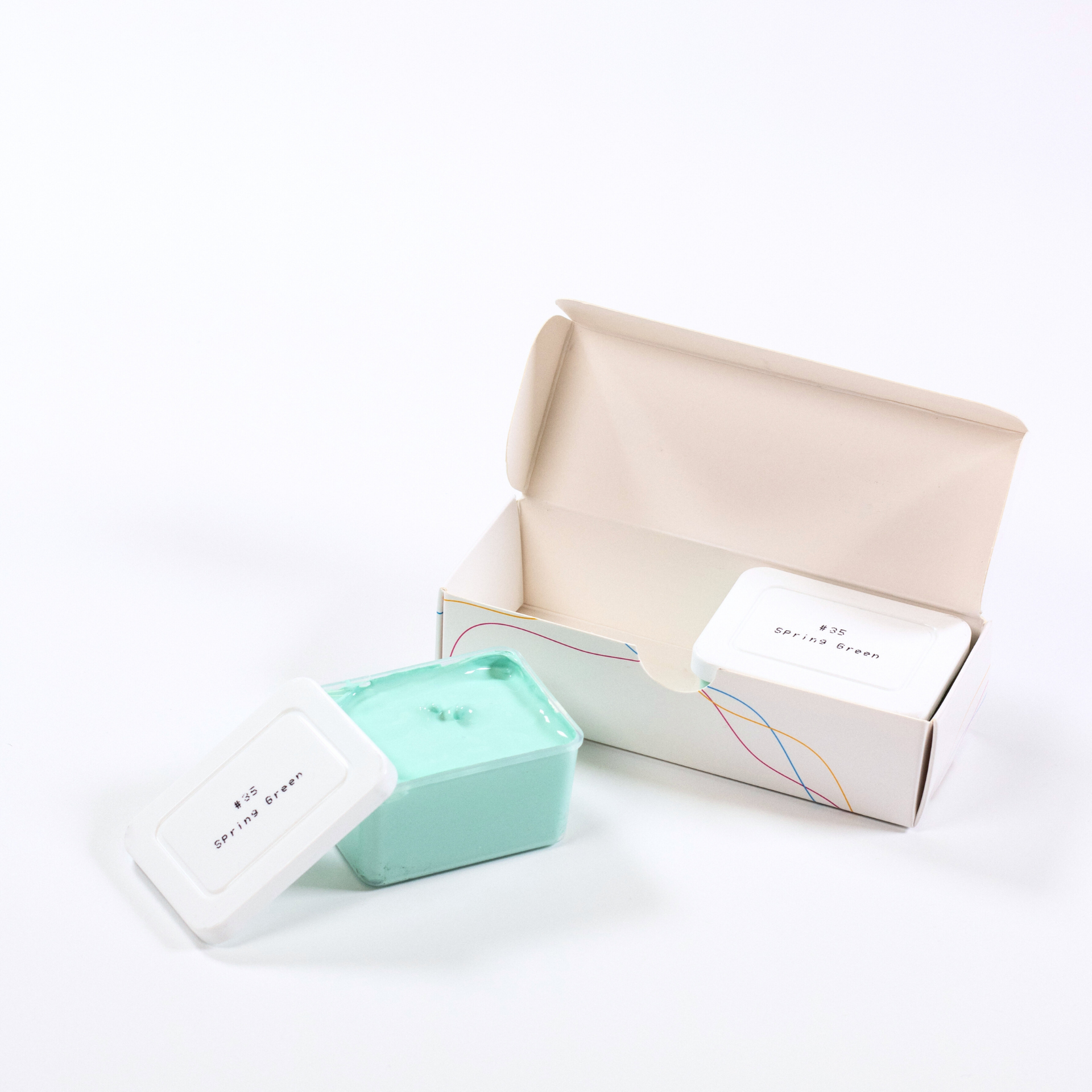
Gouache Spring Green Refills 50ml/1.7oz (2 pcs.)
$7.99Gouache Spring Green Refills 50ml/1.7oz (2 pcs.)
$7.99 -
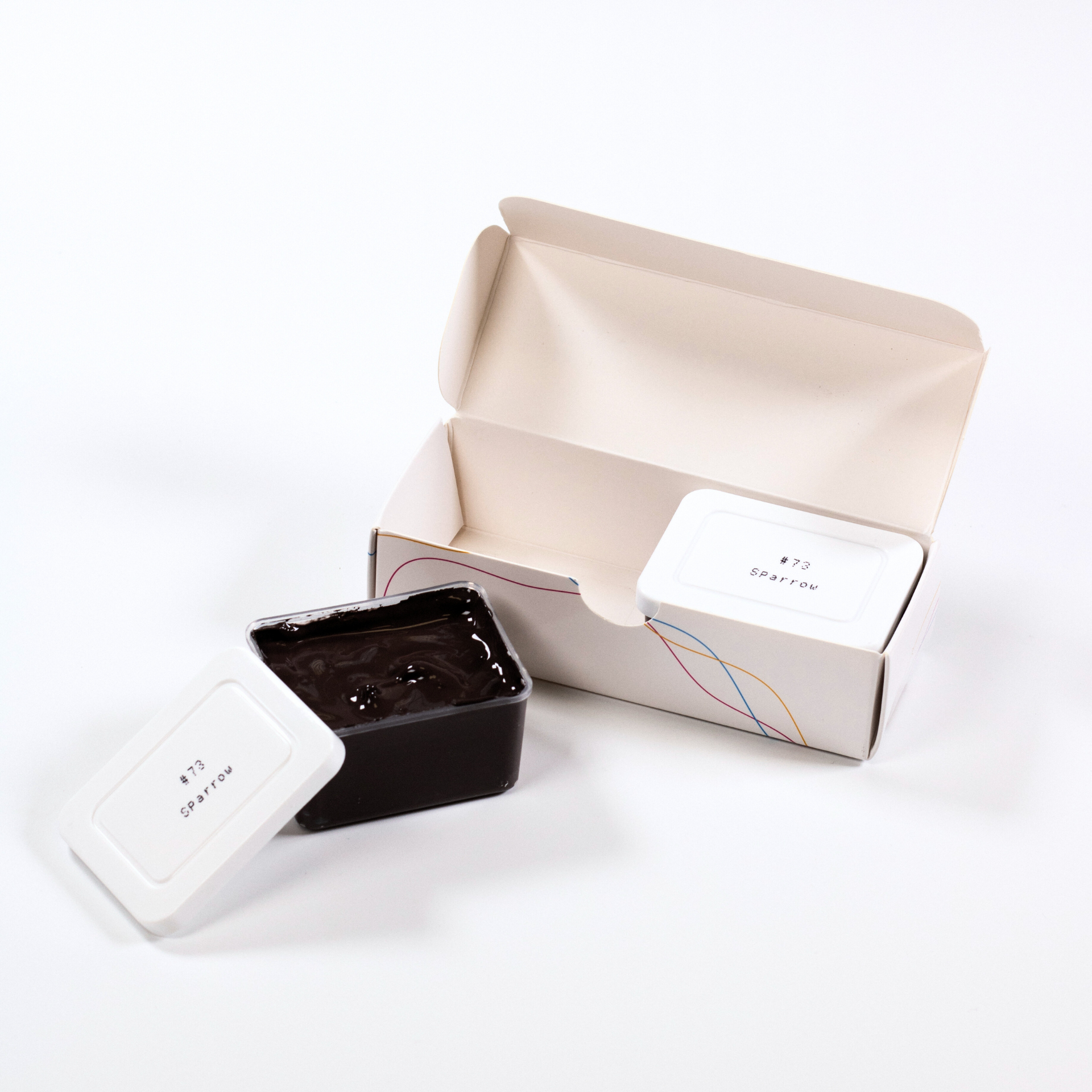
Gouache Sparrow Refills 50ml/1.7oz (2 pcs.)
$7.99Gouache Sparrow Refills 50ml/1.7oz (2 pcs.)
$7.99 -
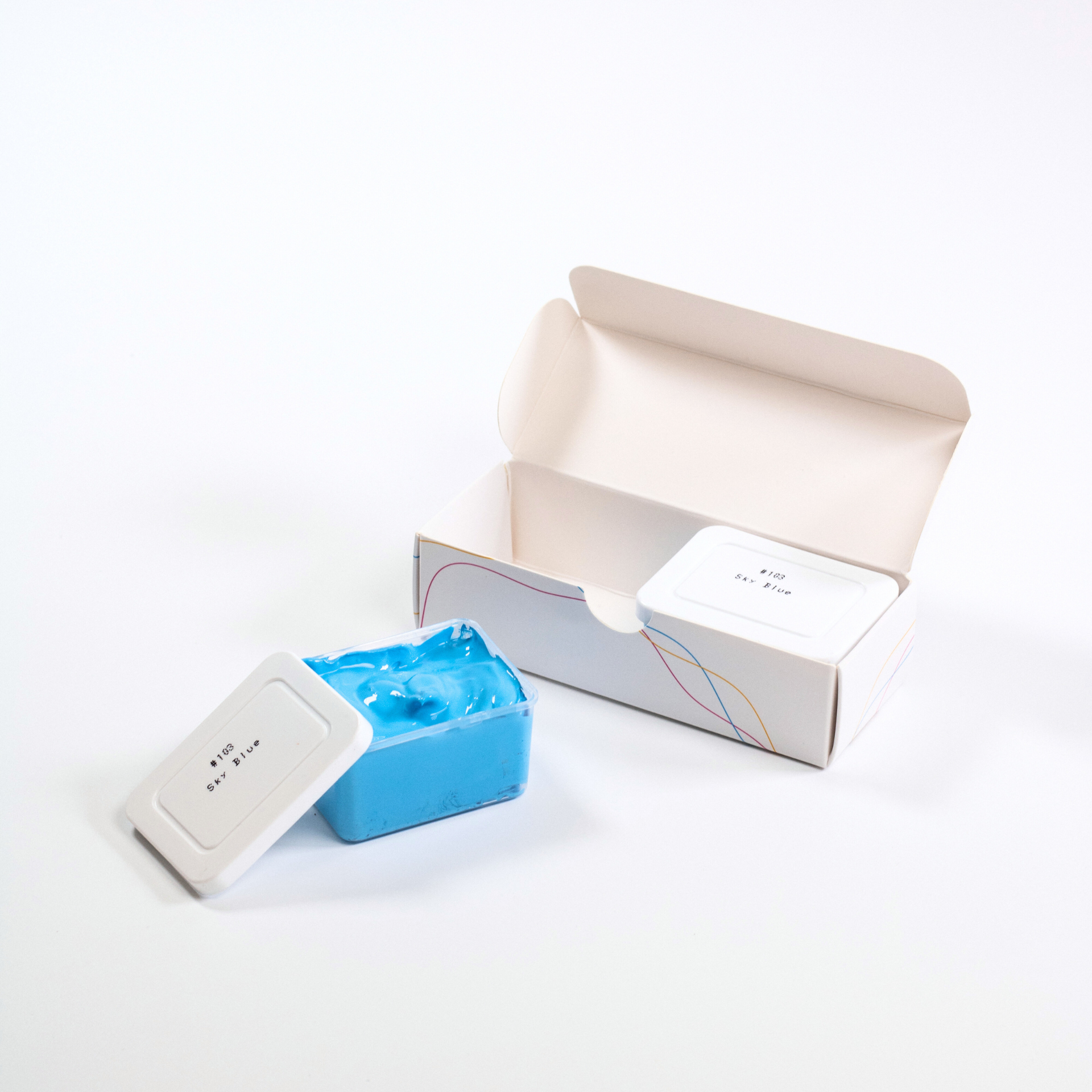
Gouache Sky Blue Refills 50ml/1.7oz (2 pcs.)
$7.99Gouache Sky Blue Refills 50ml/1.7oz (2 pcs.)
$7.99 -
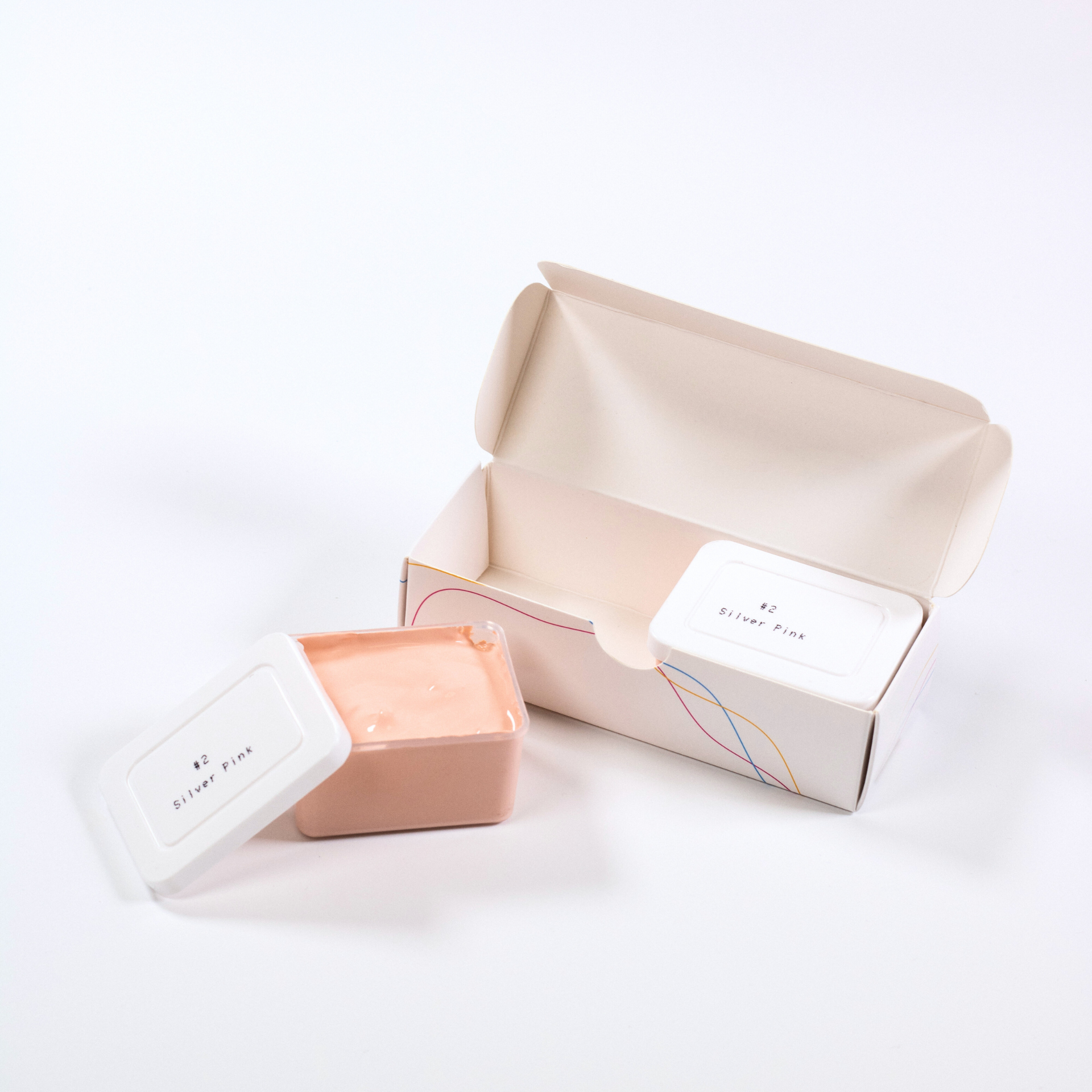
Gouache Silver Pink Refills 50ml/1.7oz (2 pcs.)
$7.99Gouache Silver Pink Refills 50ml/1.7oz (2 pcs.)
$7.99 -
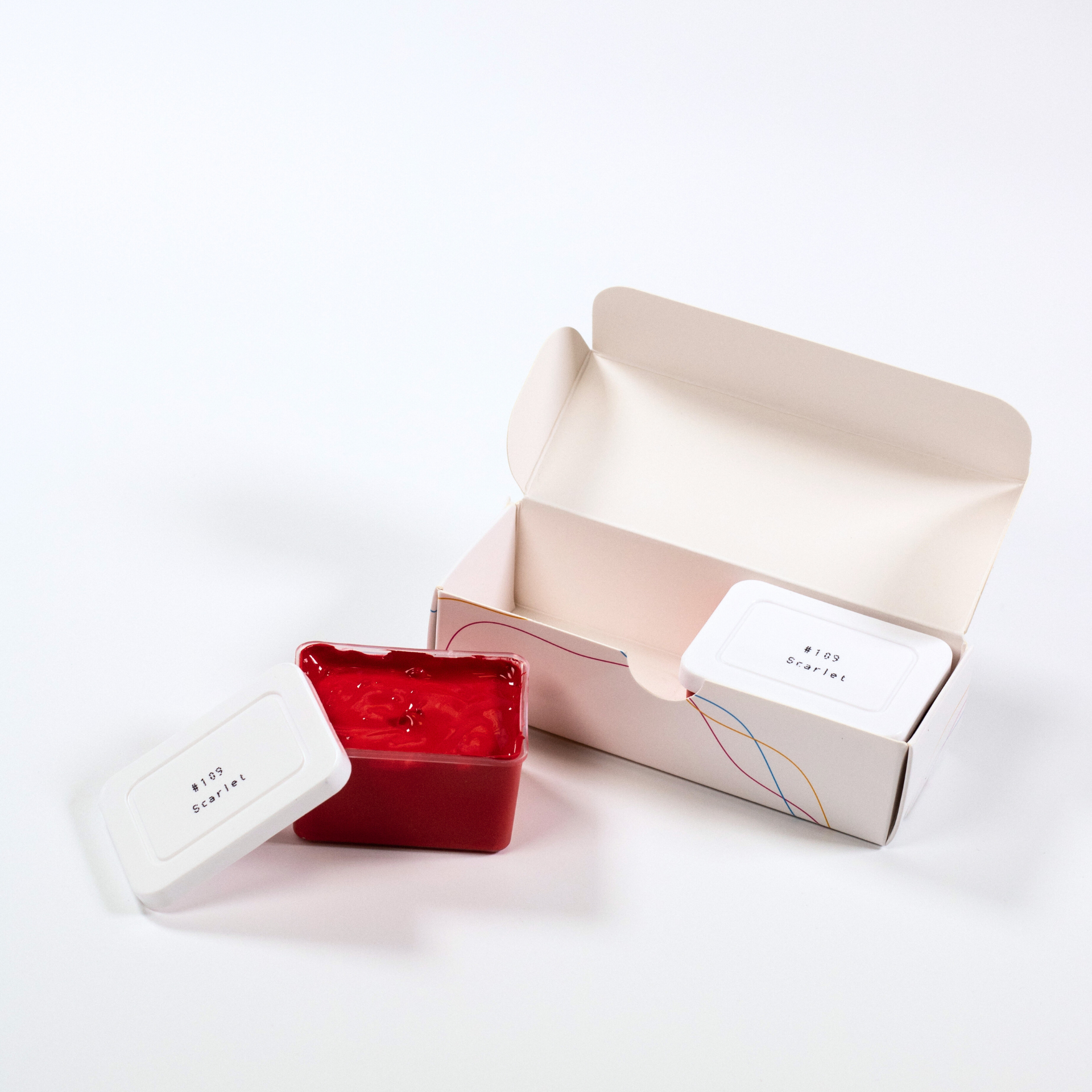
Gouache Scarlet Refills 50ml/1.7oz (2 pcs.)
$7.99Gouache Scarlet Refills 50ml/1.7oz (2 pcs.)
$7.99 -
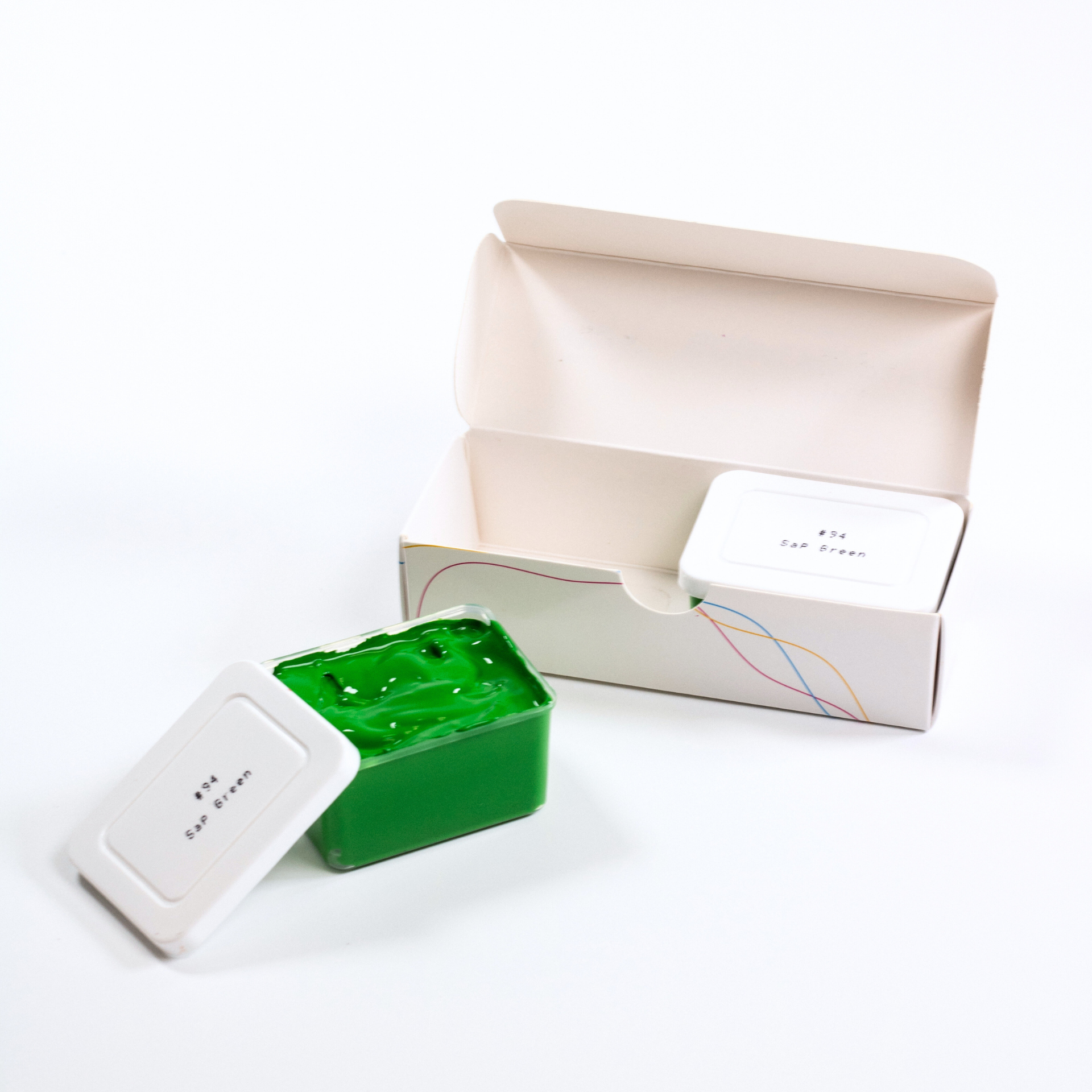
Gouache Sap Green Refills 50ml/1.7oz (2 pcs.)
$7.99Gouache Sap Green Refills 50ml/1.7oz (2 pcs.)
$7.99 -
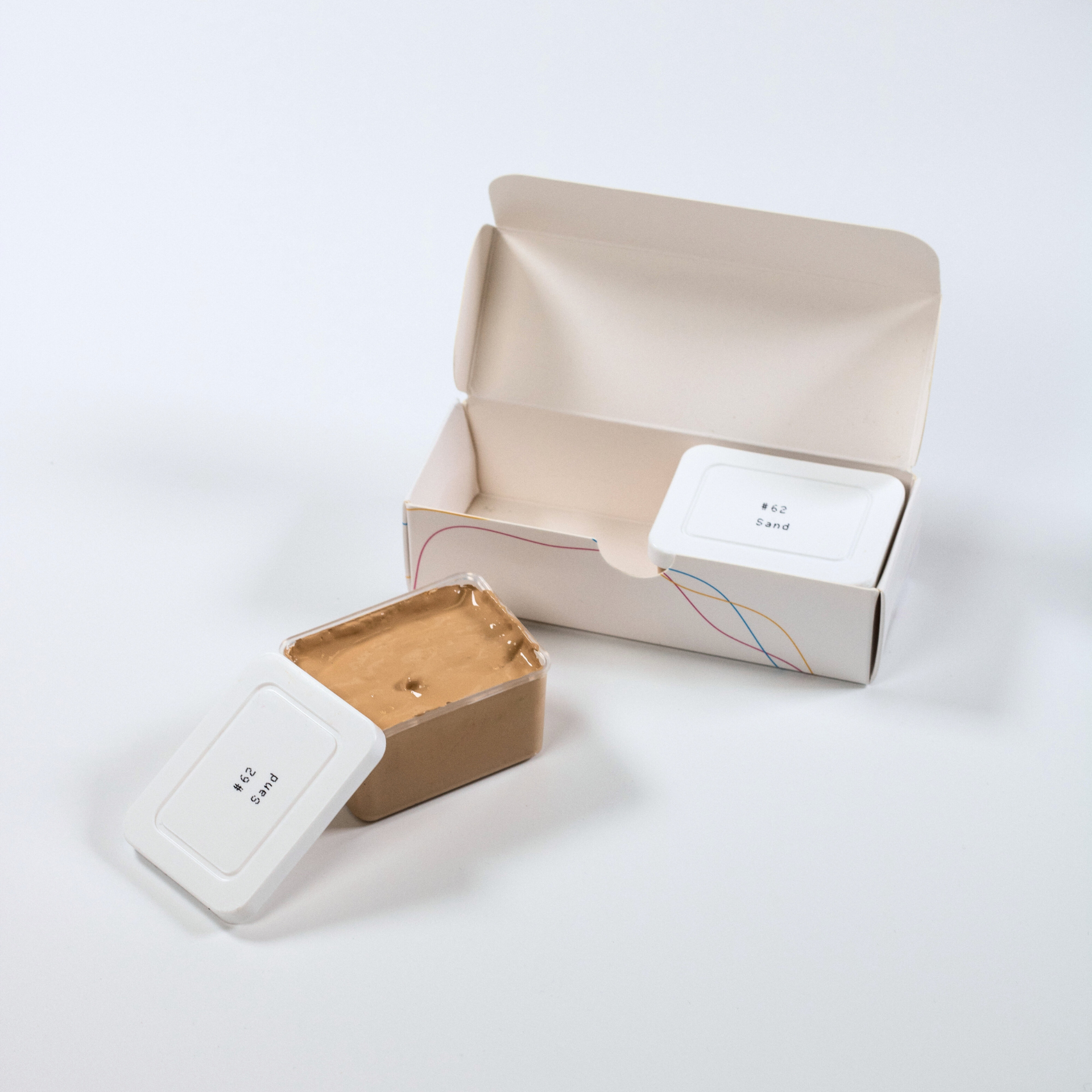
Gouache Sand Refills 50ml/1.7oz (2 pcs.)
$7.99Gouache Sand Refills 50ml/1.7oz (2 pcs.)
$7.99 -
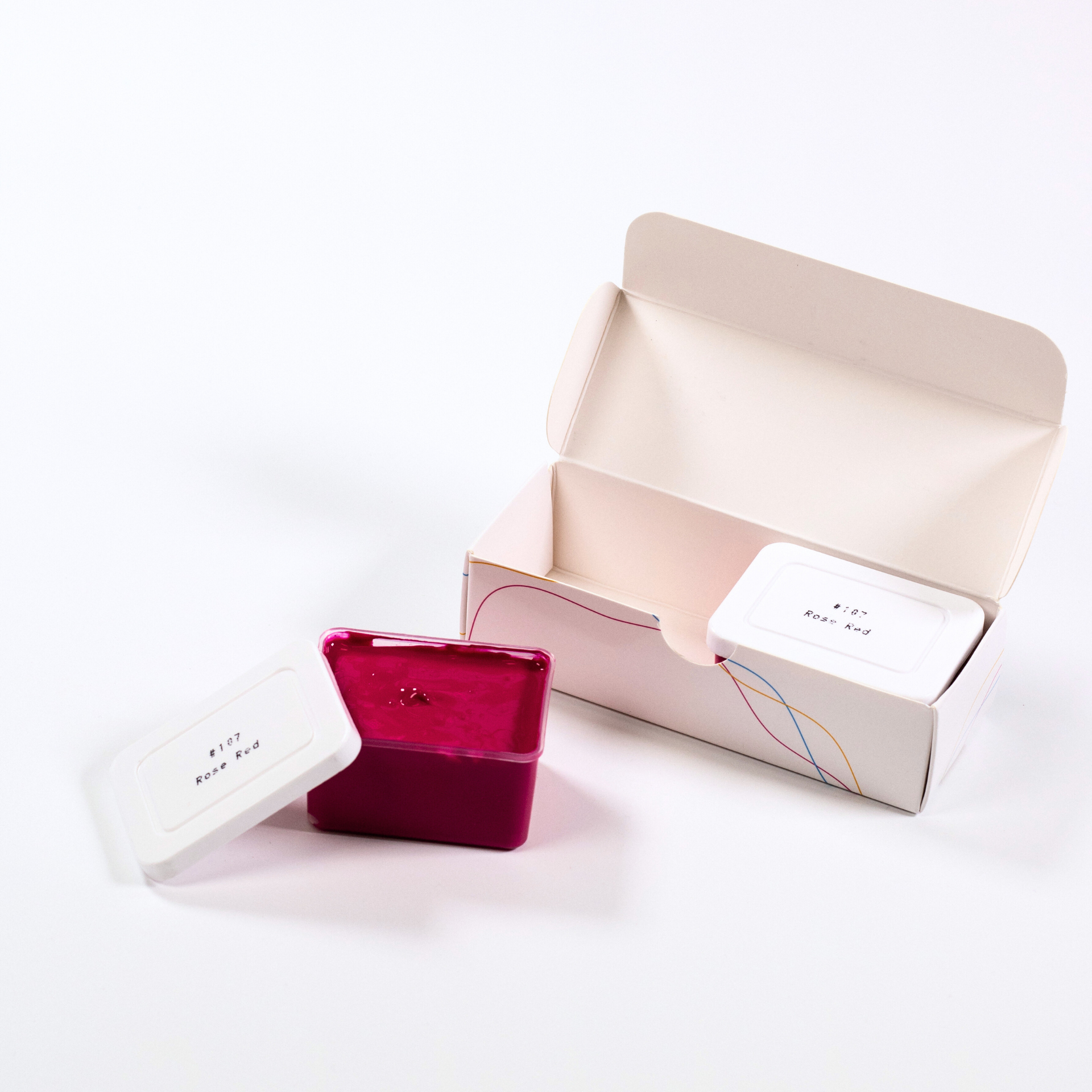
Gouache Rose Red Refills 50ml/1.7oz (2 pcs.)
$7.99Gouache Rose Red Refills 50ml/1.7oz (2 pcs.)
$7.99 -
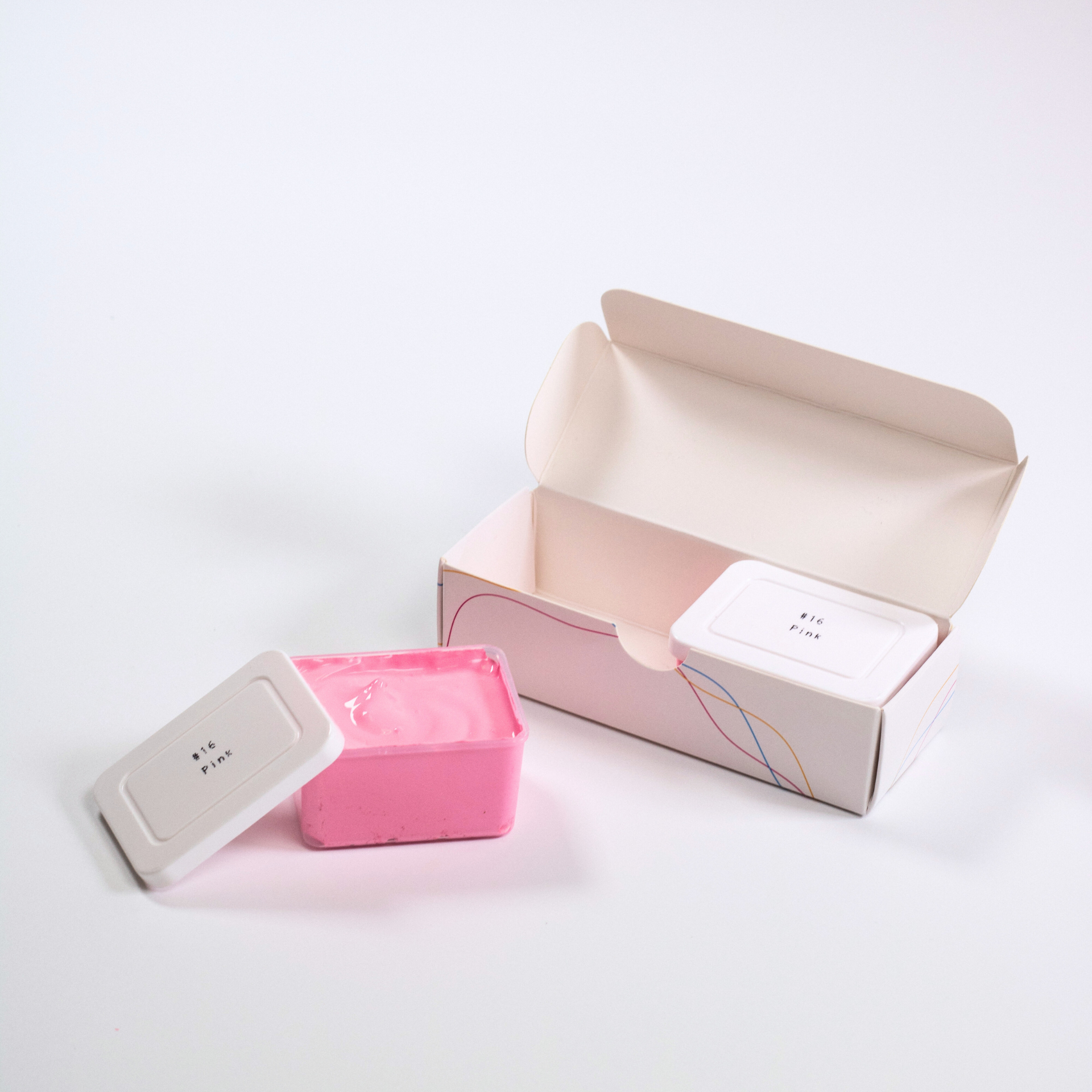
Gouache Pink Refills 50ml/1.7oz (2 pcs.)
$7.99Gouache Pink Refills 50ml/1.7oz (2 pcs.)
$7.99 -
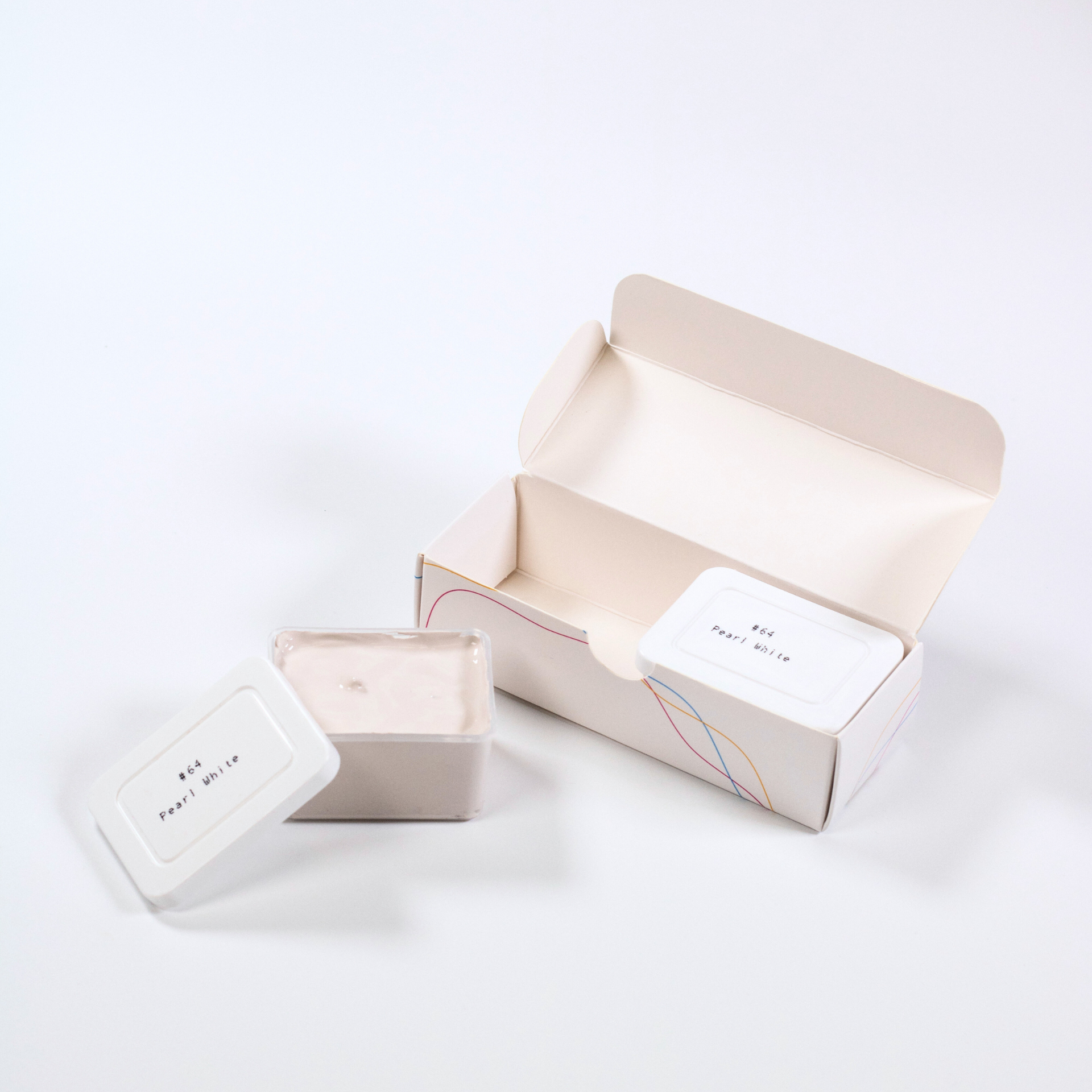
Gouache Pearl White Refills 50ml/1.7oz (2 pcs.)
$7.99Gouache Pearl White Refills 50ml/1.7oz (2 pcs.)
$7.99
Shop by collection
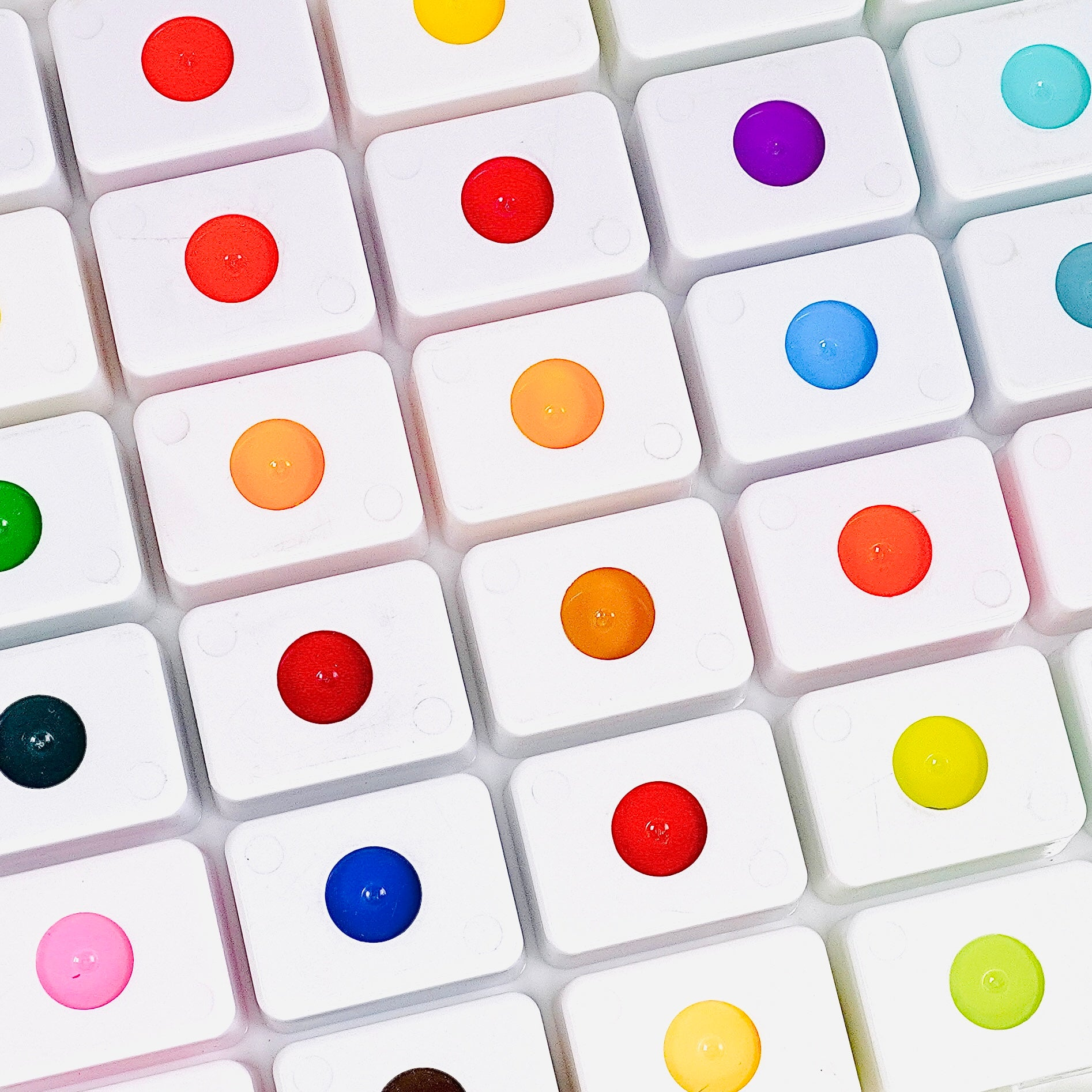
Gouache













